How It Works
Everything you need to know—from the science behind the ink to how it is applied, how it fades, and how to get your own tattoo.

.png?w=1390&auto=format)
.png?w=570&auto=format)
Bioabsorbable, Biodegradable & Plant-Based
Unlike traditional tattoo ink, Ephemeral ink is designed to be removed by our bodies, safely and naturally:
- Plant-based ingredients where possible.
- Formulated without heavy metals.
- Entirely vegan.
- Single-use and sterilized.
- REACH compliant (Europe only).
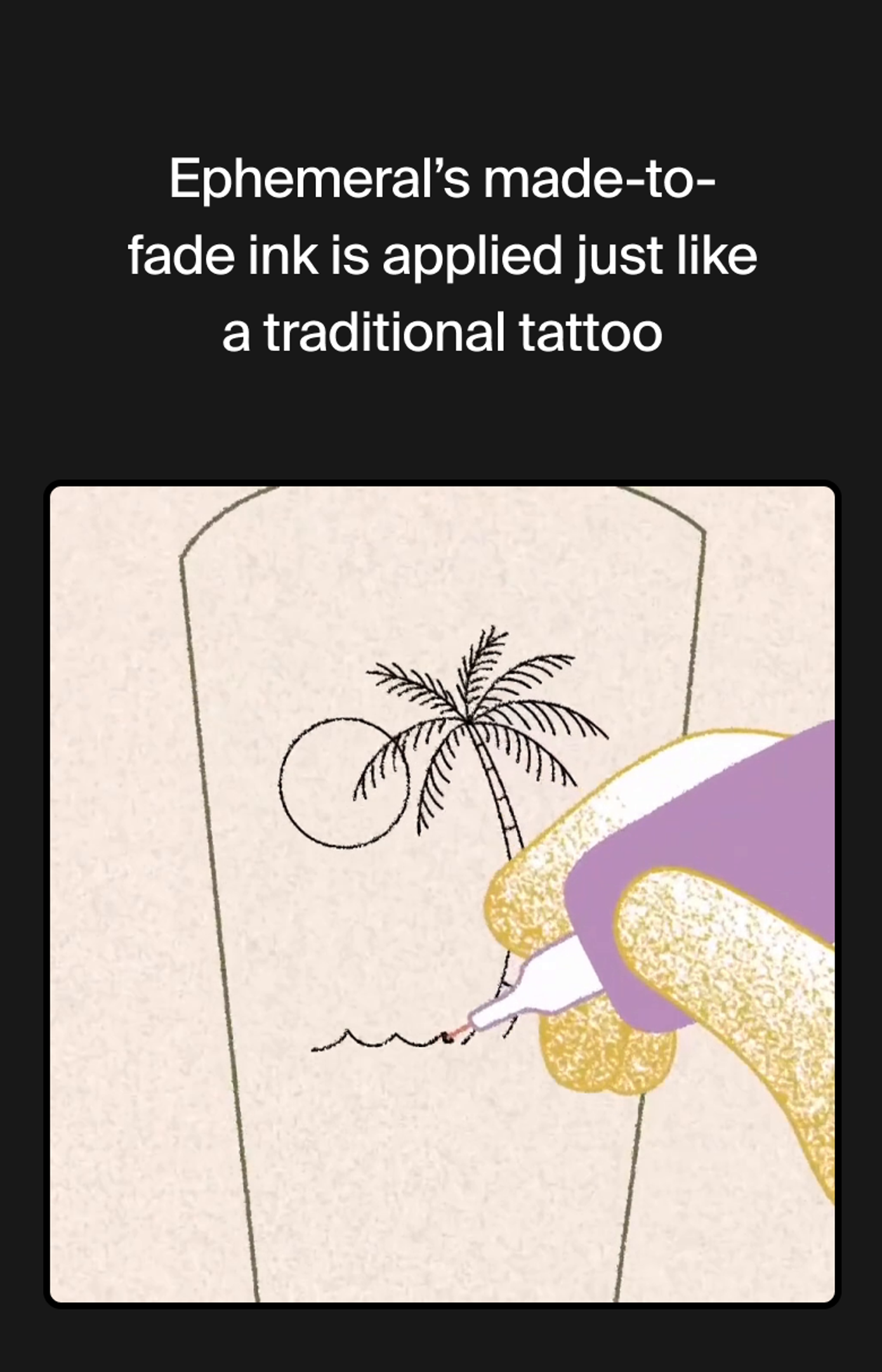
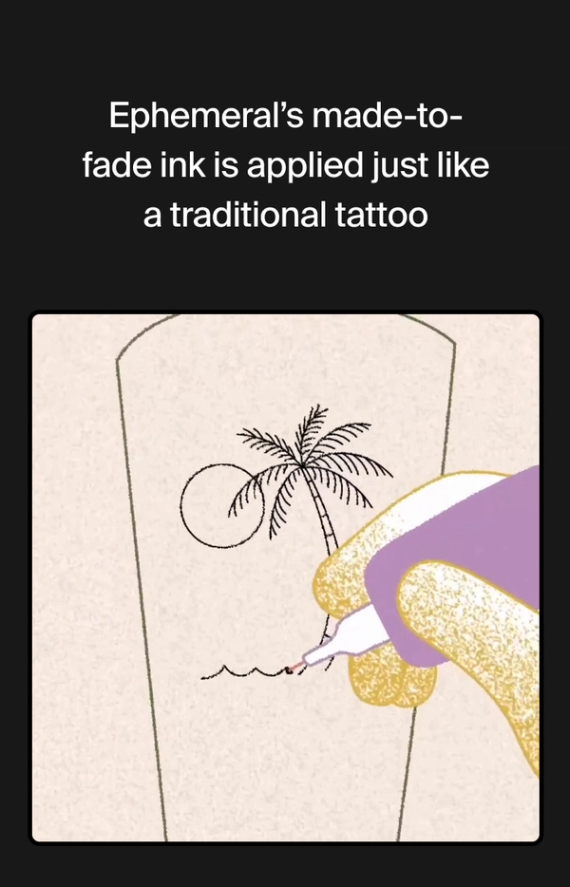
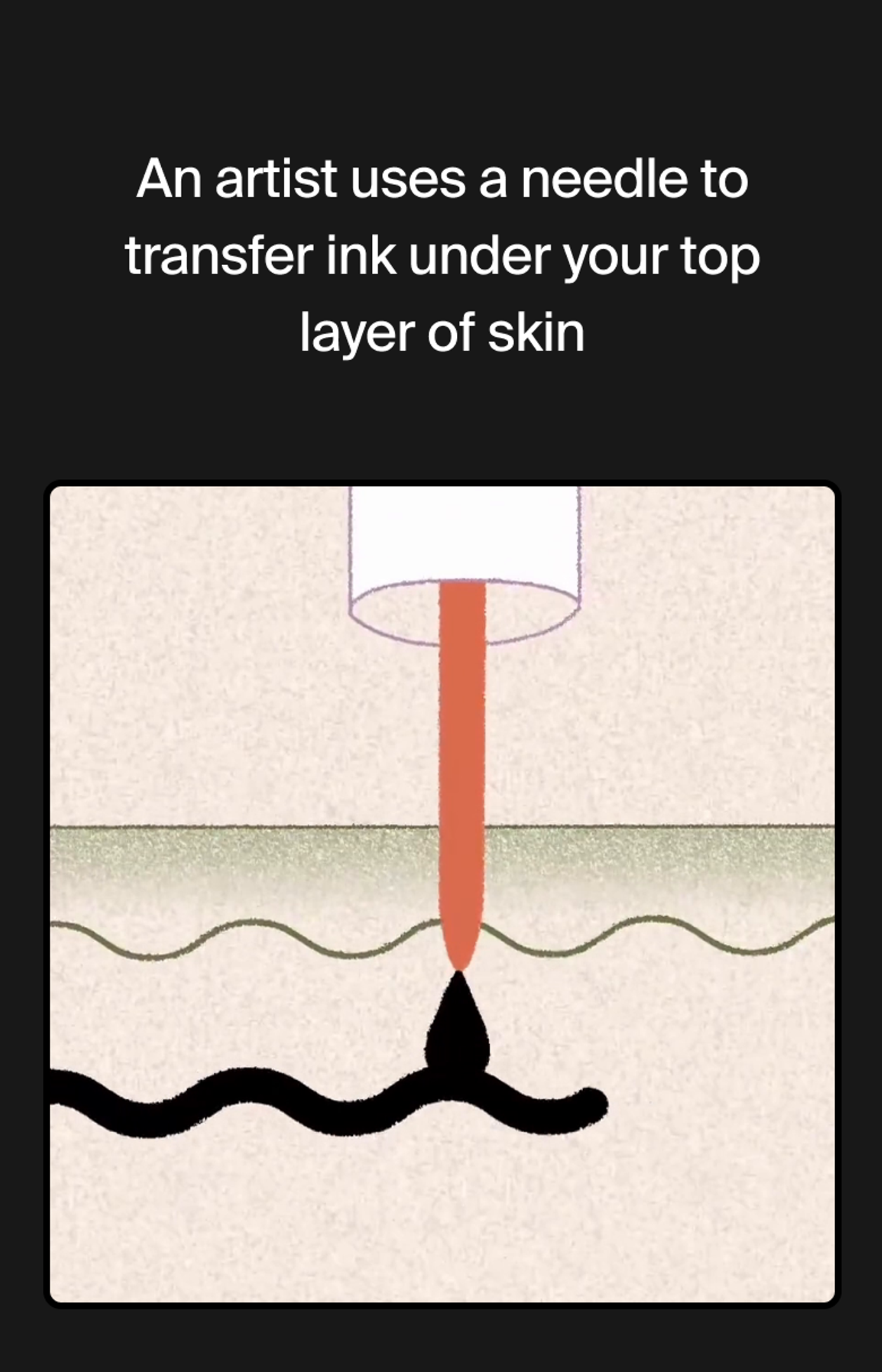

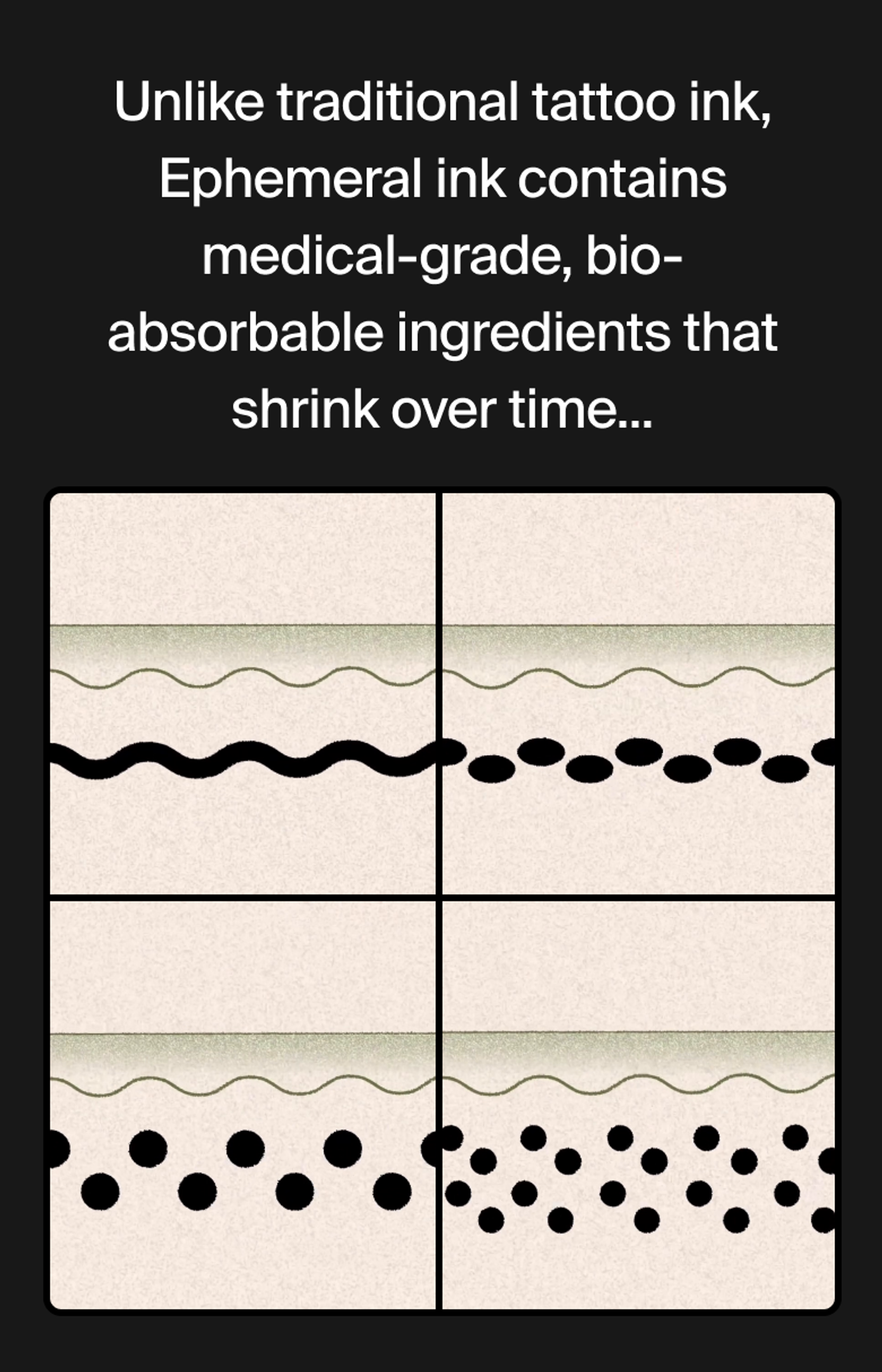
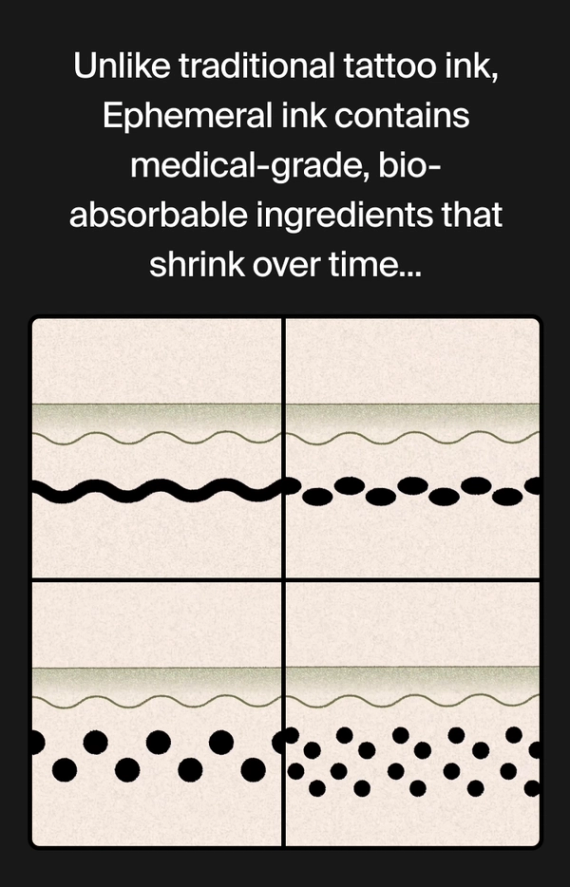

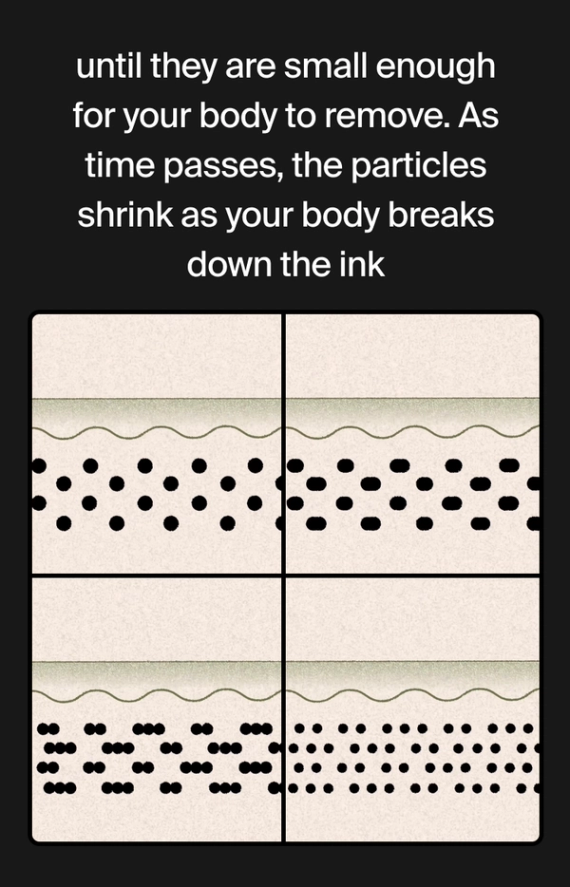
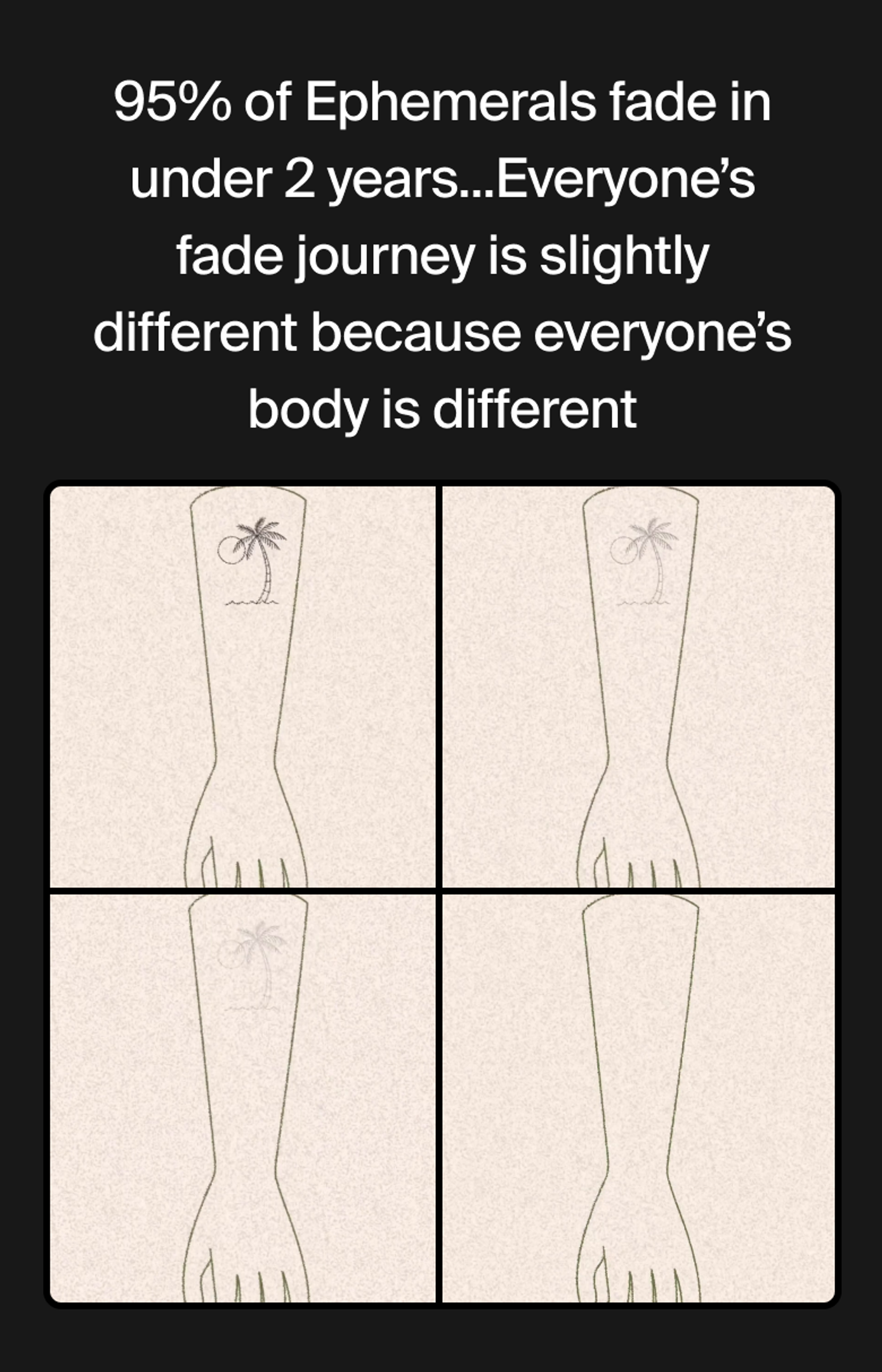
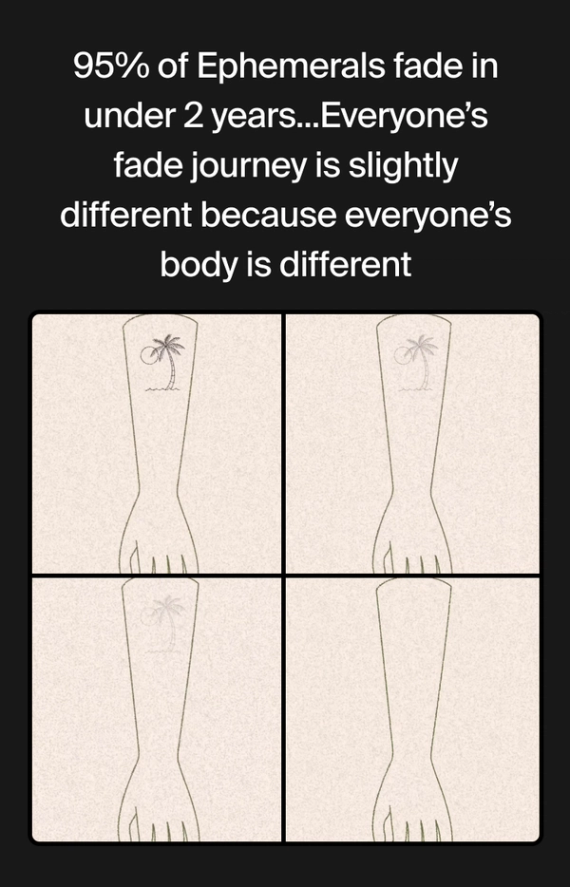
The Science Behind The Ink










Real Ephemerals by Real Artist Partners
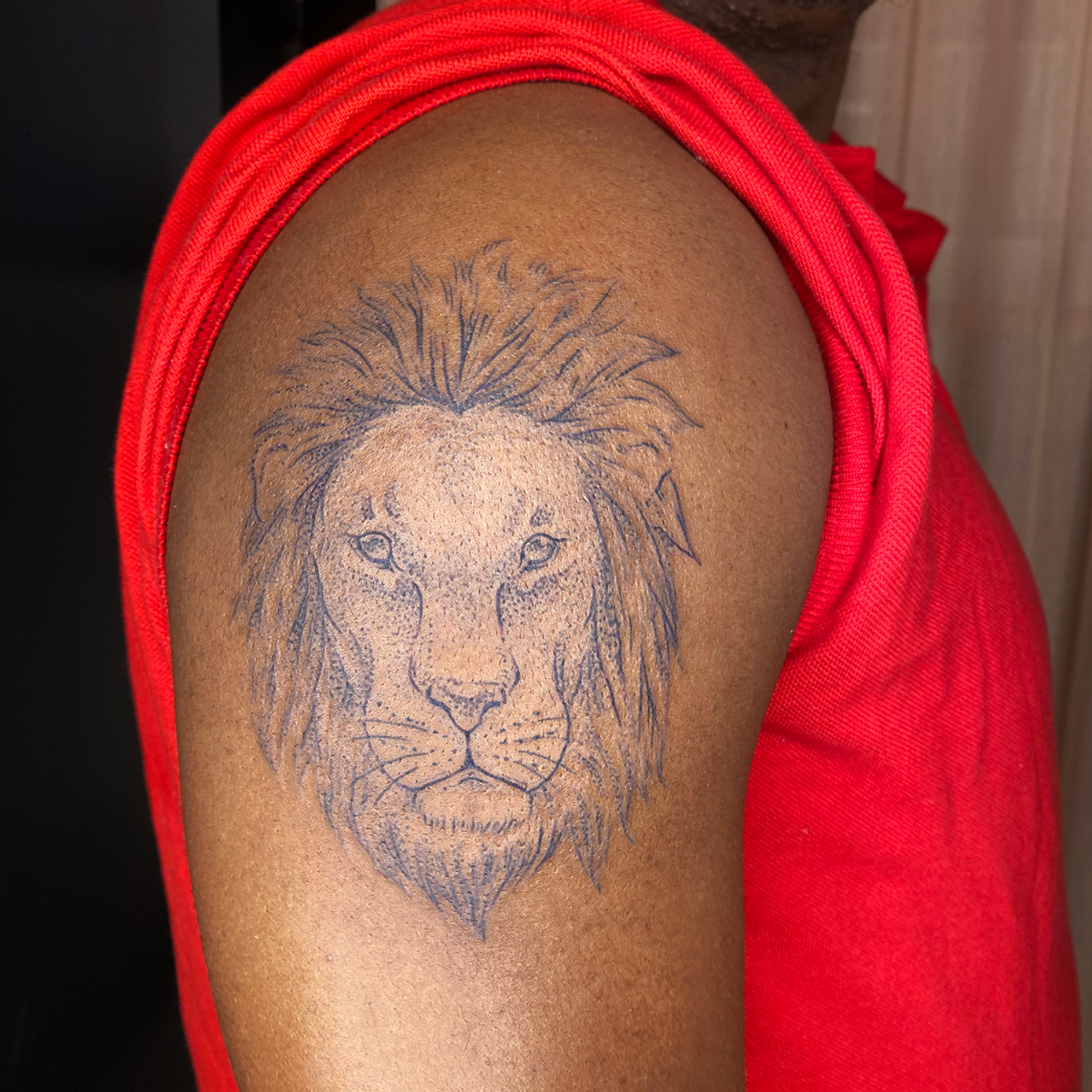

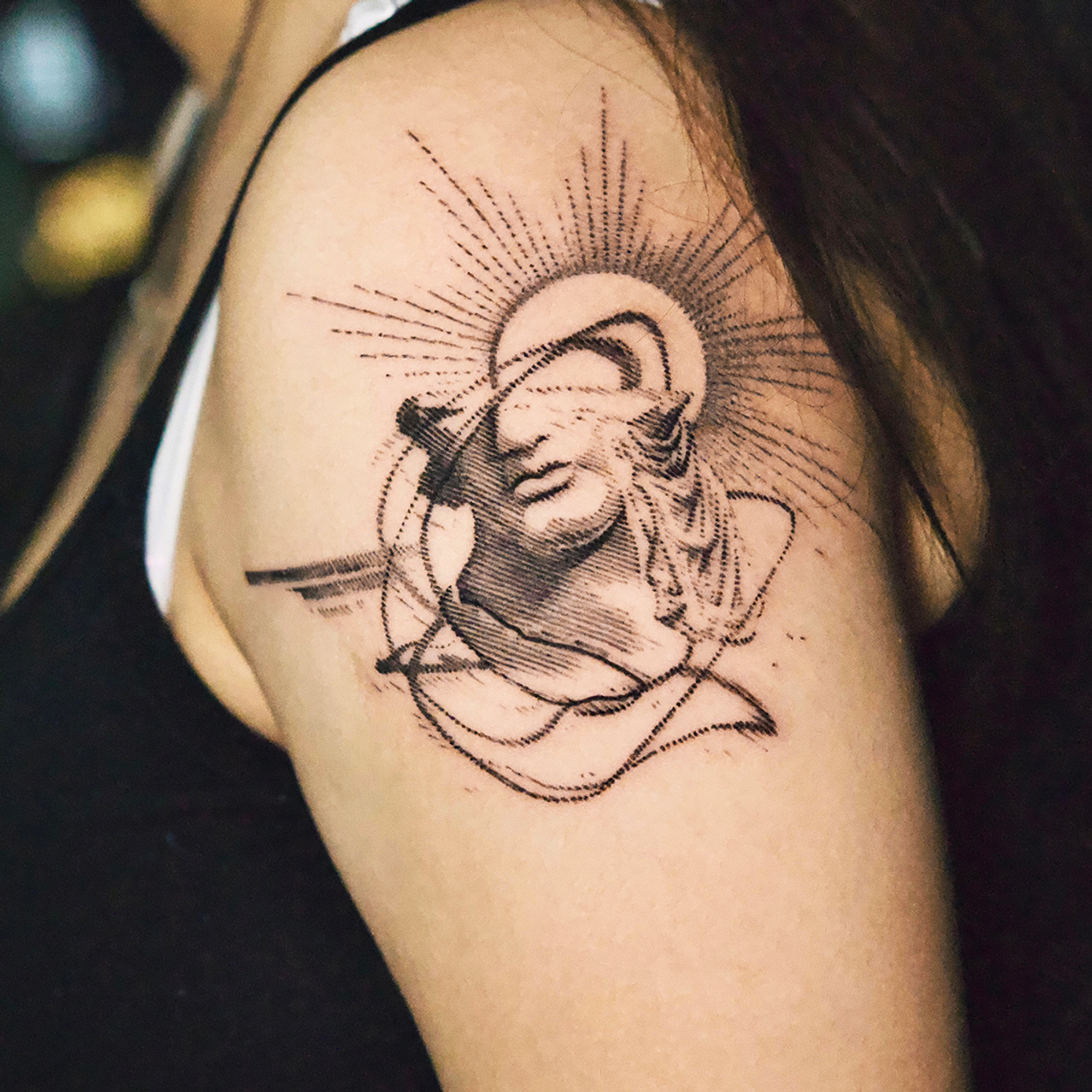
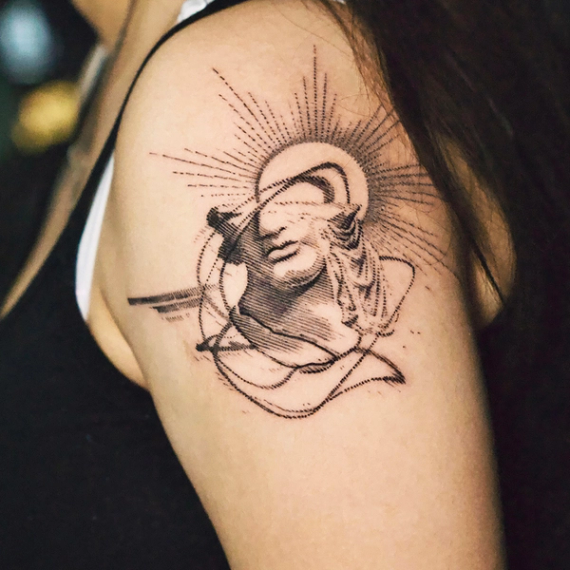
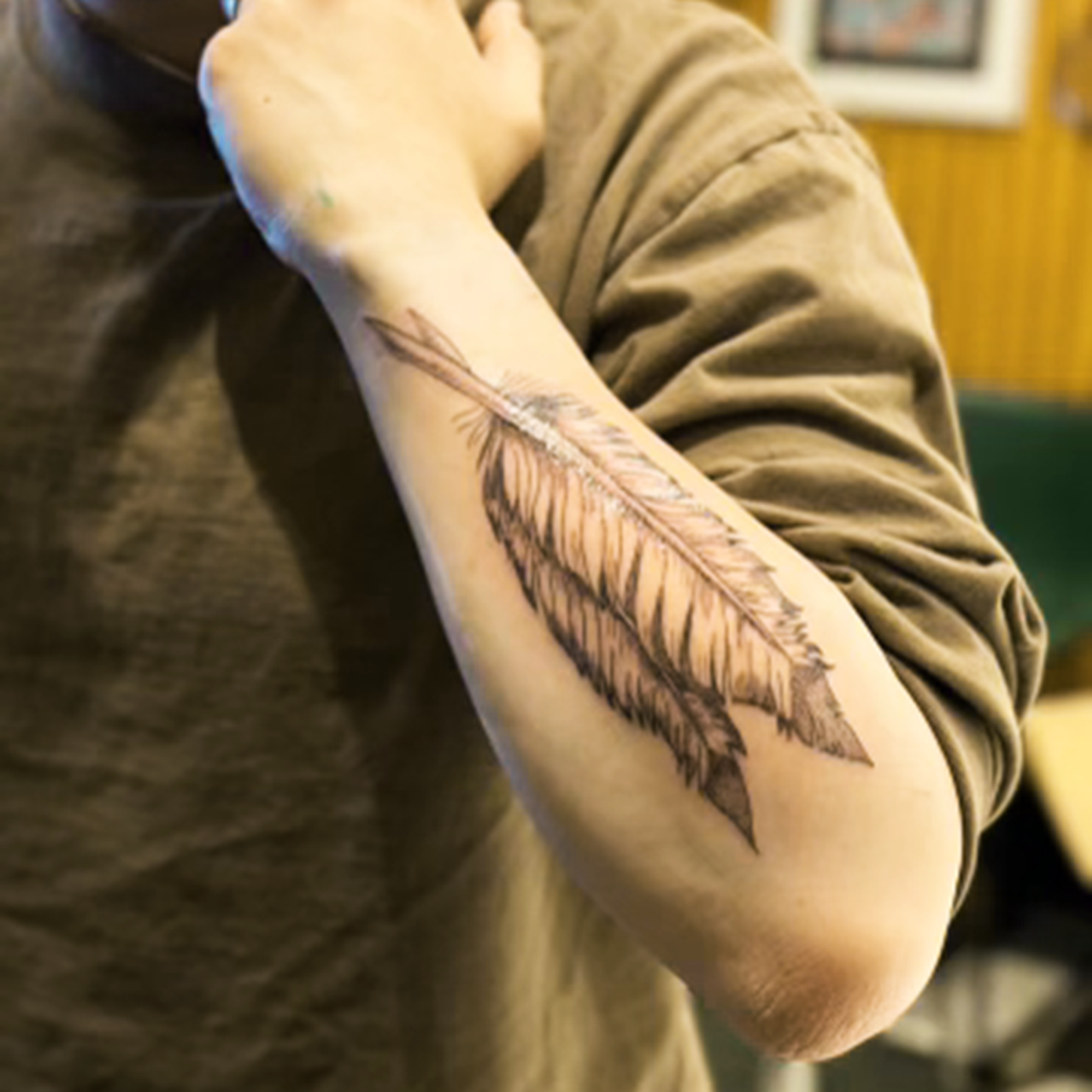
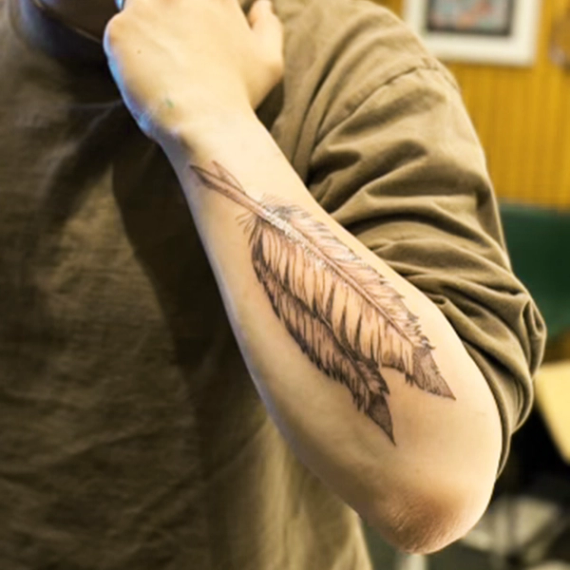

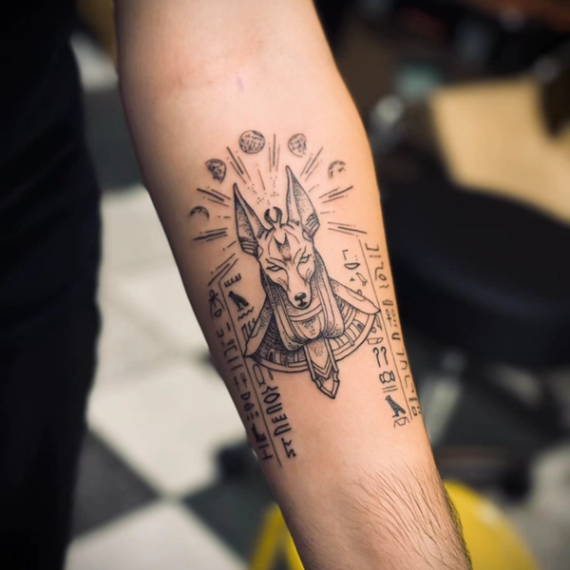
%402x.png?w=1390&auto=format)
%402x.png?w=570&auto=format)
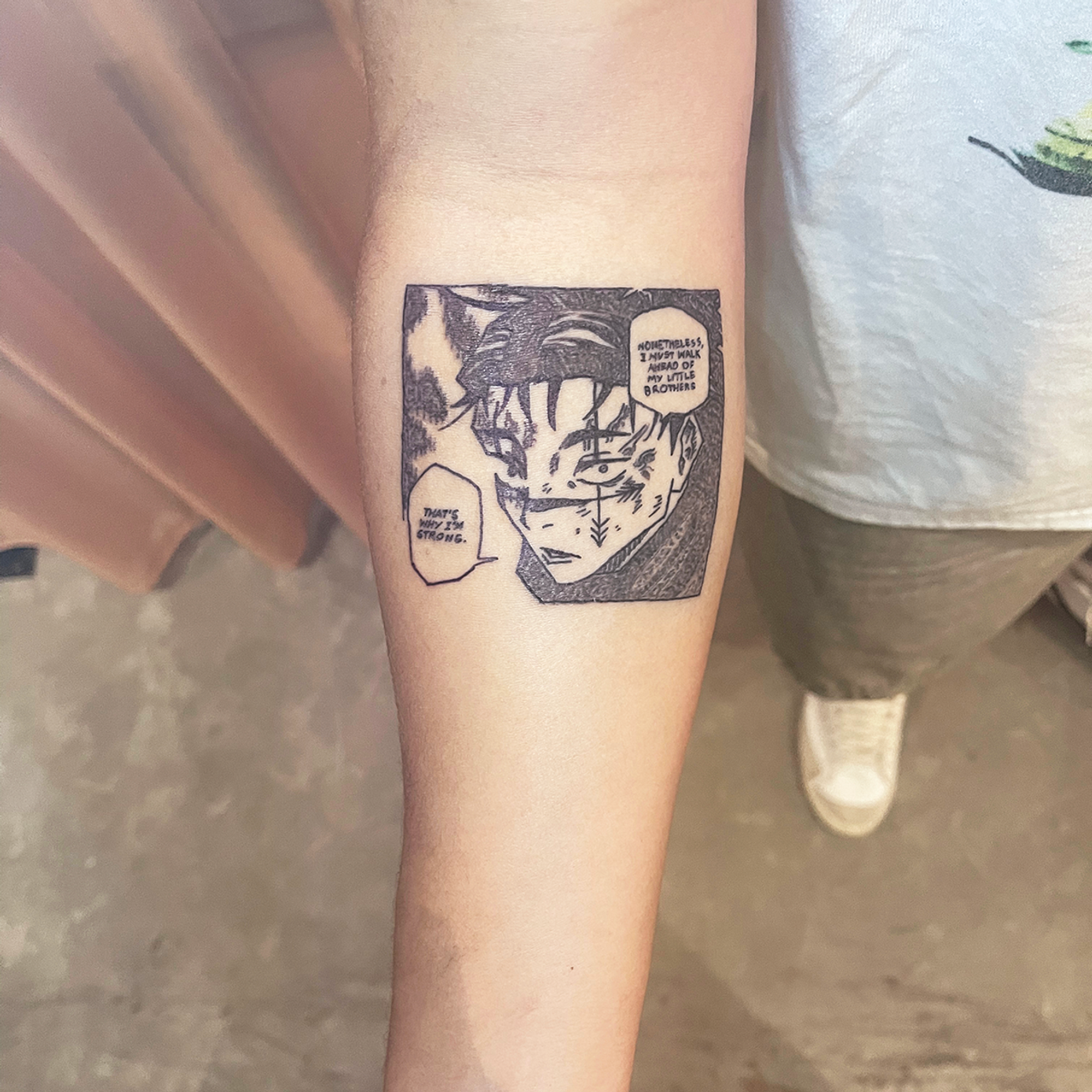
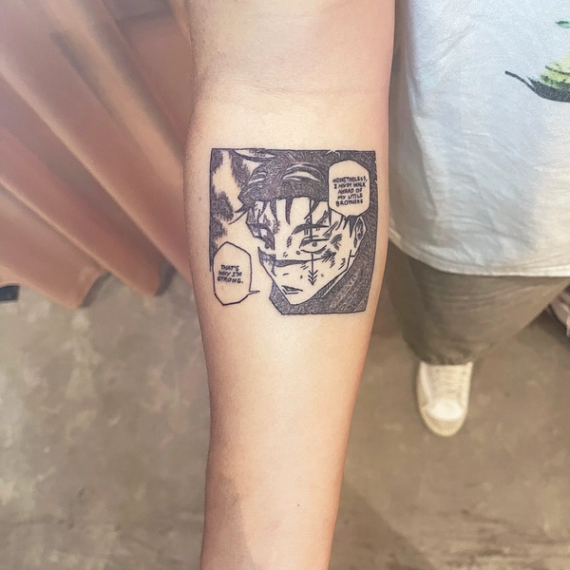
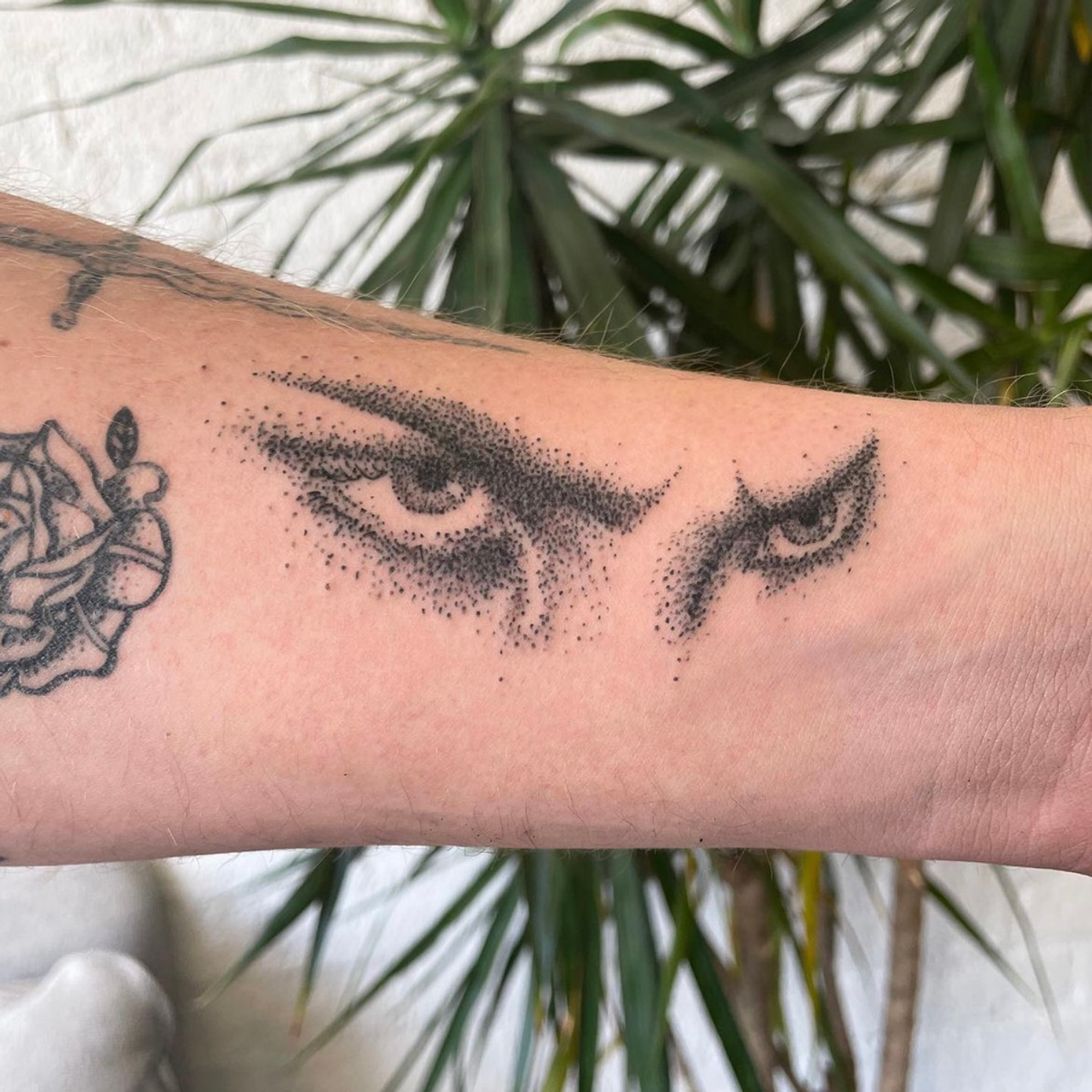
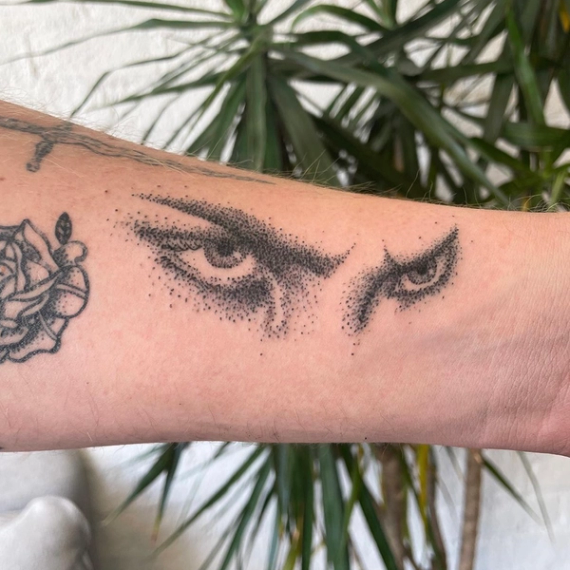
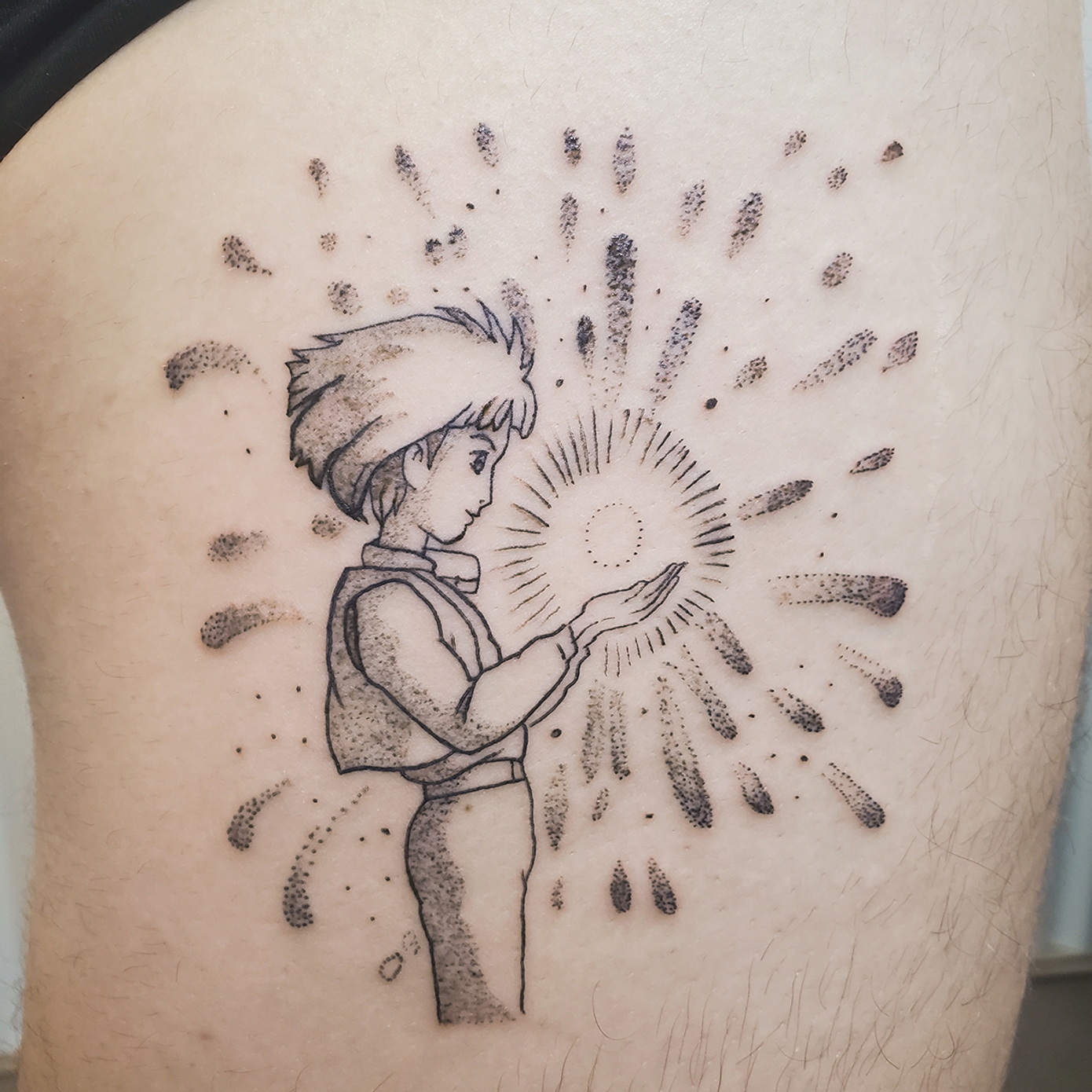
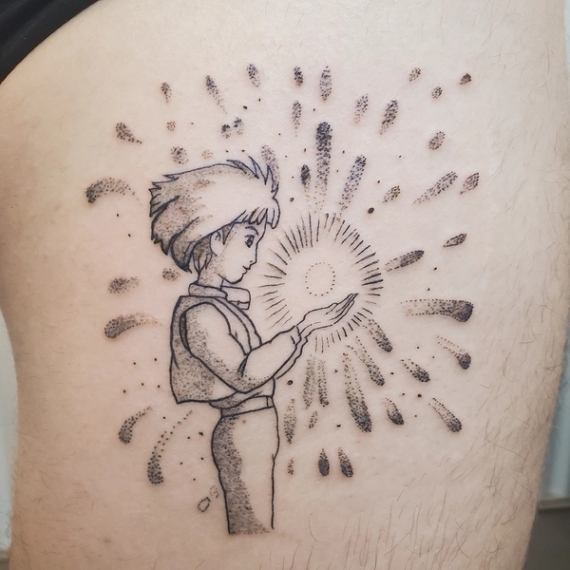
%402x.png?w=1390&auto=format)
%402x.png?w=570&auto=format)
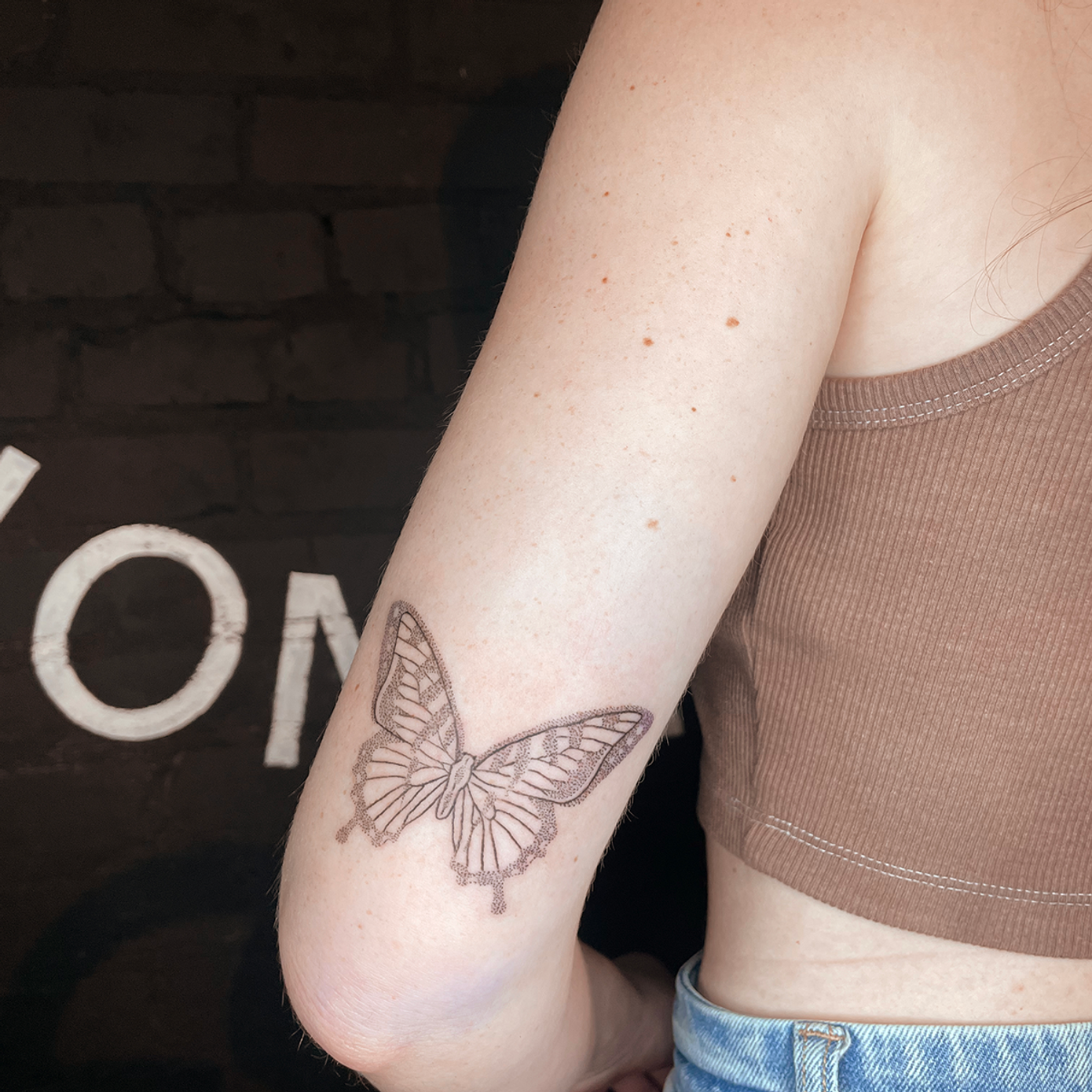

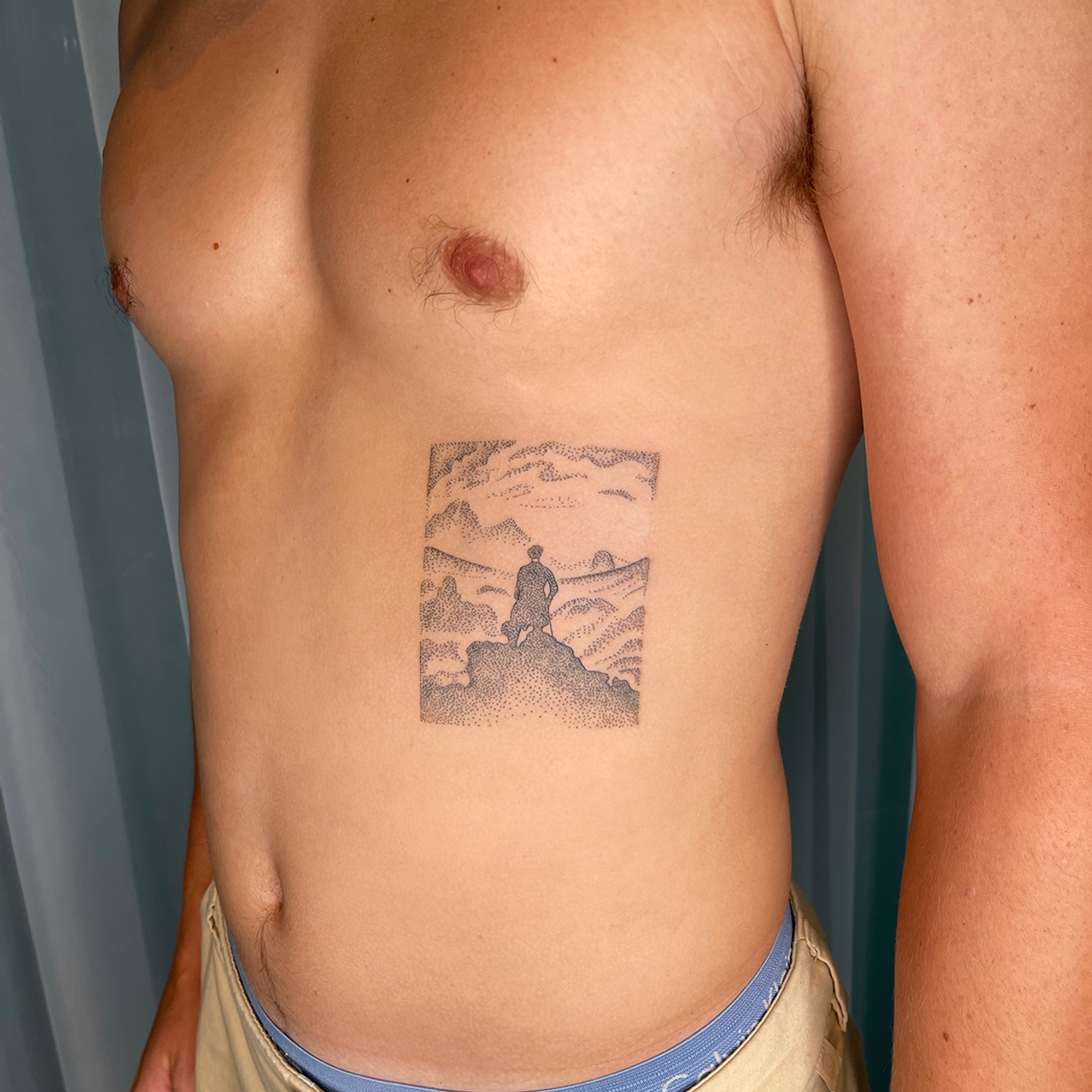

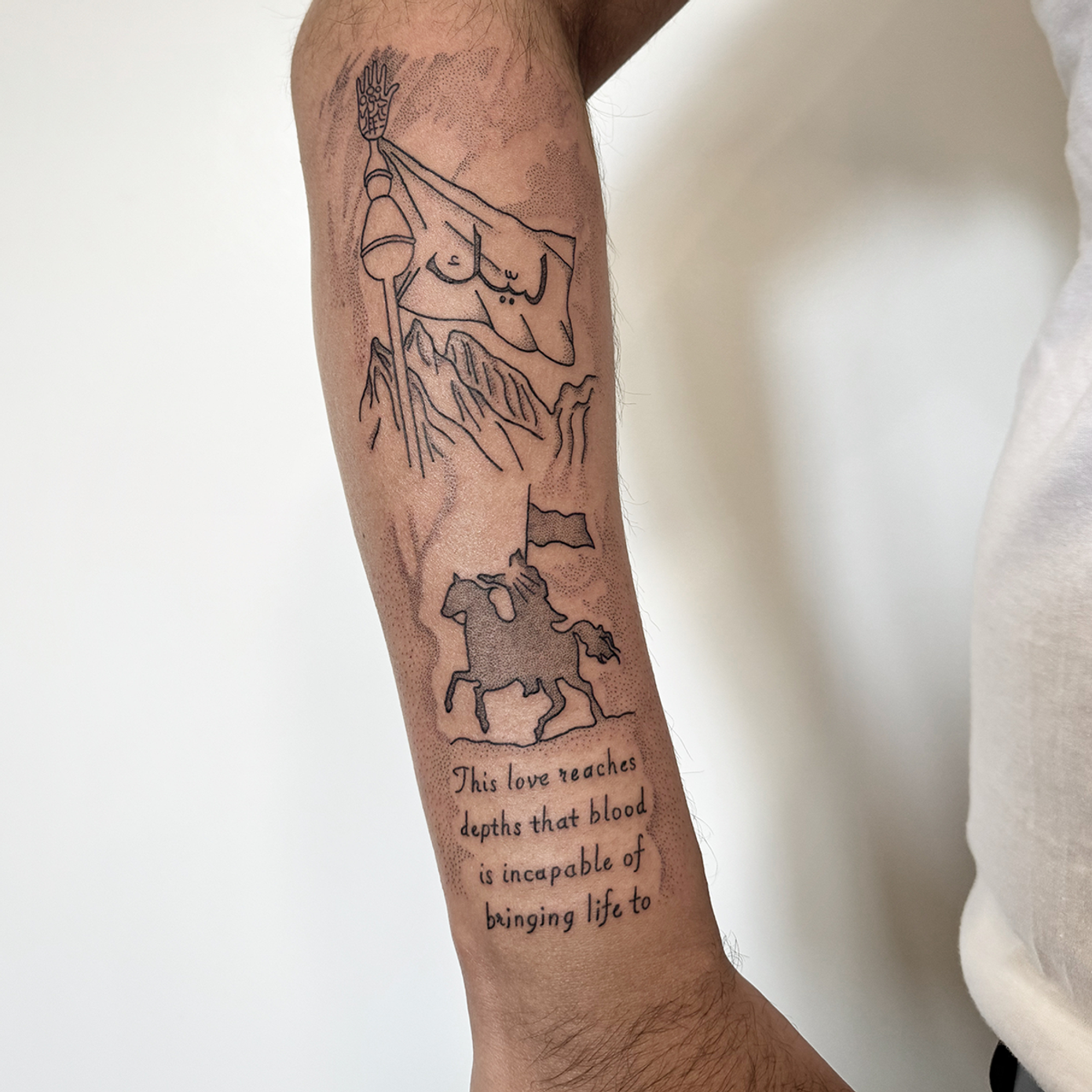
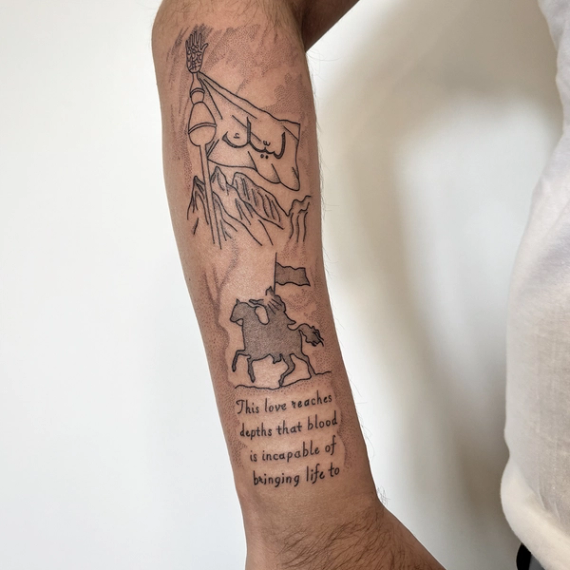
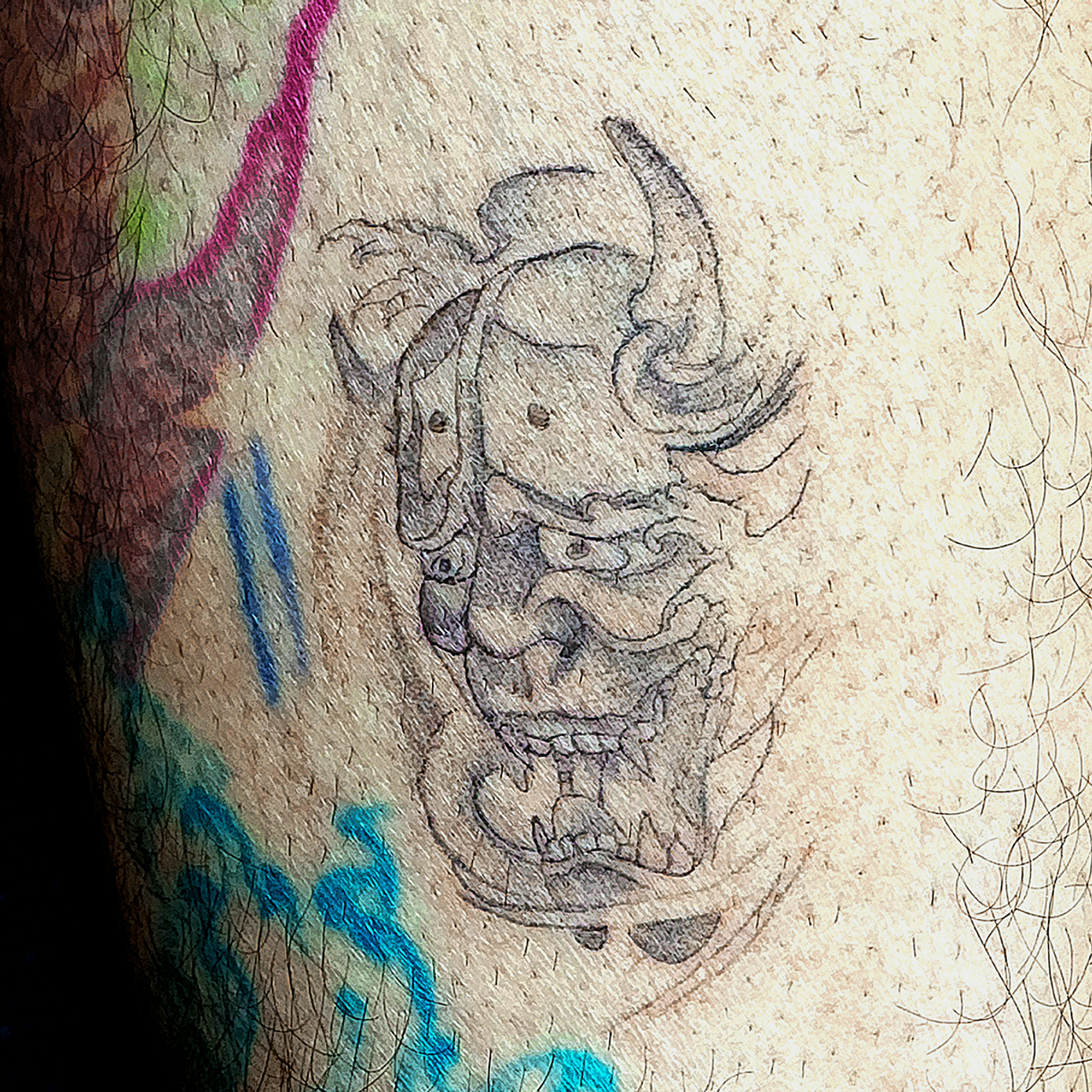
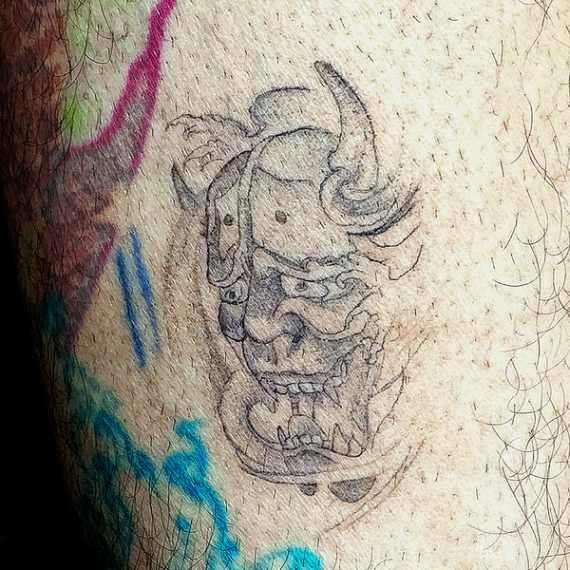
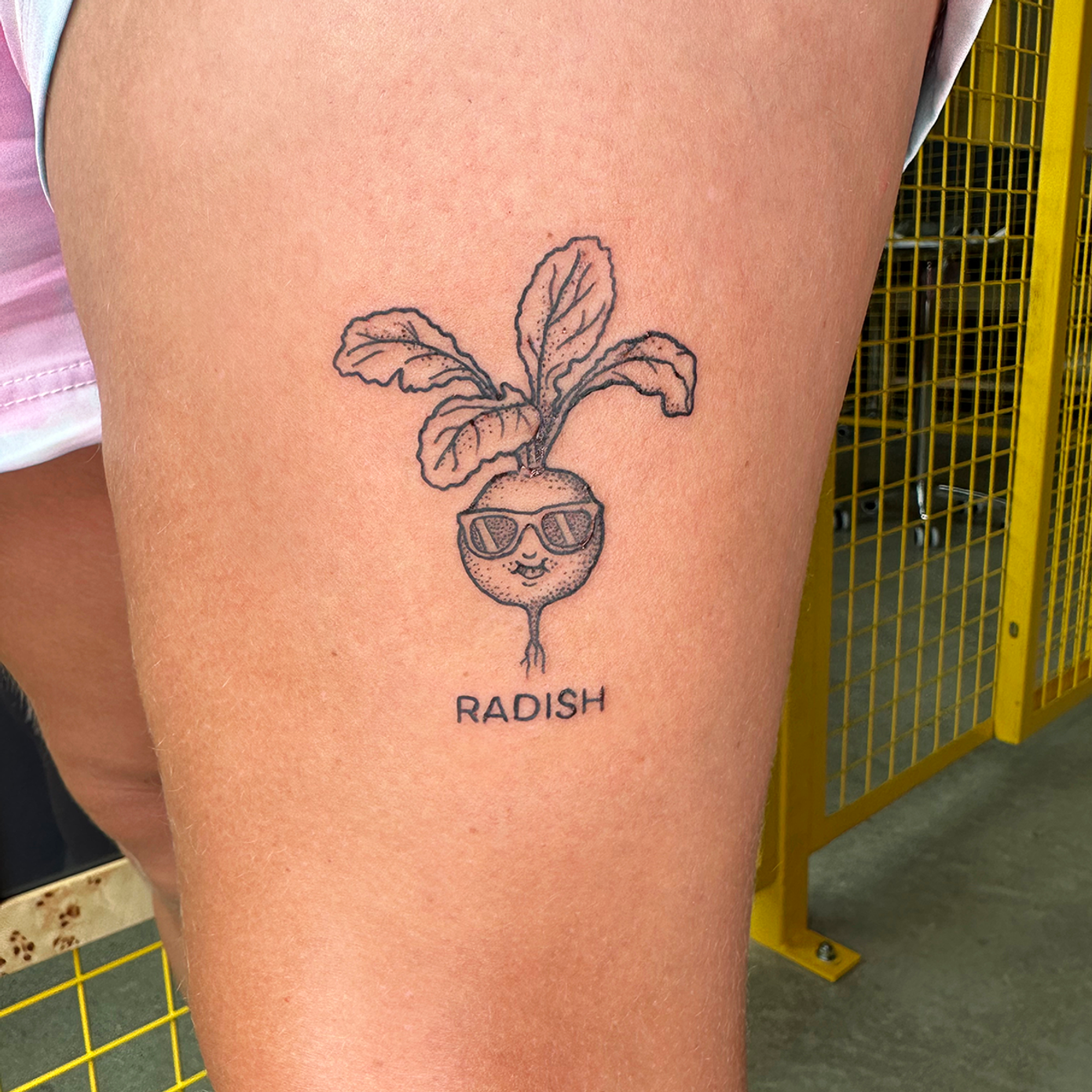

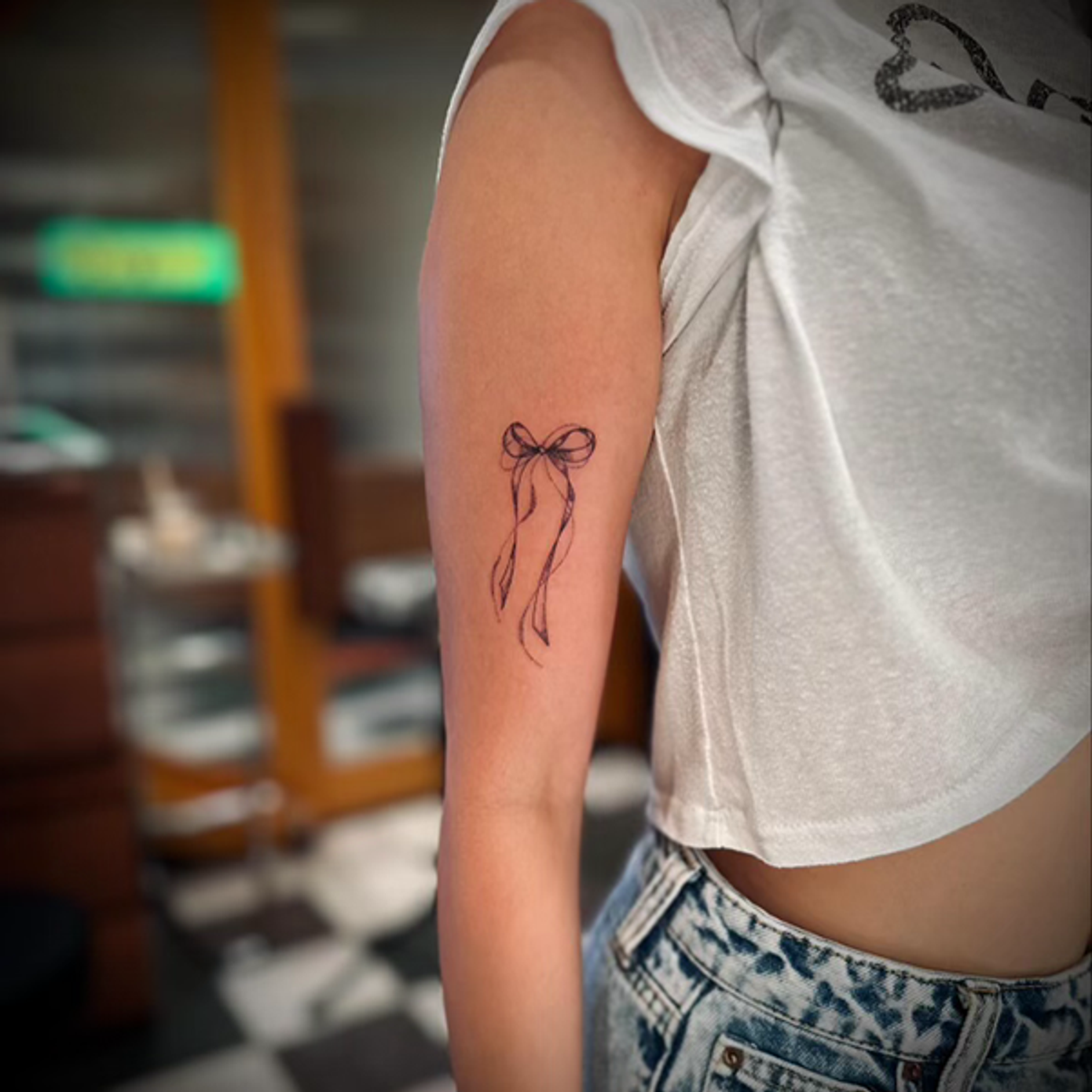
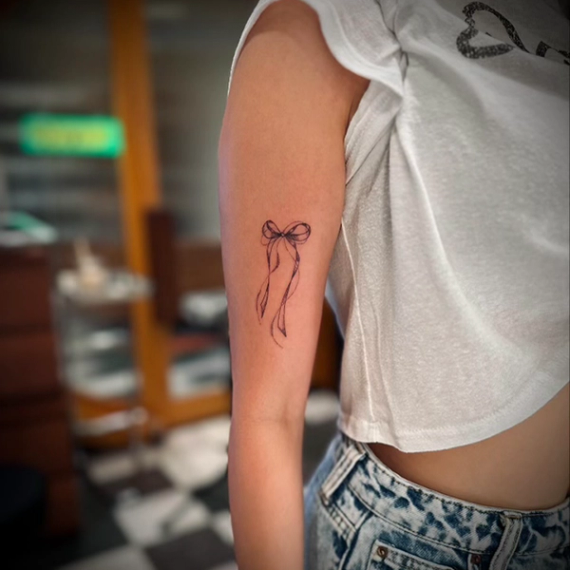
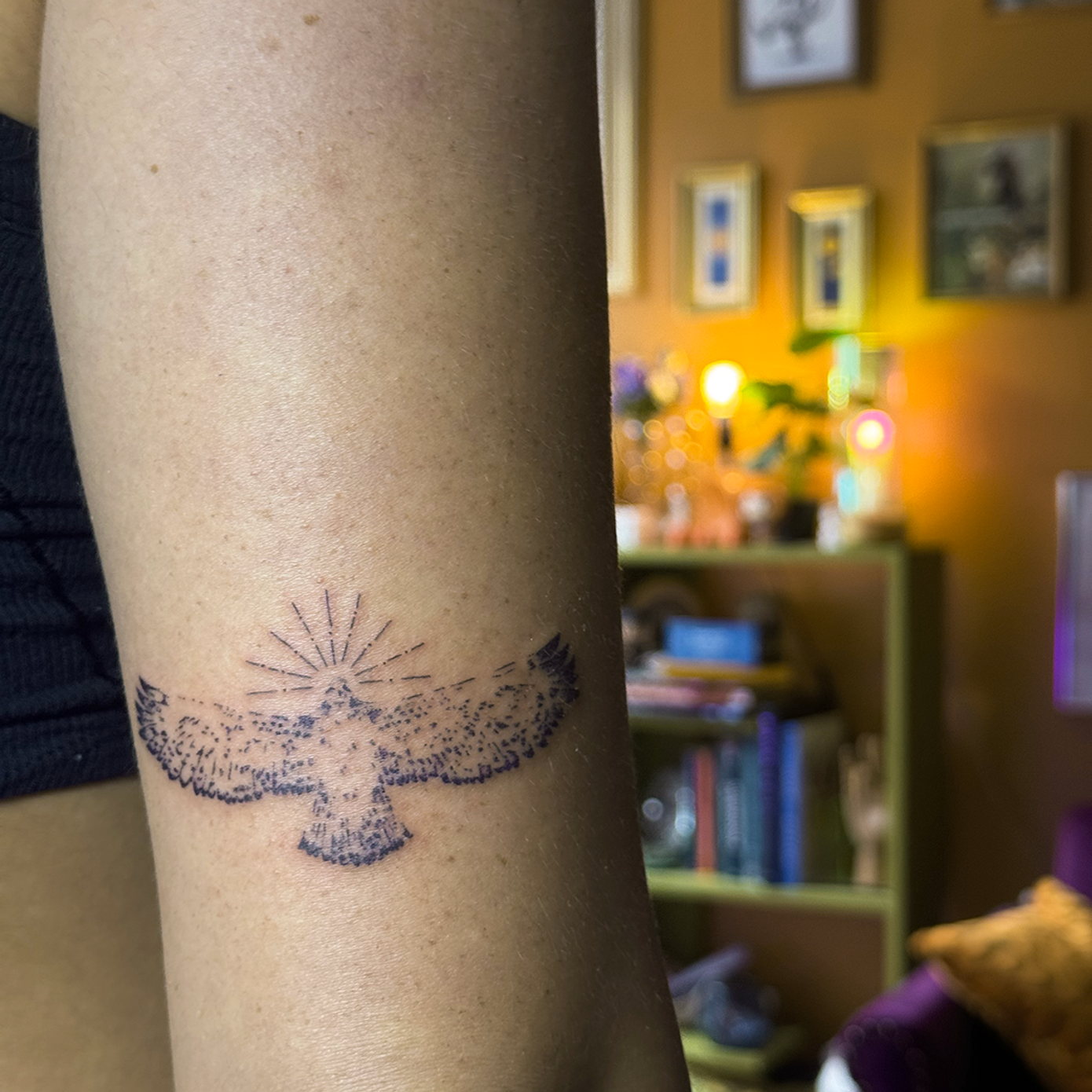
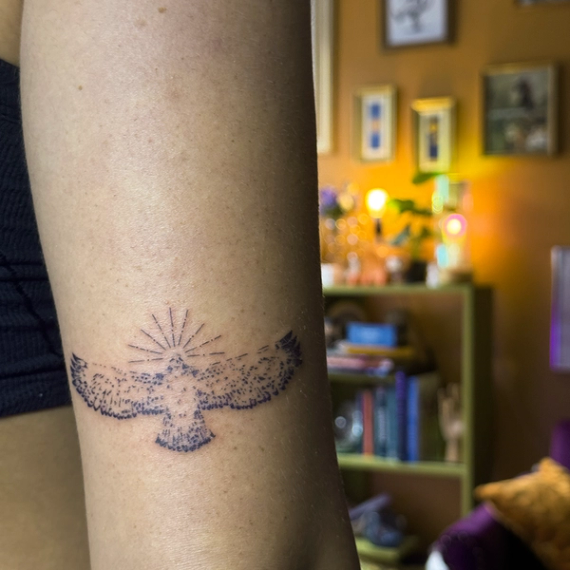
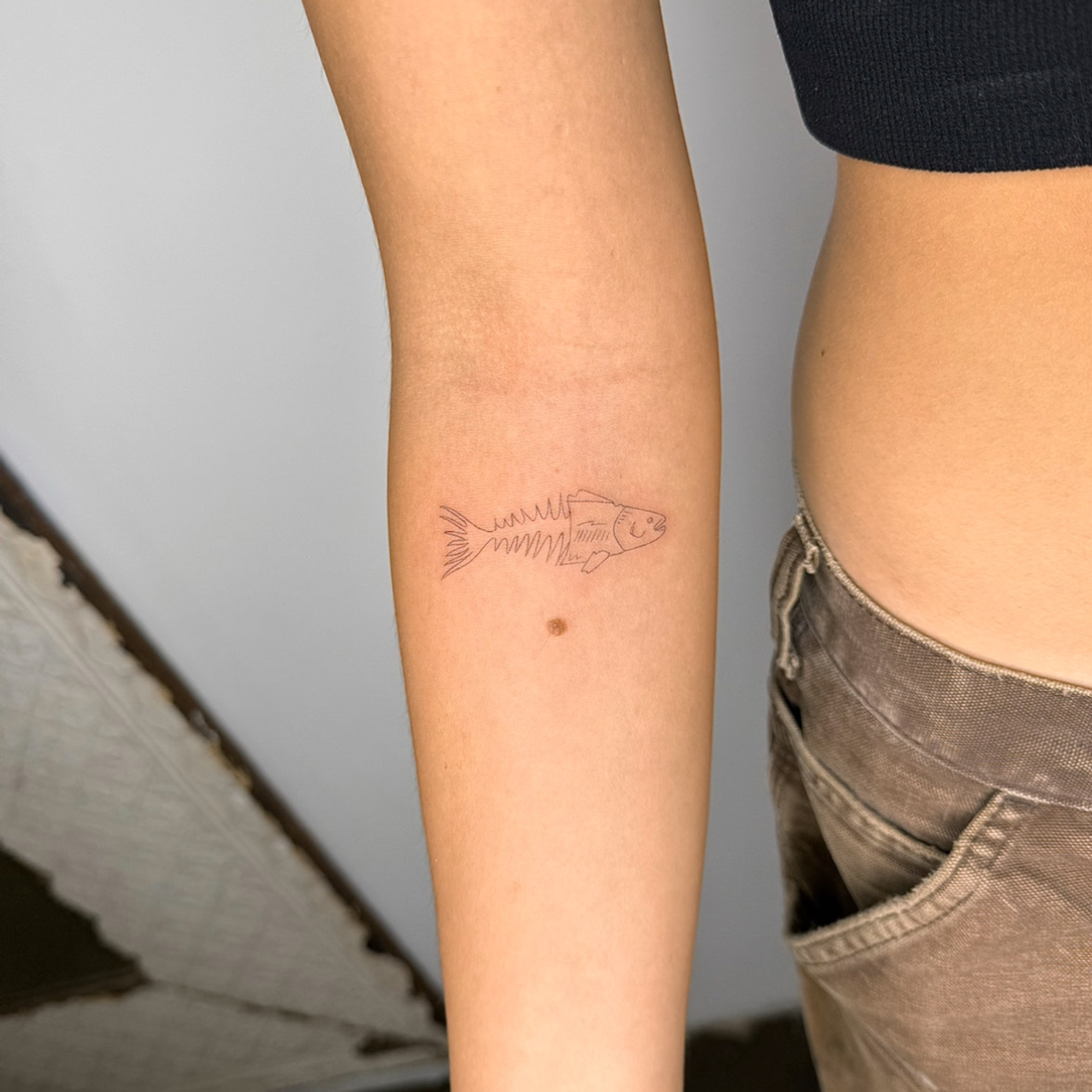

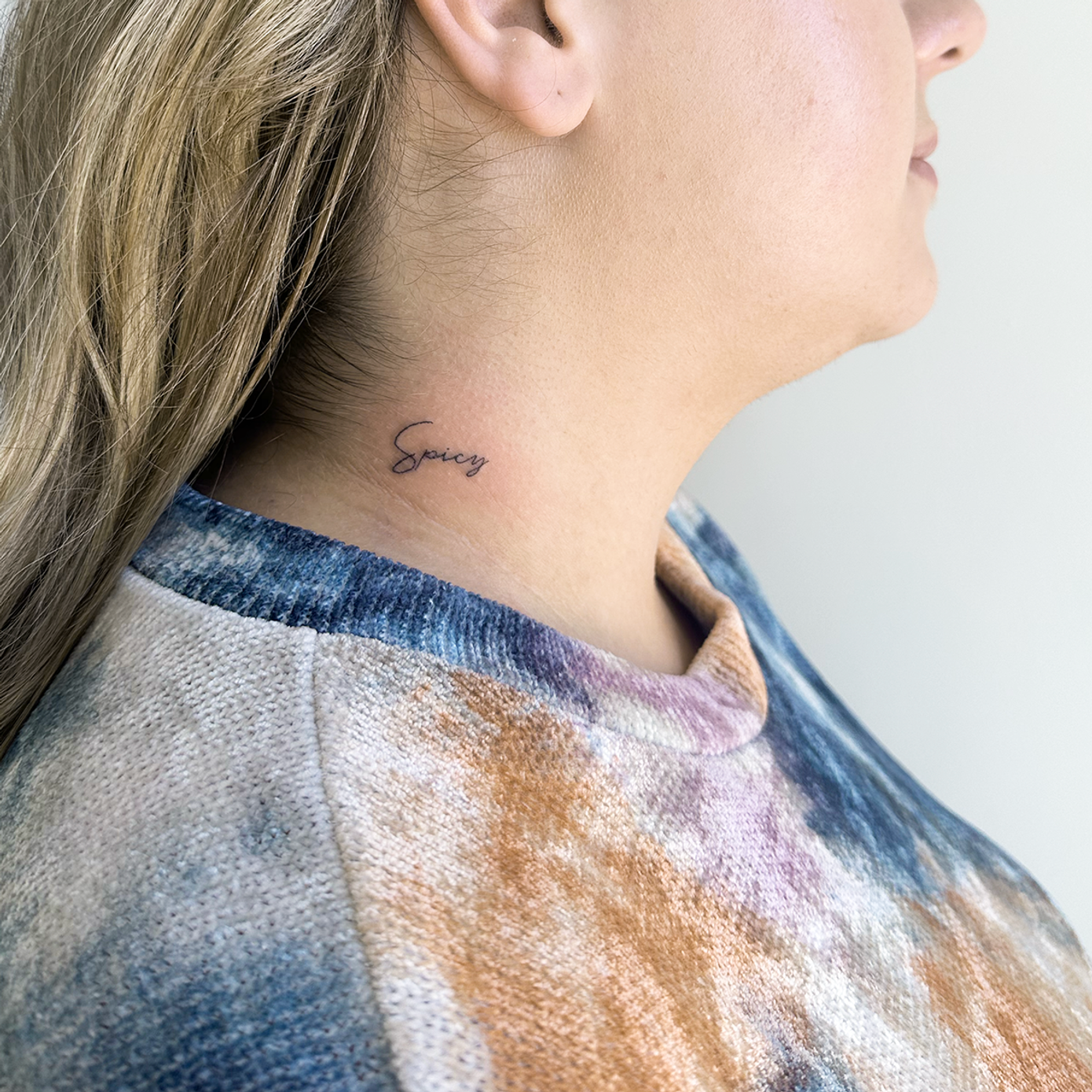
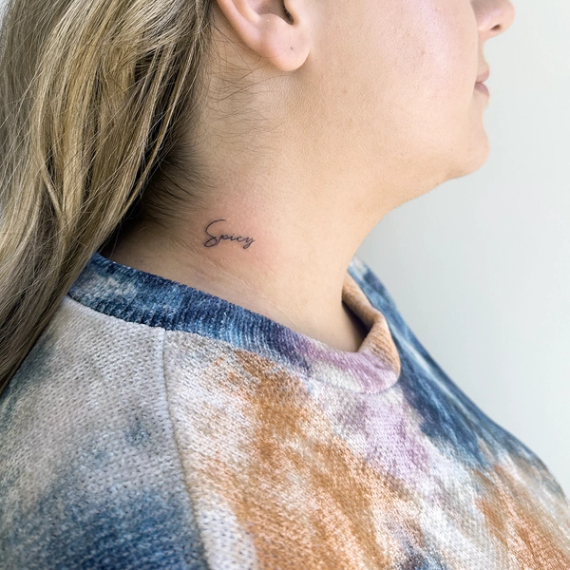
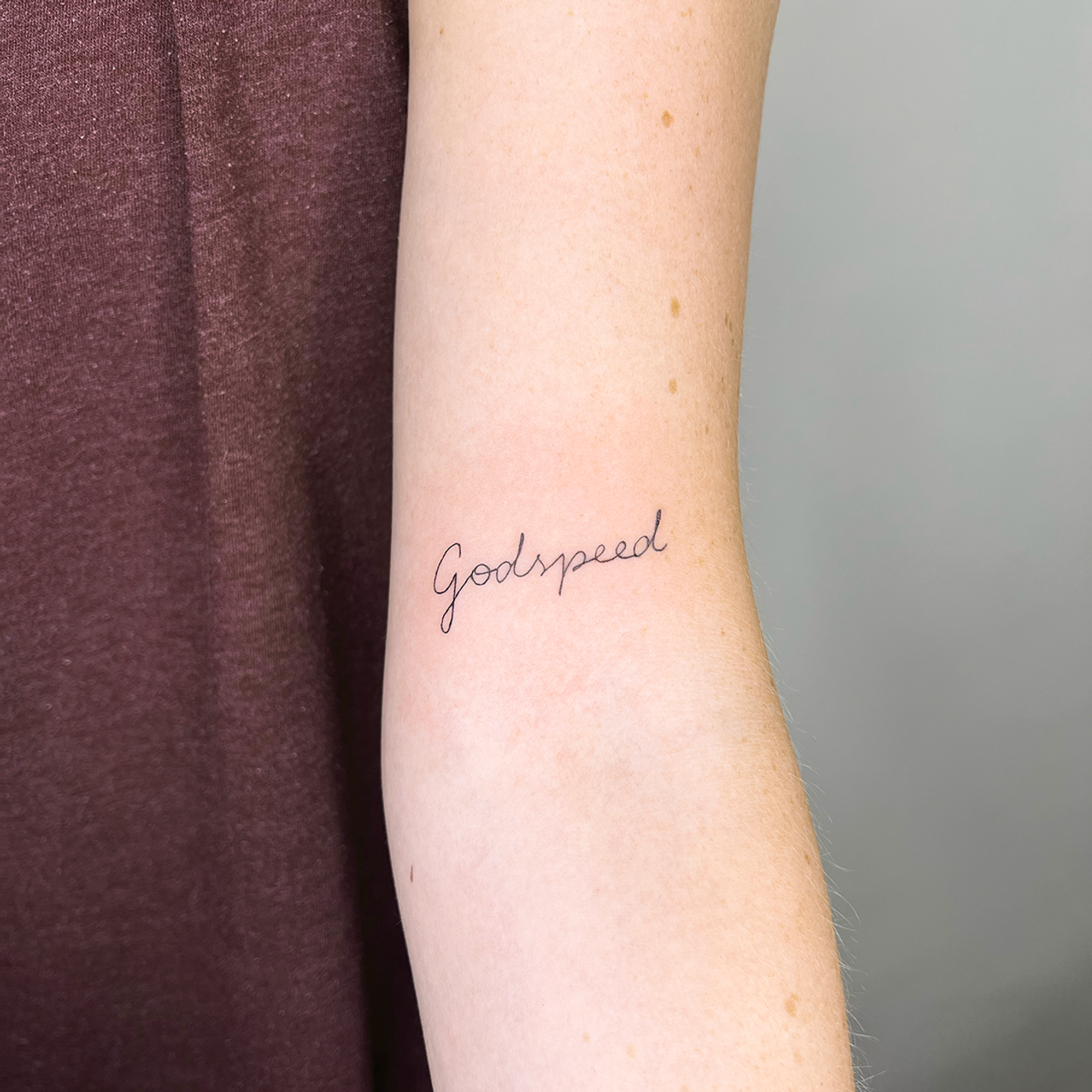
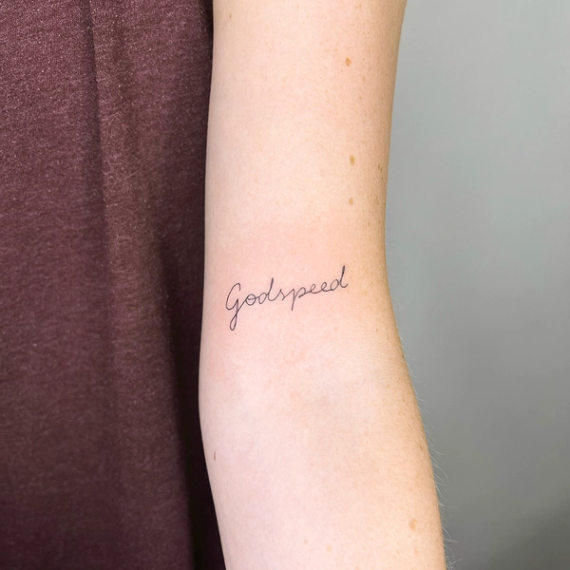
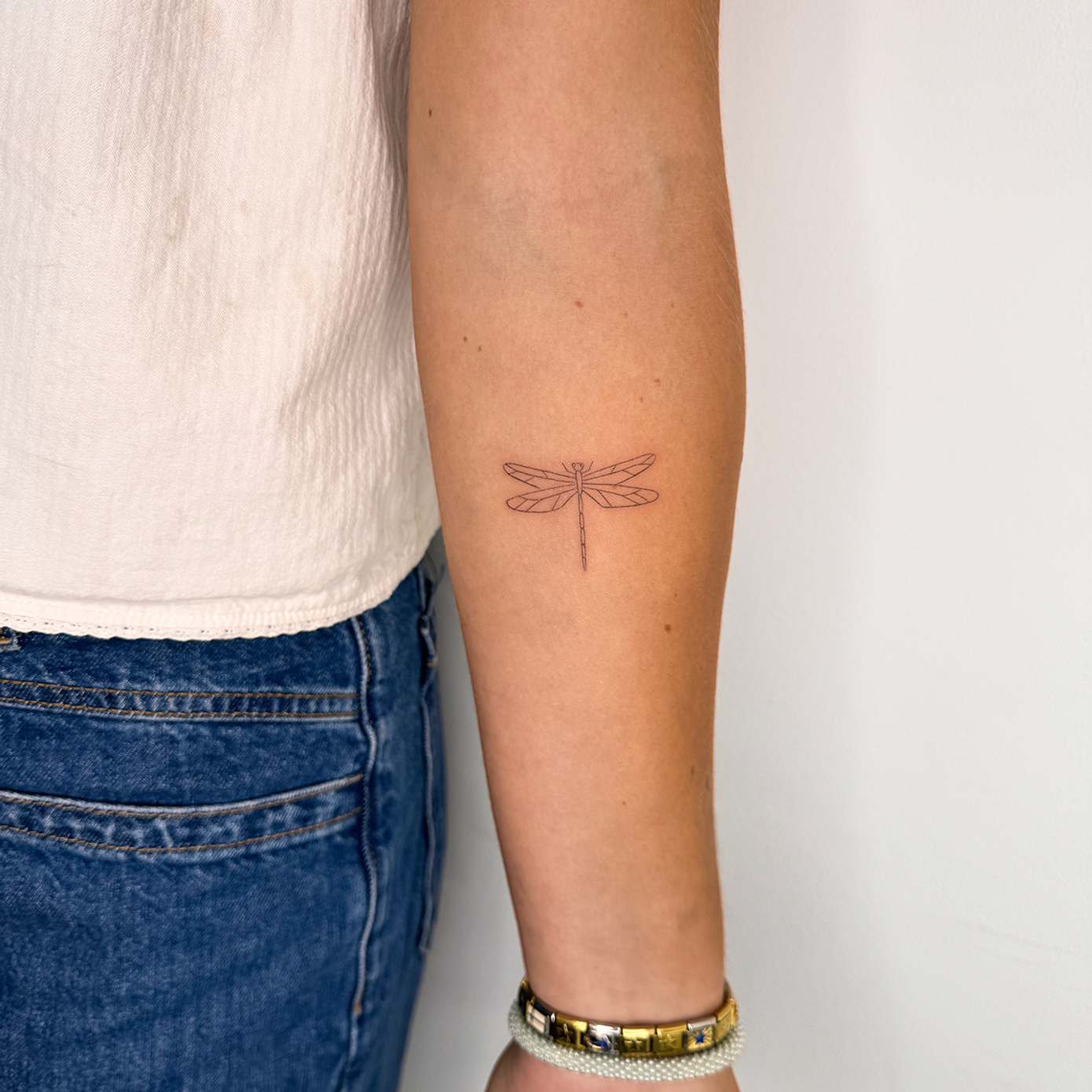
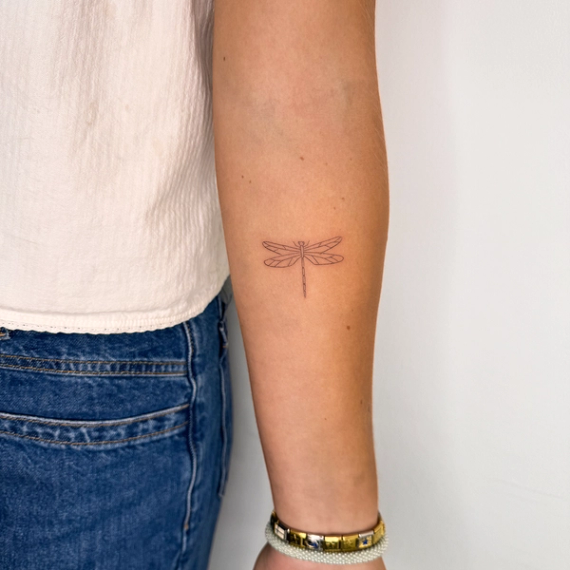
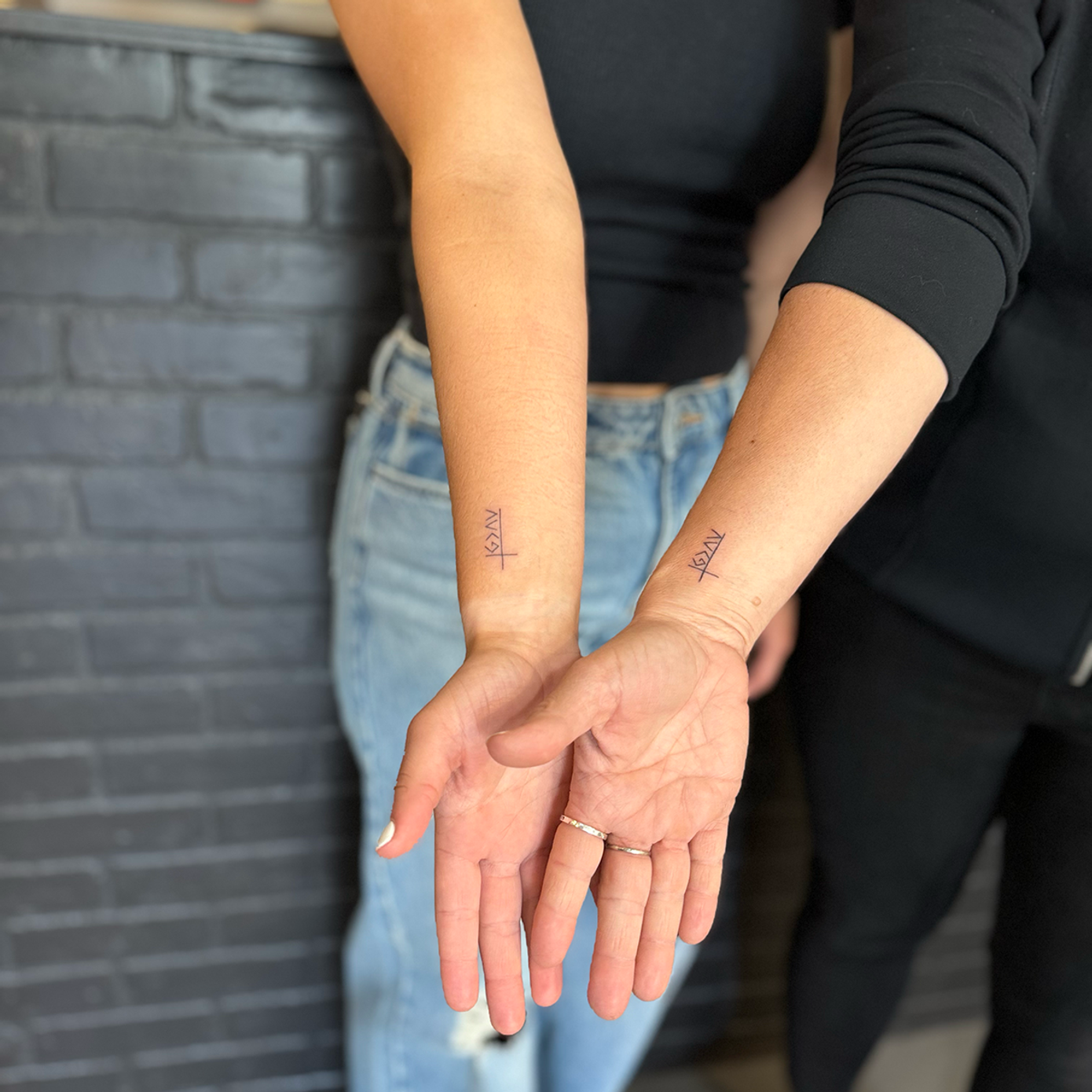
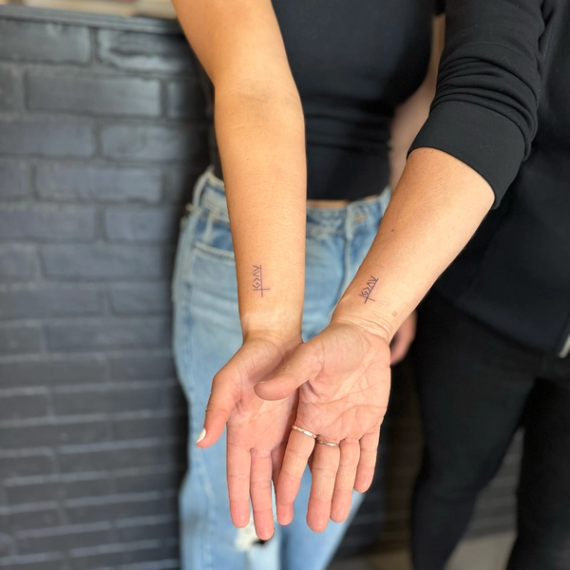
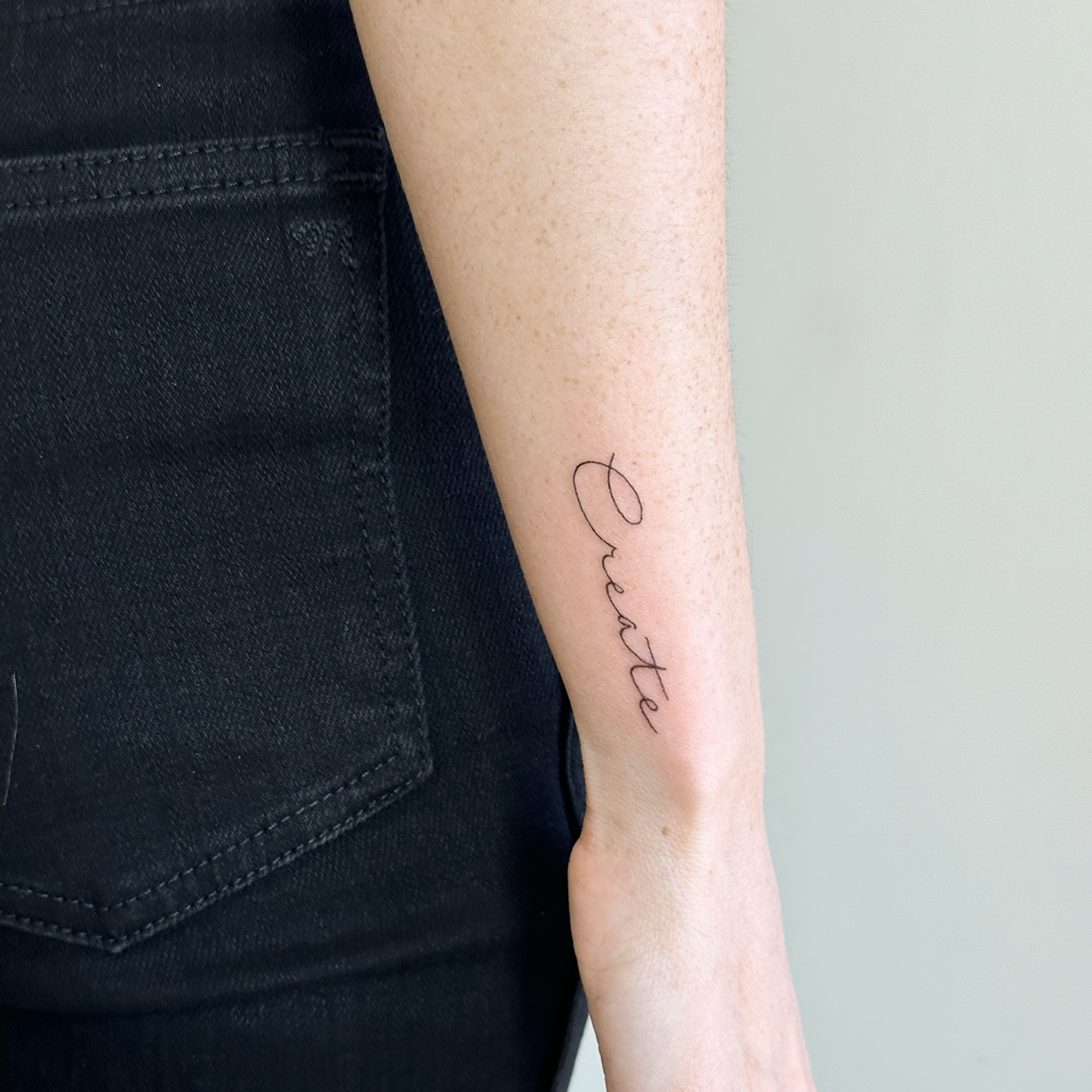
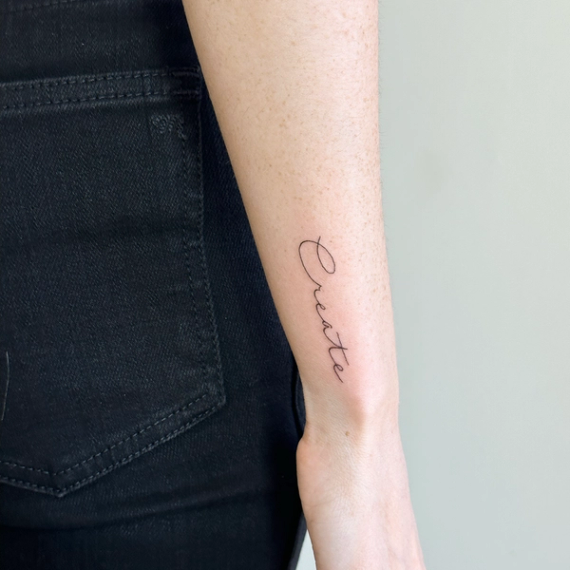
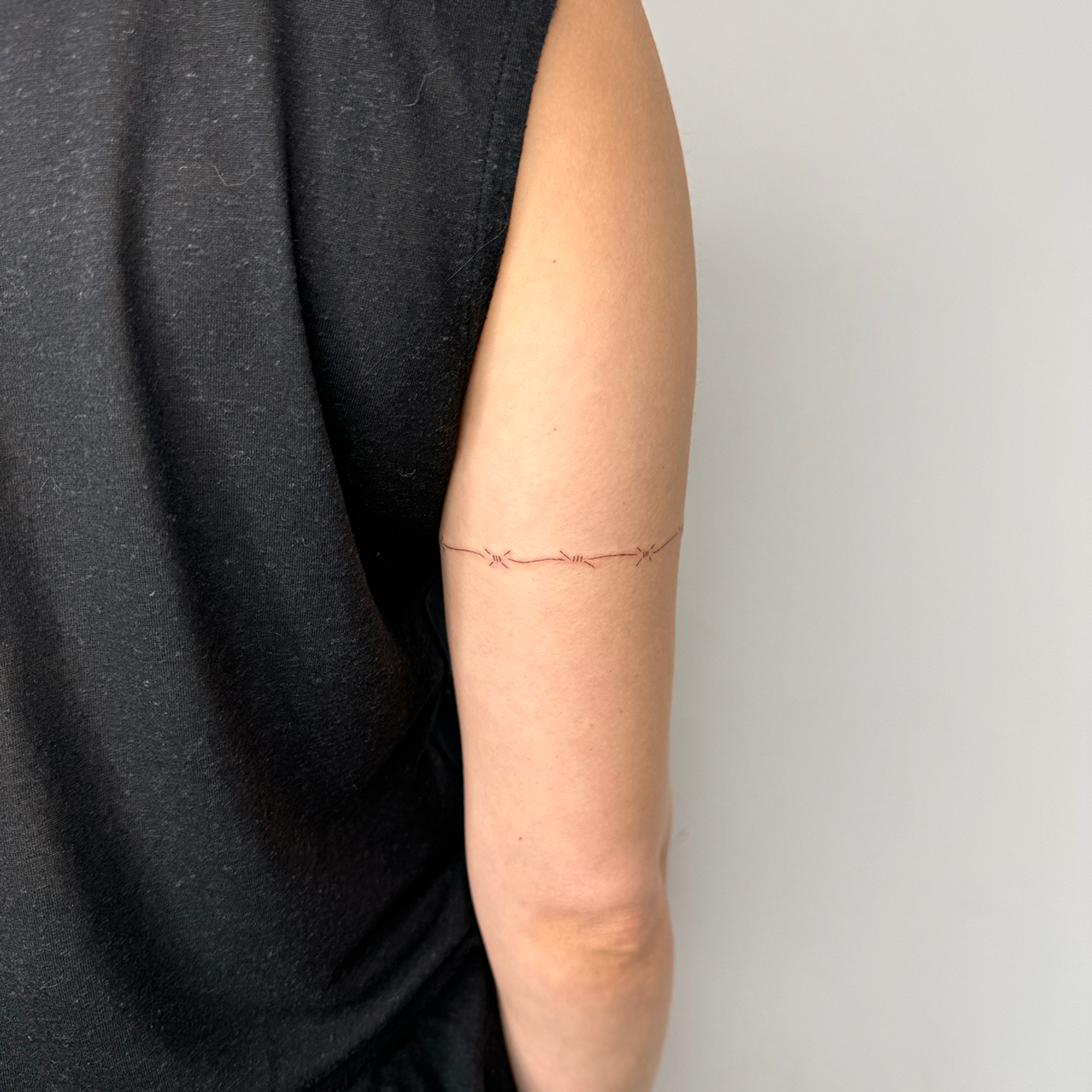
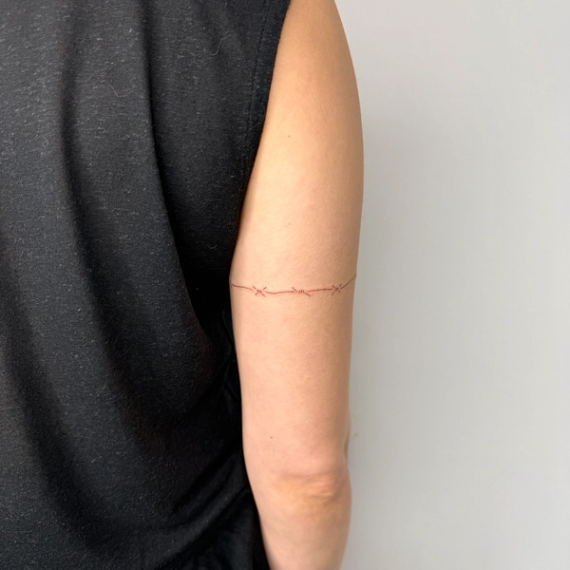
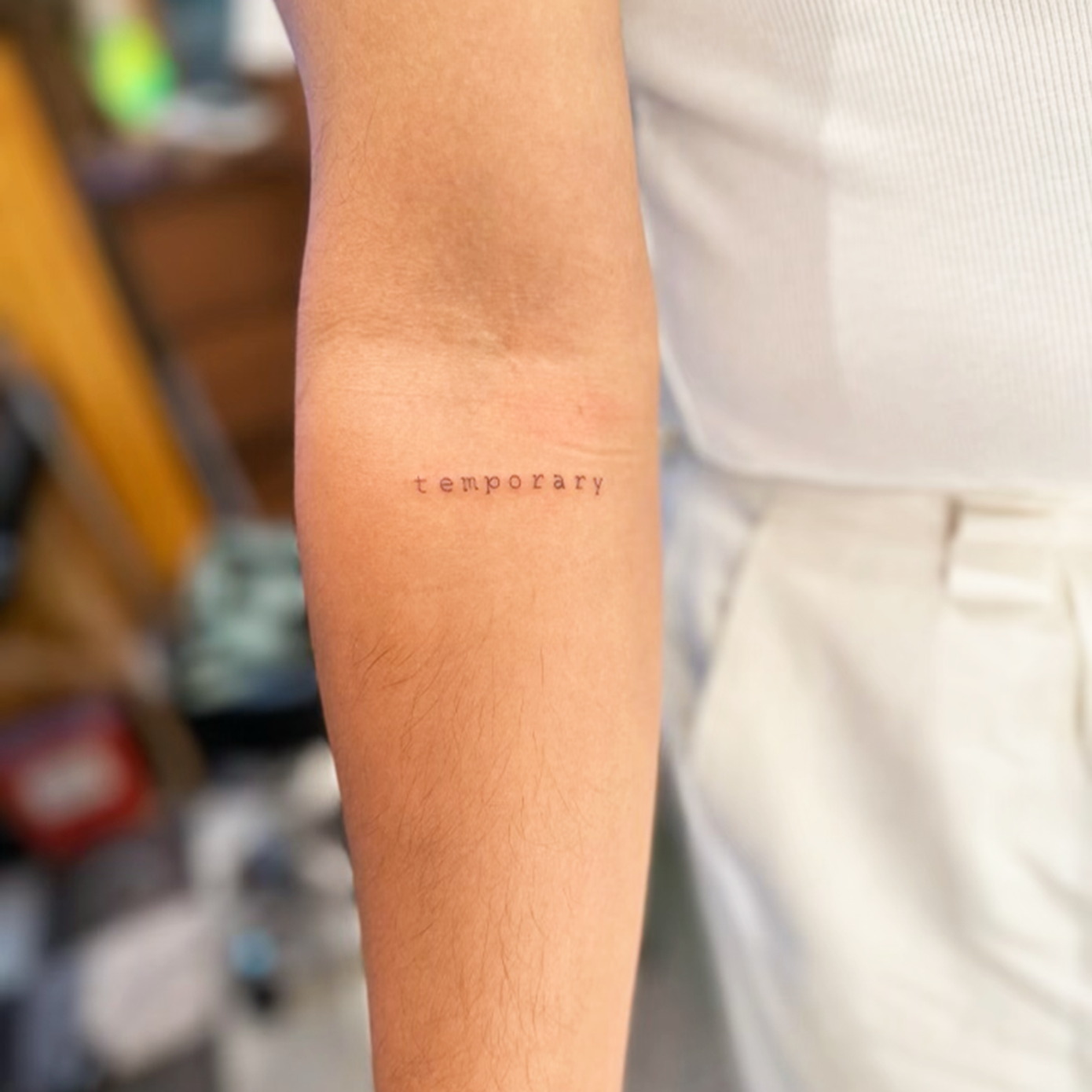
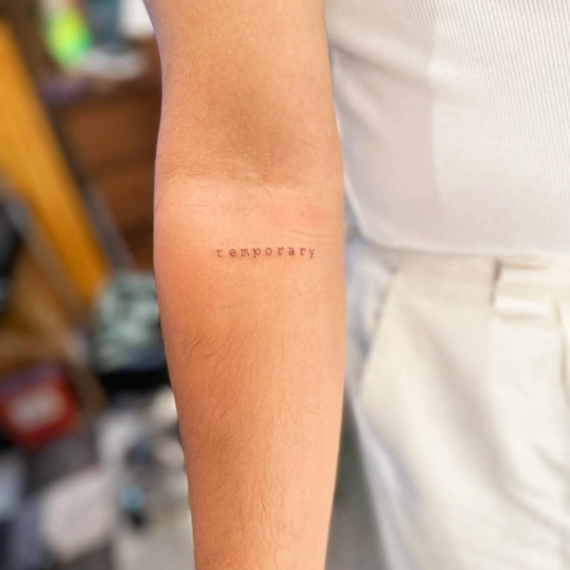
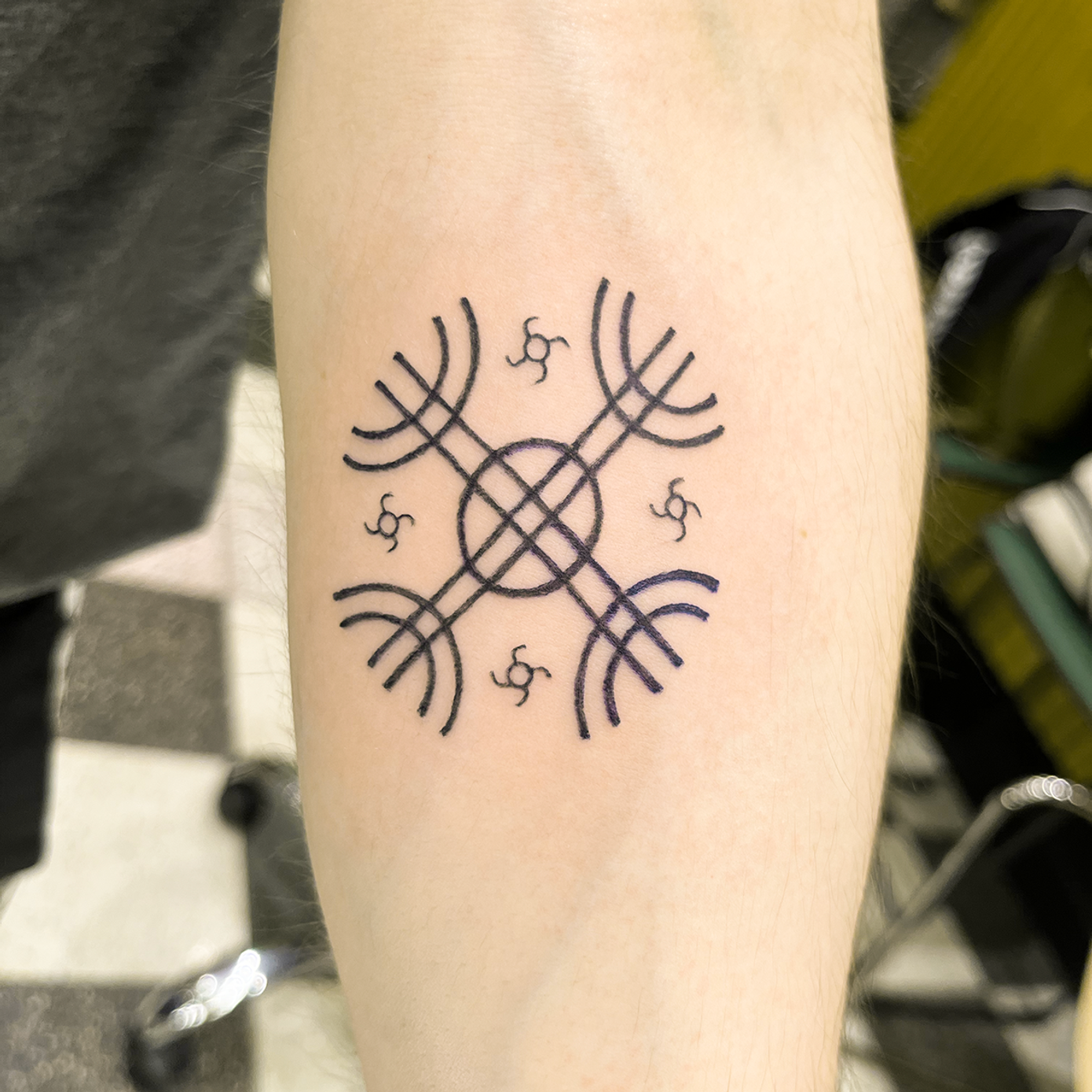
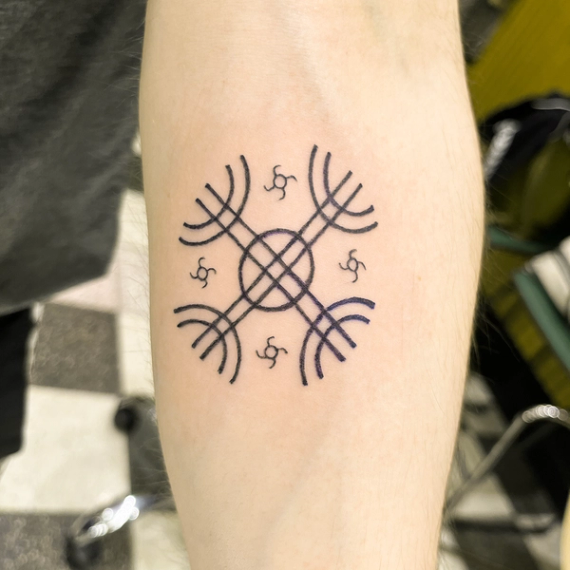
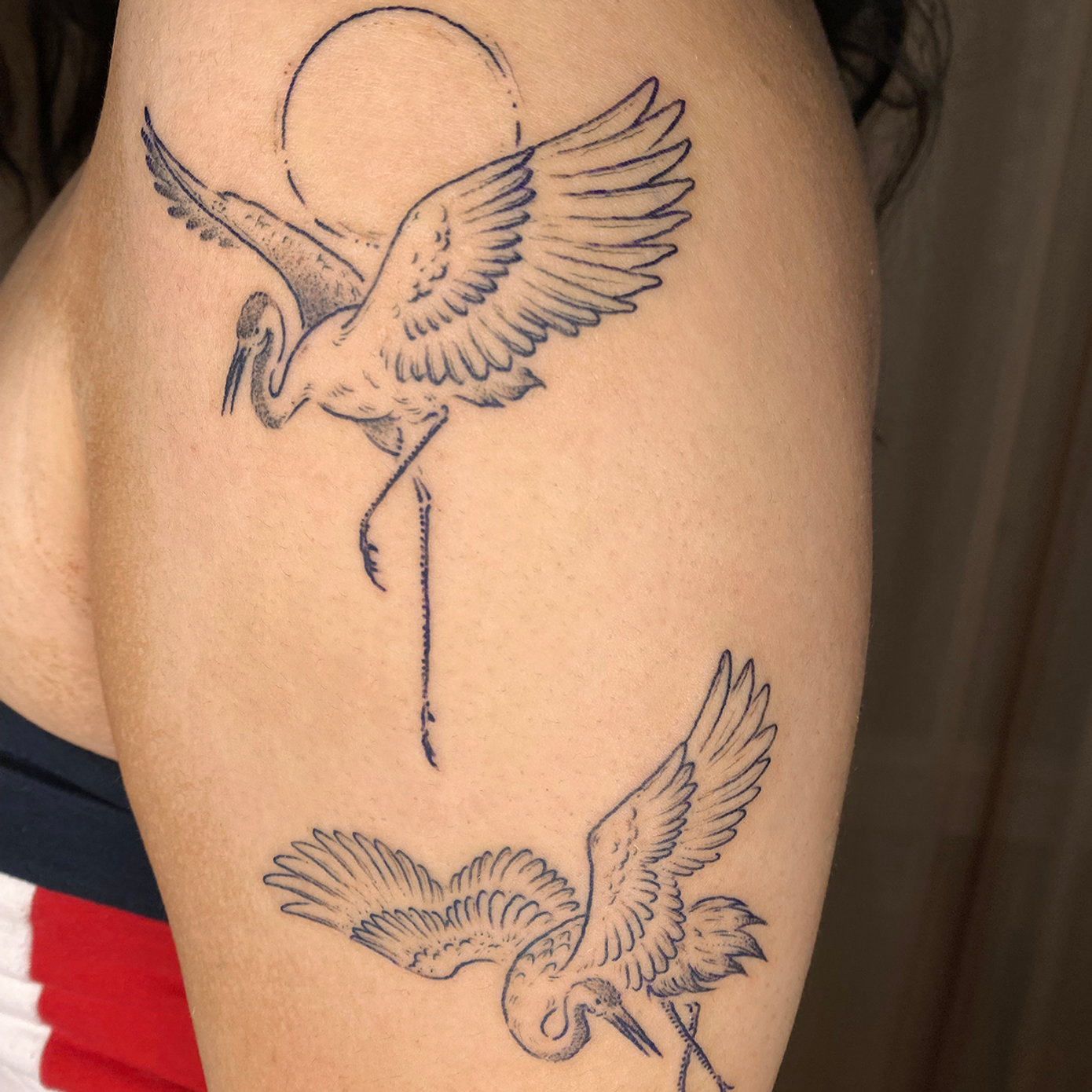
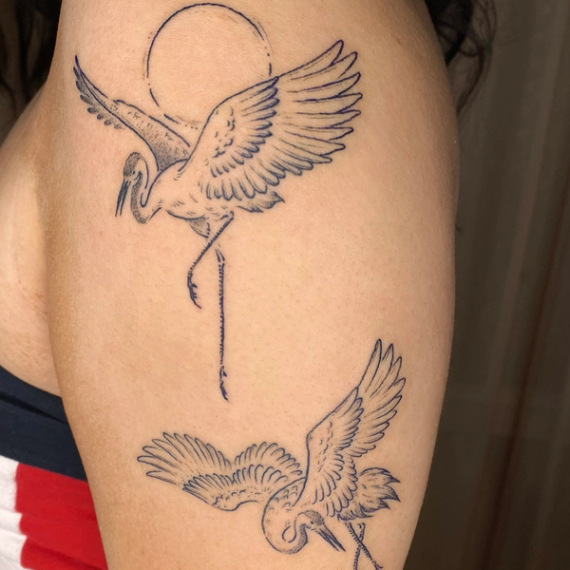
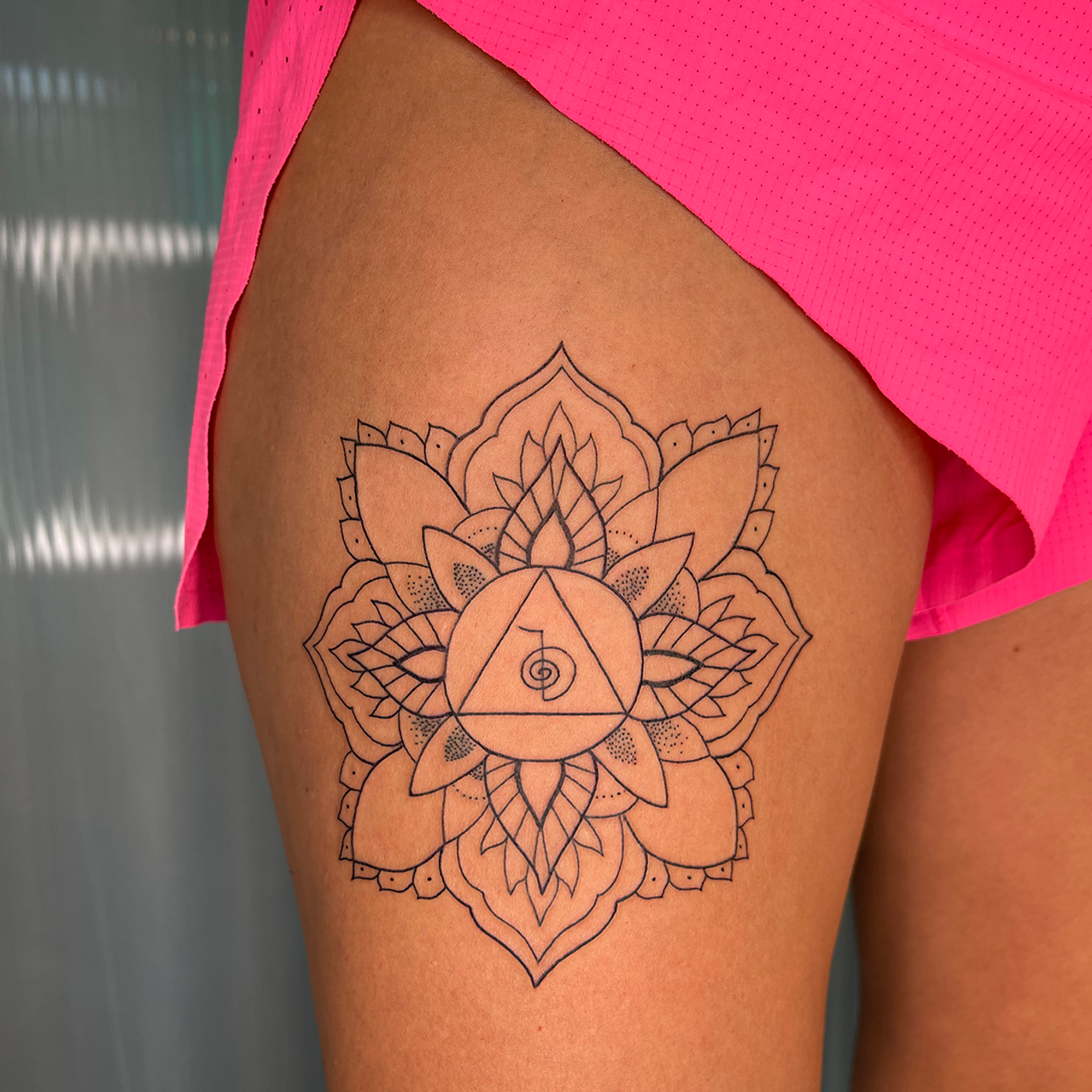
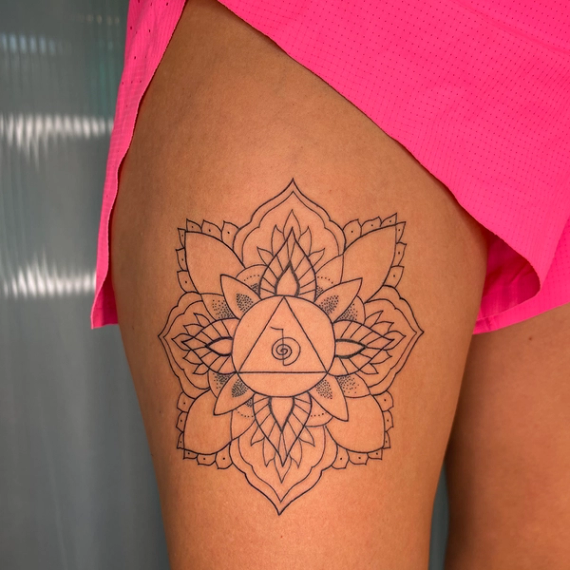
%402x.png?w=1390&auto=format)
%402x.png?w=570&auto=format)
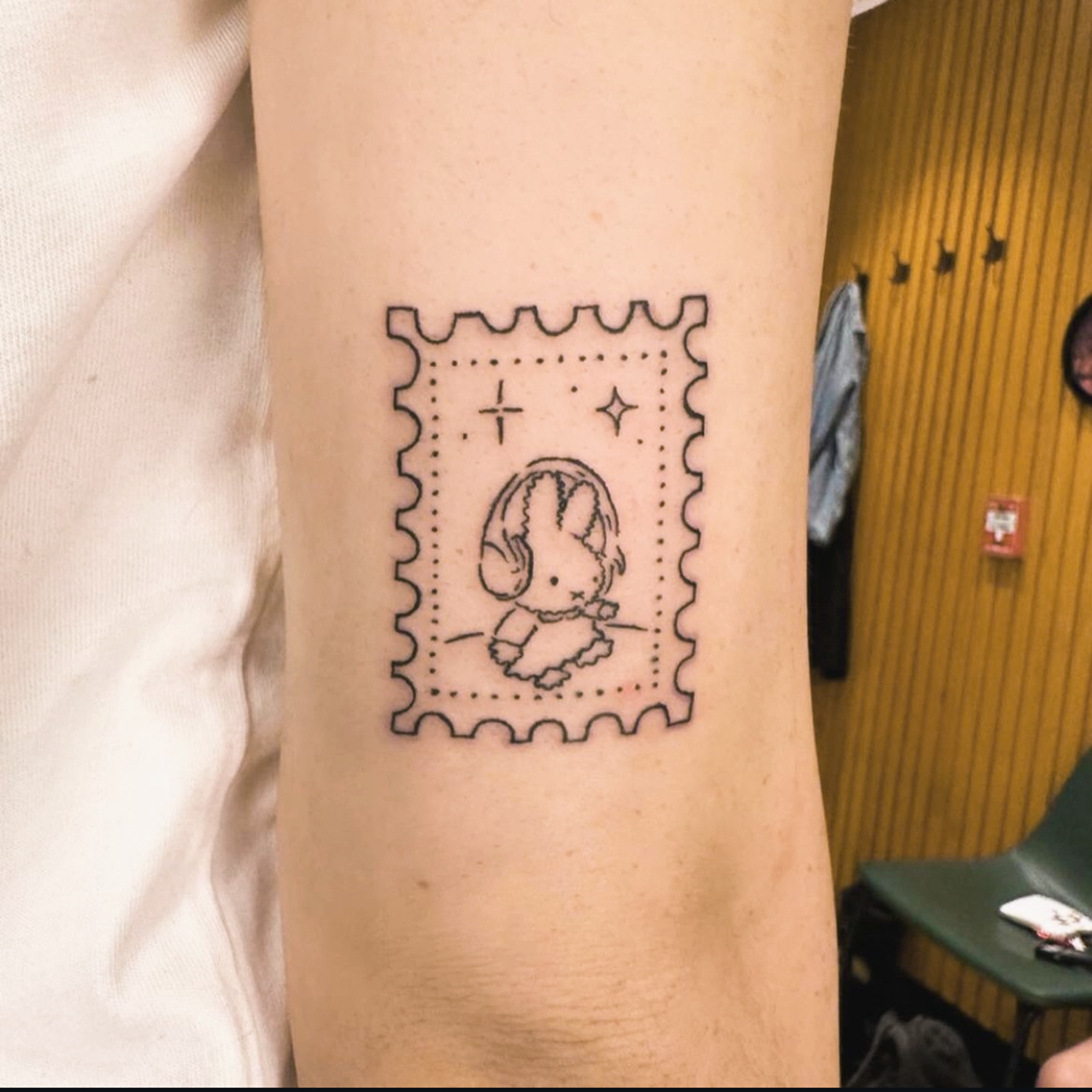
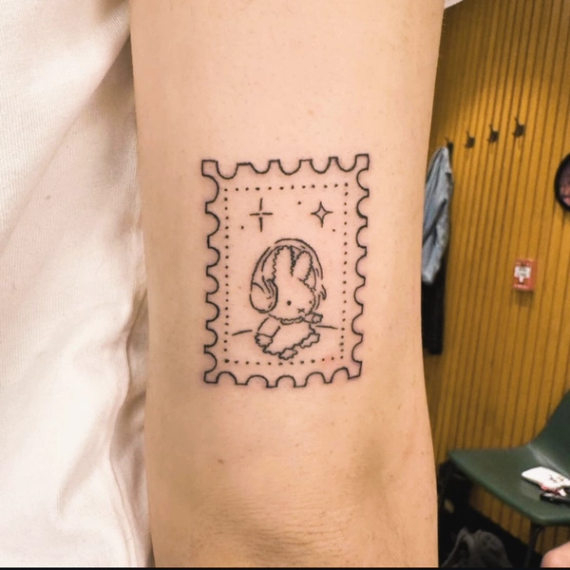
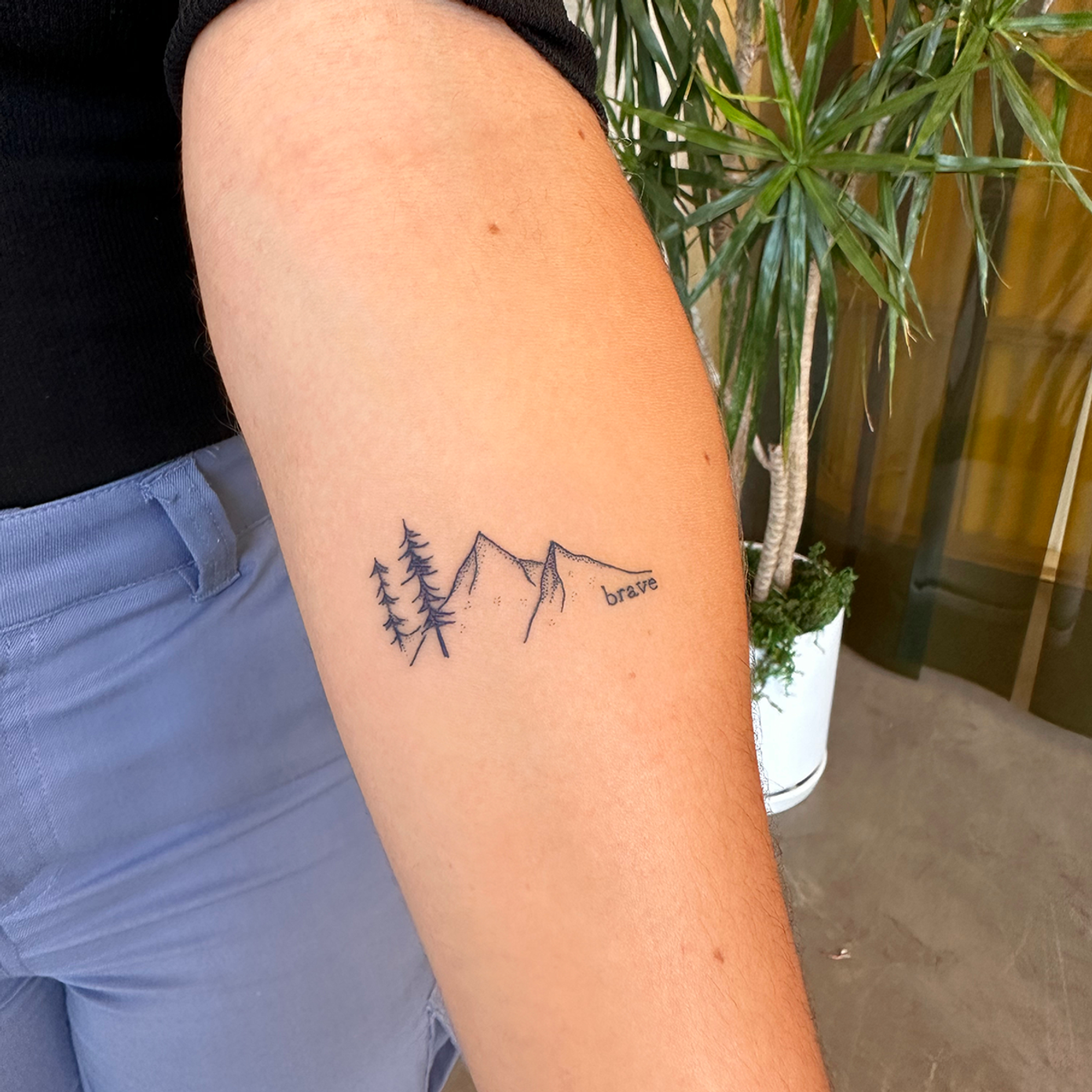
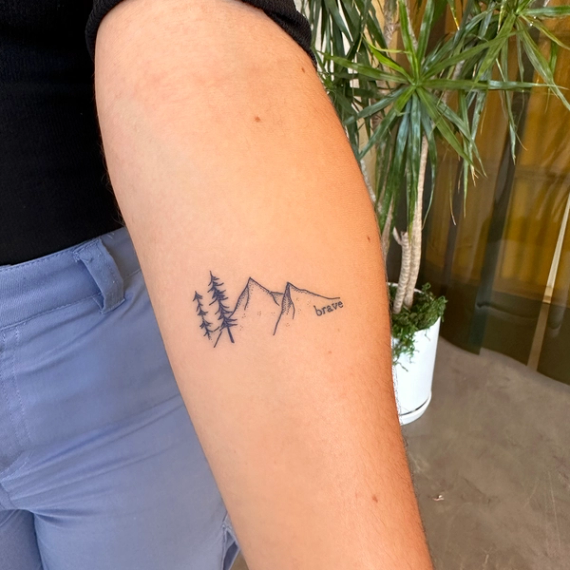
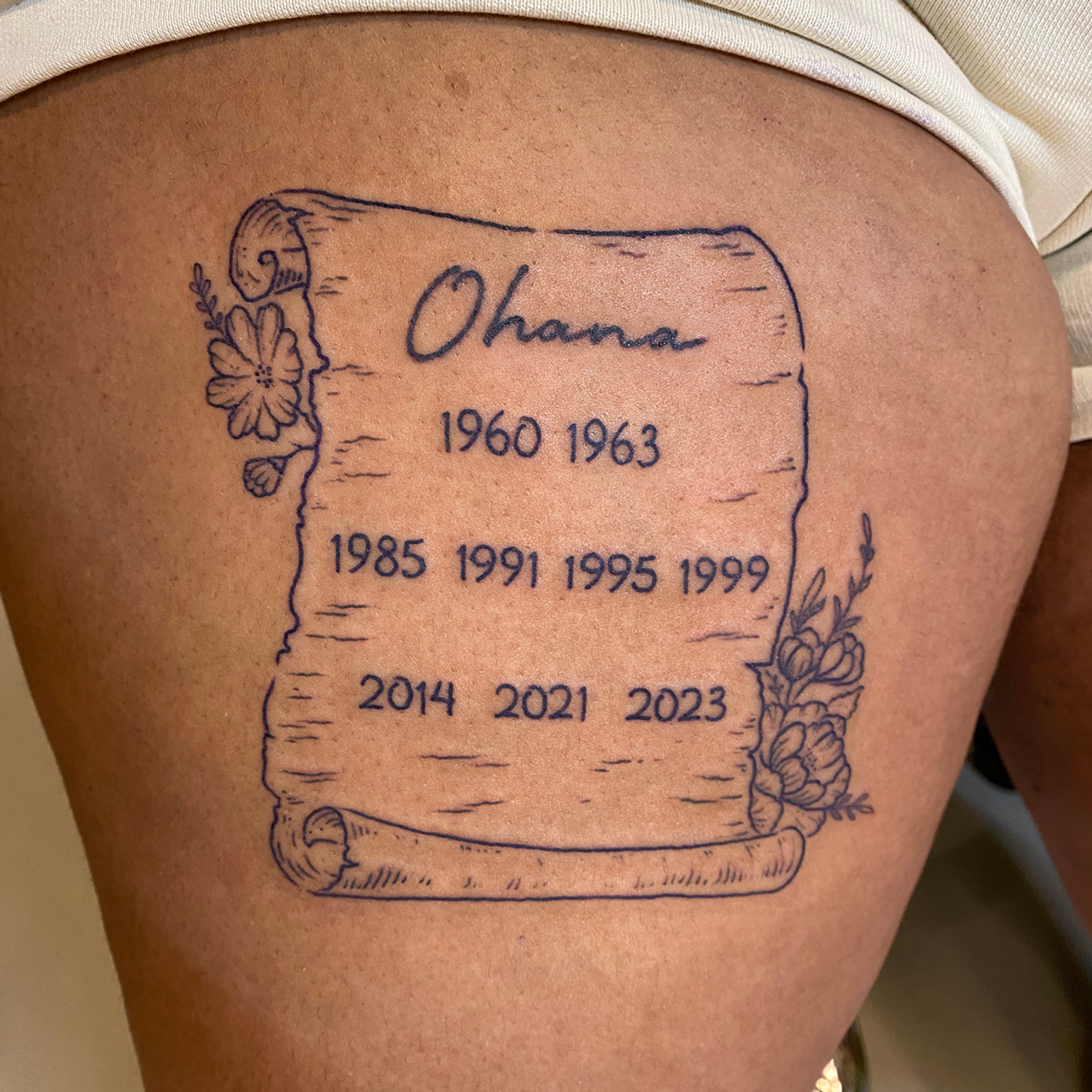
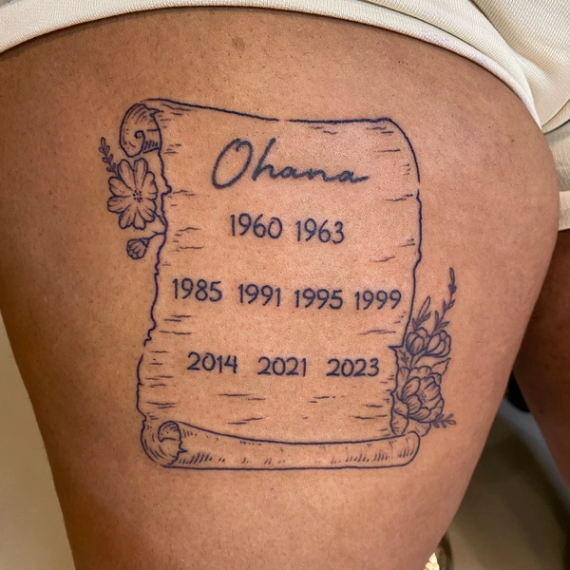
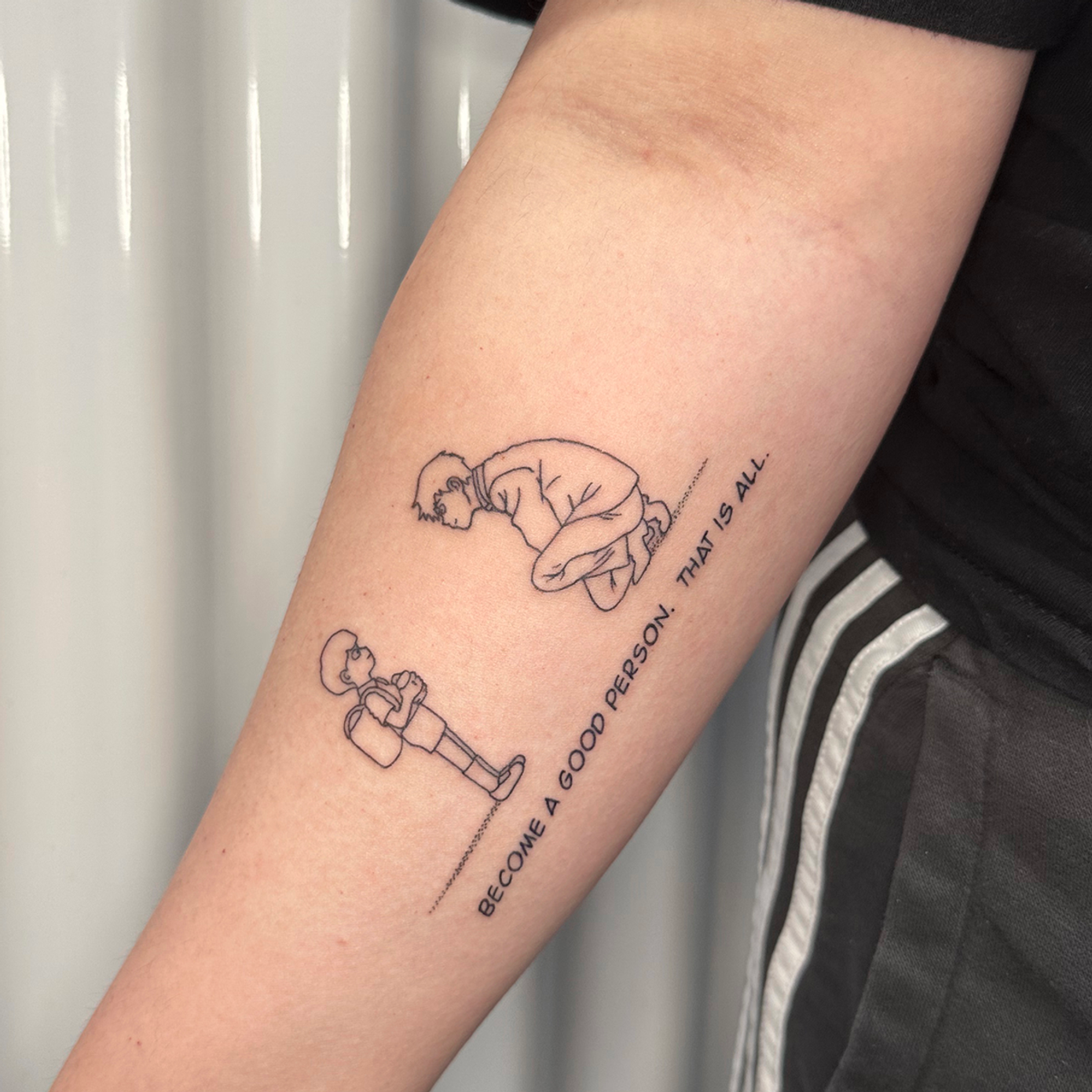

How to Use Ephemeral Ink, According to Artists
Ephemeral ink marks the latest step in tattoo innovation, following advancements from hand-poked needles to electric and rotary machines, and from traditional styles to hyperrealism and fine line.
As with any tool, mastering Ephemeral ink takes practice. The quality of art still depends on the user, so we encourage artists to keep learning and pushing their skills.
To help our artist community grow, here are key insights from current partners on what works and what does not.
| Importance of Prioritizing the Skin | Because made-to-fade tattoos, well...fade, how the skin is treated impacts how it will look after the tattoo disappears. Permanent tattoos can mask skin damage. For this reason, Artists using Ephemeral ink have abandoned certain techniques that risk overworking the skin. |
| Techniques That Work Best | To achieve shading, try stippling (dot by dot) or hatching. Transfer is easier and the risk of overwork is reduced by stretching the skin and adapting both hand speed and machine settings. |
| Techniques That Are Challenging | Skin overwork is likely to occur when passing over saturated lines, crowding stipples or lines, cross-hatching or solid filling. |
| Ink Transfer | Ink transfer is sometimes compared to white ink. |
| Ink Feel | Described as thin and comparable to gray wash ink. |
| Placements | Similar to permanent ink, there is variability in the difficulty across different body placements. Face, head and genital placements are highly discouraged. |
| Needle Groupings | Artist consensus is that 3 to 13 round liners work well and as artists become more experienced using the ink, smaller needle groupings may also work. |
| Aftercare | Best healing results are seen with Hydrocolloid patches. In a pinch, plastic wrap or products like SecondSkin are adequate. Open air healing is not effective for the first 3 days after getting a tattoo and has been shown to significantly compromise your artwork. Fragrance free moisturizers and soaps work best. Tattoos typically heal best without the use of petroleum based products and non-greasy moisturizers. |
For more detailed aftercare instructions, check out our Aftercare and Healing page.
Drivers of Fade: Saturation and Depth Control
While Ephemeral fades will always vary person to person based on skin, physiology and choice in placements, the two most controllable drivers of fade appearance and duration are ink saturation and tattoo needle depth.



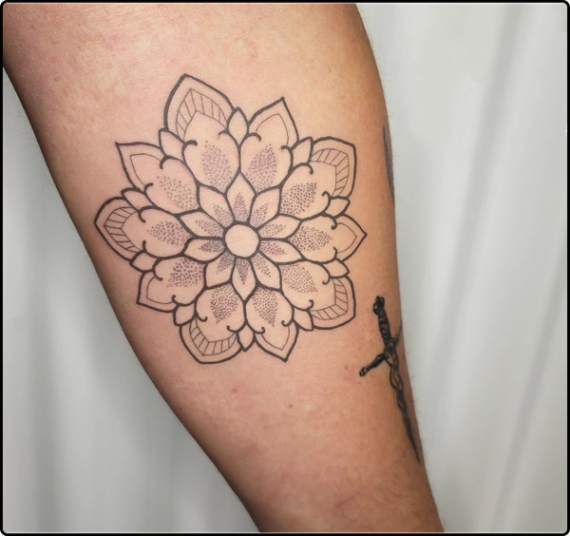


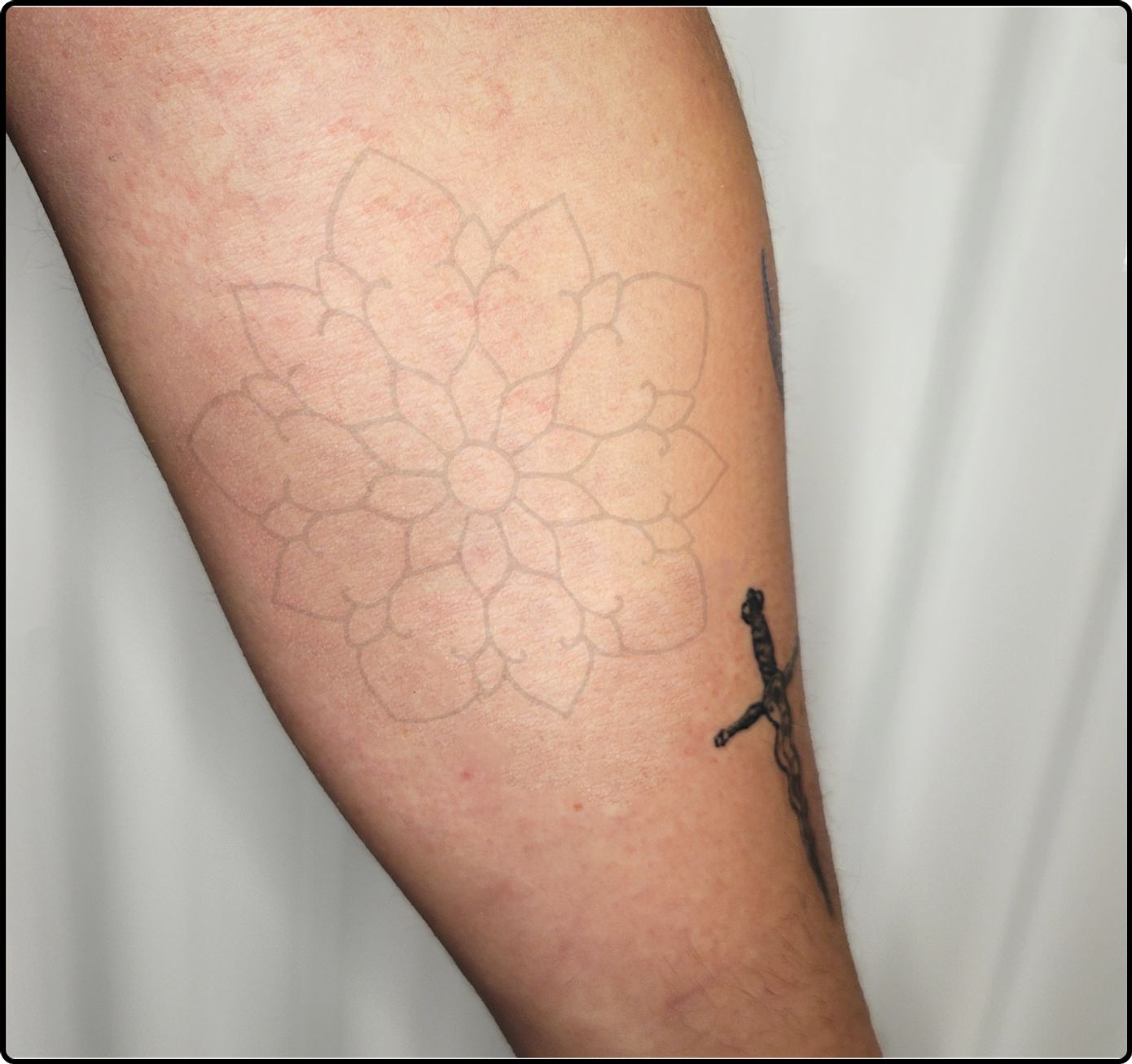

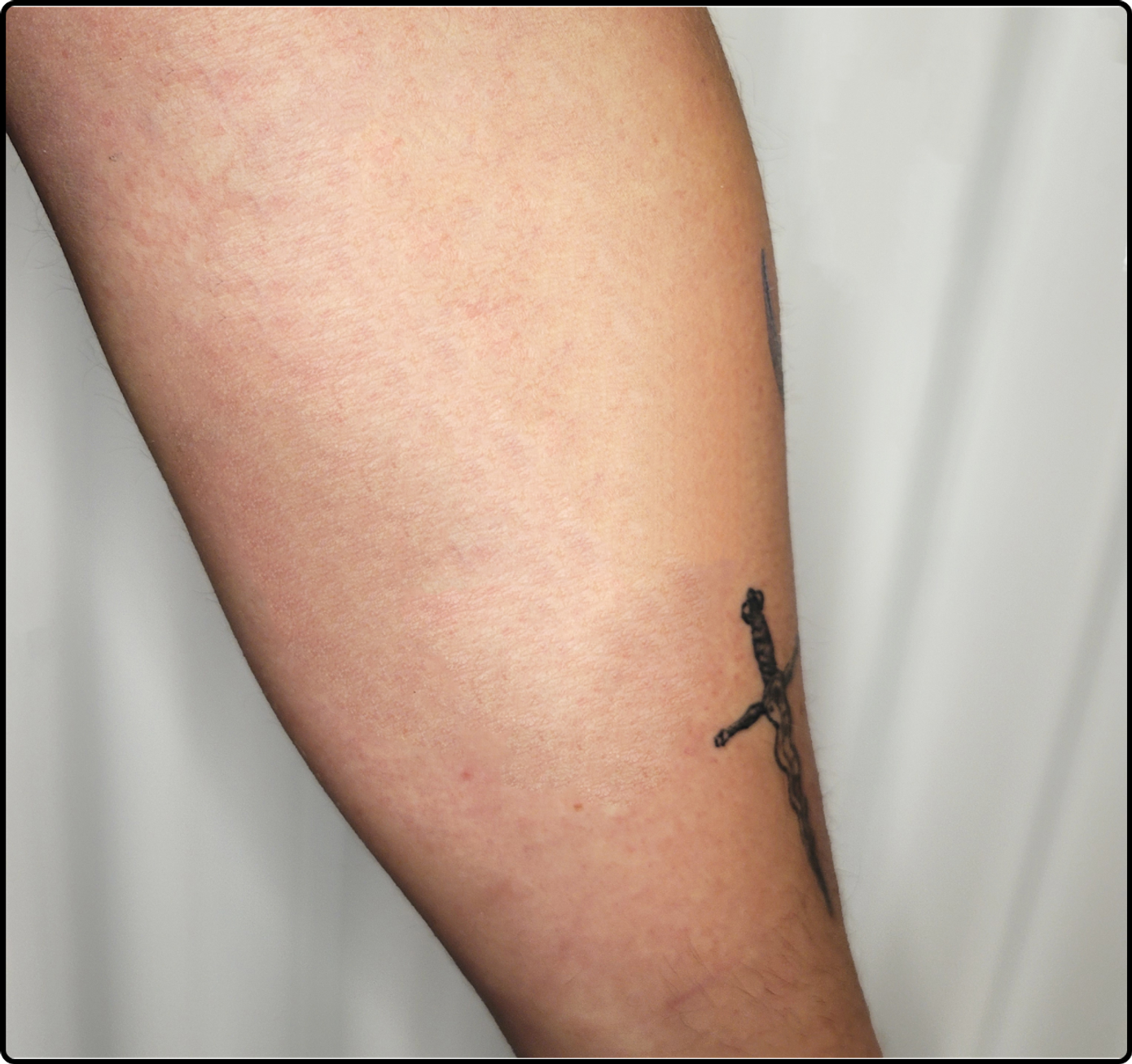
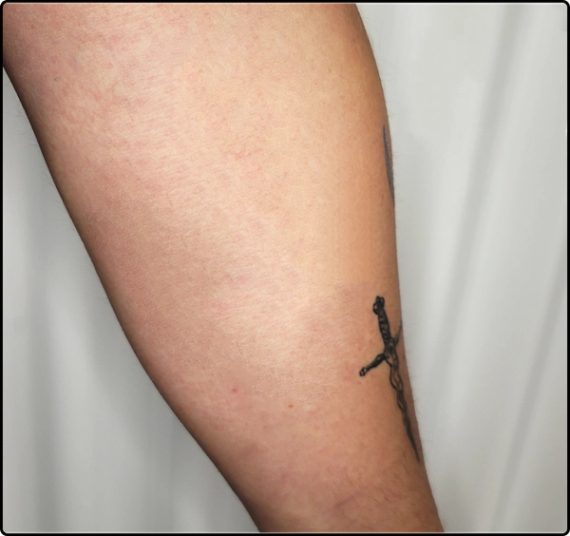
Impact of Saturation
The more ink that is deposited into the skin, the longer it takes for your body to remove it. If a design has varying ink saturation, the darker lines will take longer to disappear than the lighter lines. Swipe on the rendered tattoo example and notice how the dark lines fade slower than the lightly stippled portions.










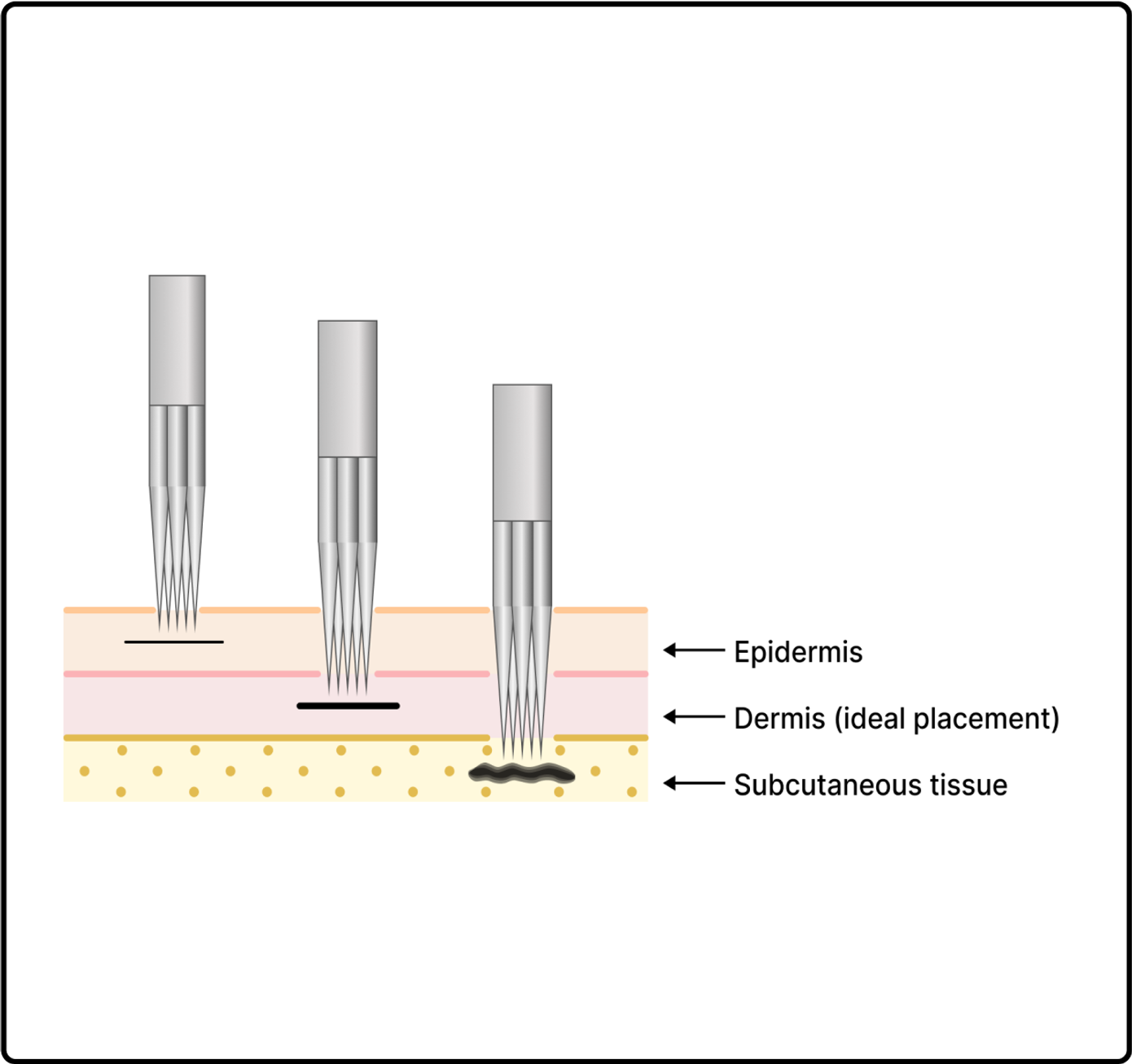
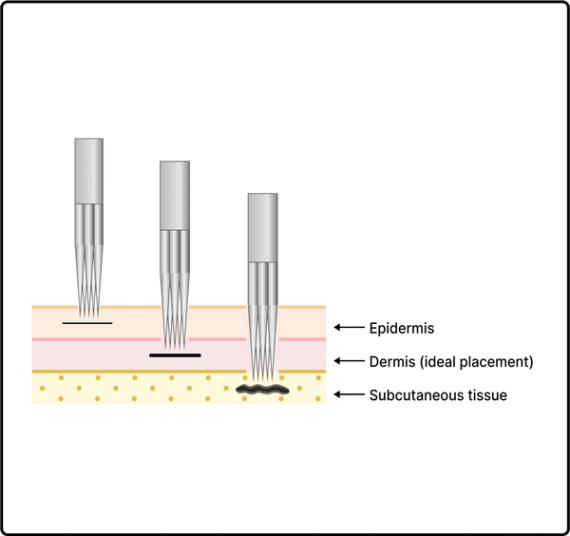
Impact of Depth Control
If ink is deposited in the top layer of the skin (the epidermis), it will fade faster because the epidermis renews itself quickly, while if it’s too deep (subcutaneous tissue) it will fade slower because there is less water available to break down the ink. The “goldilocks” depth is the dermis.
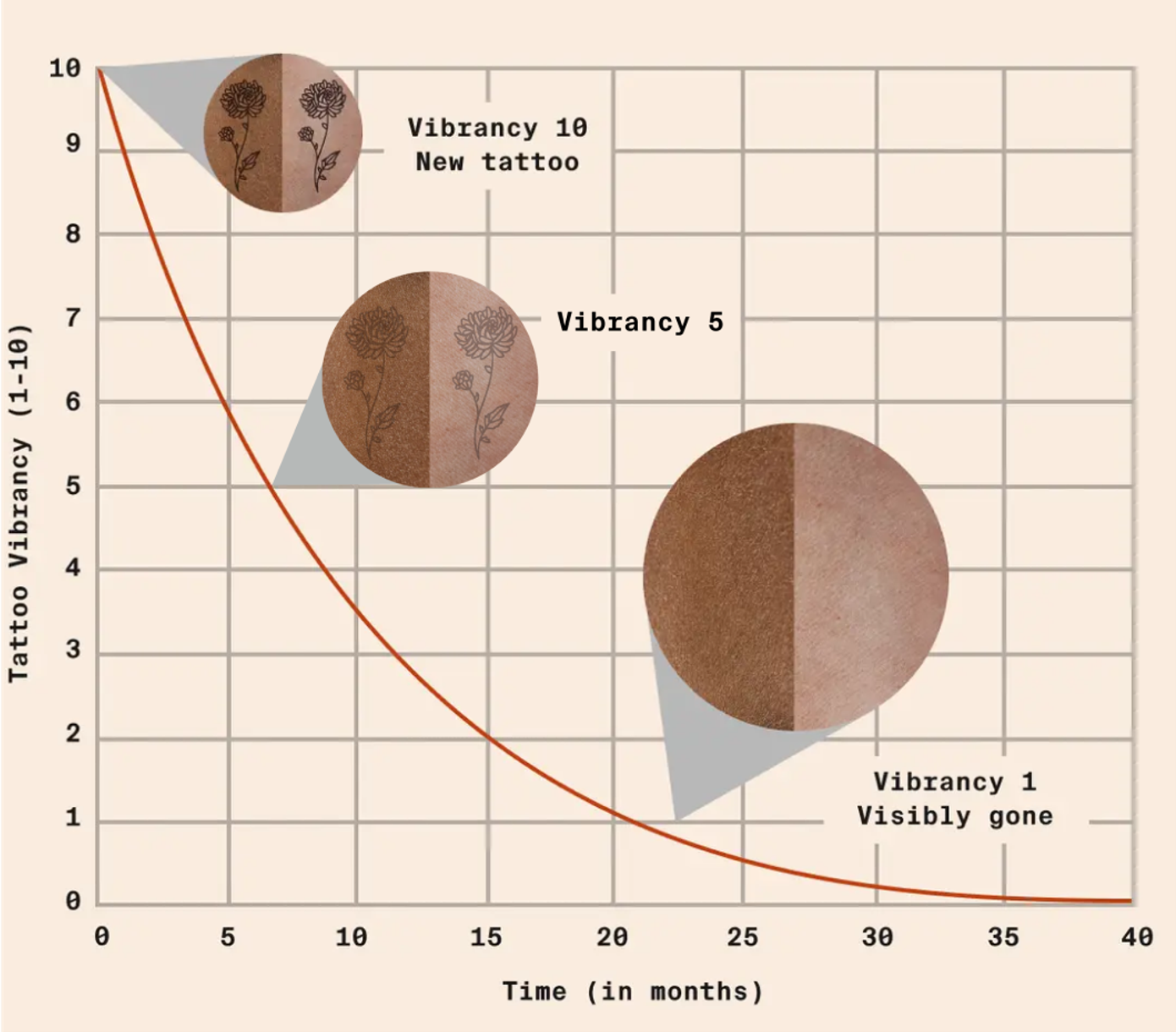
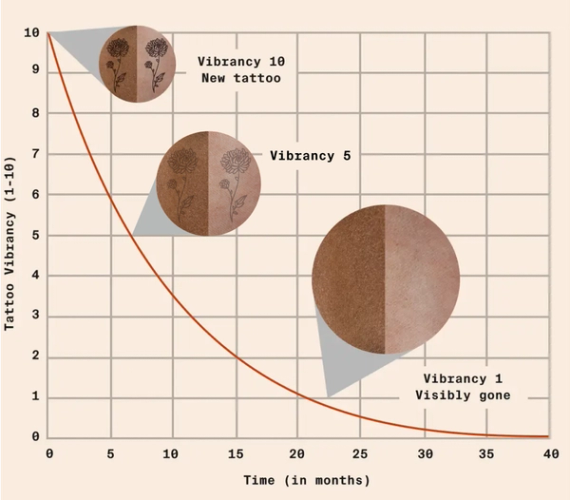
Average Fade Timelines
After your tattoo heals, enjoy your new art at its full vibrancy. Assuming Ephemeral ink is placed in the dermis, this chart reflects what an average fade timeline looks like.
Our newest formulation has greatly reduced fade variability.
Now, 8% of clients can expect their tattoos to fade within one year, 76% within two years, and 98% within three years.


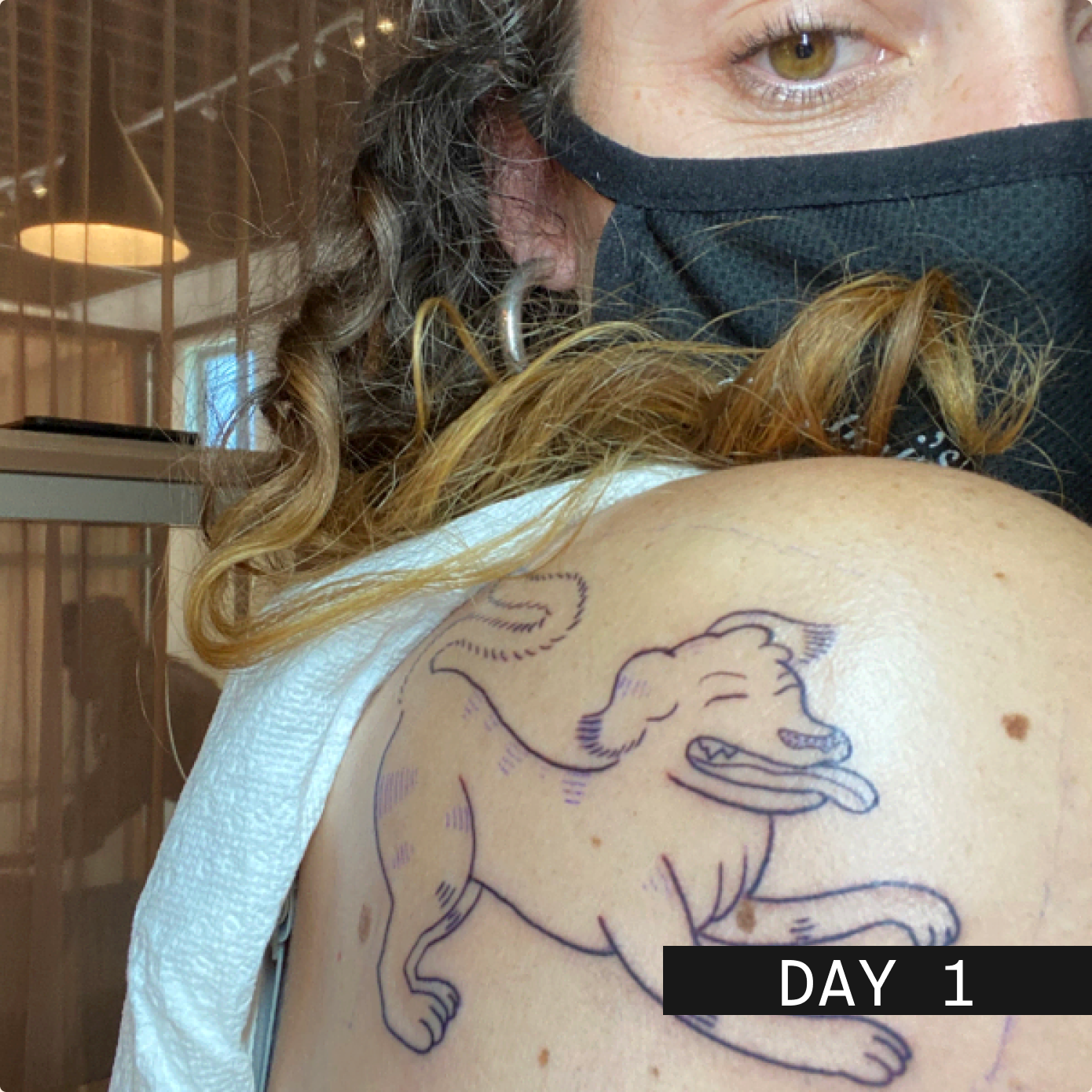
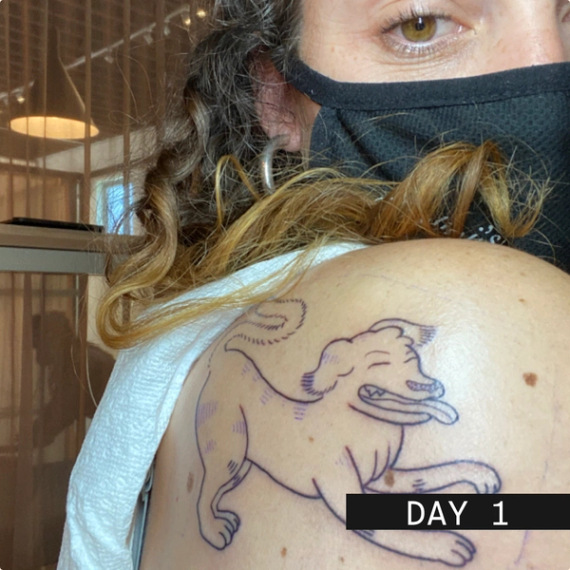
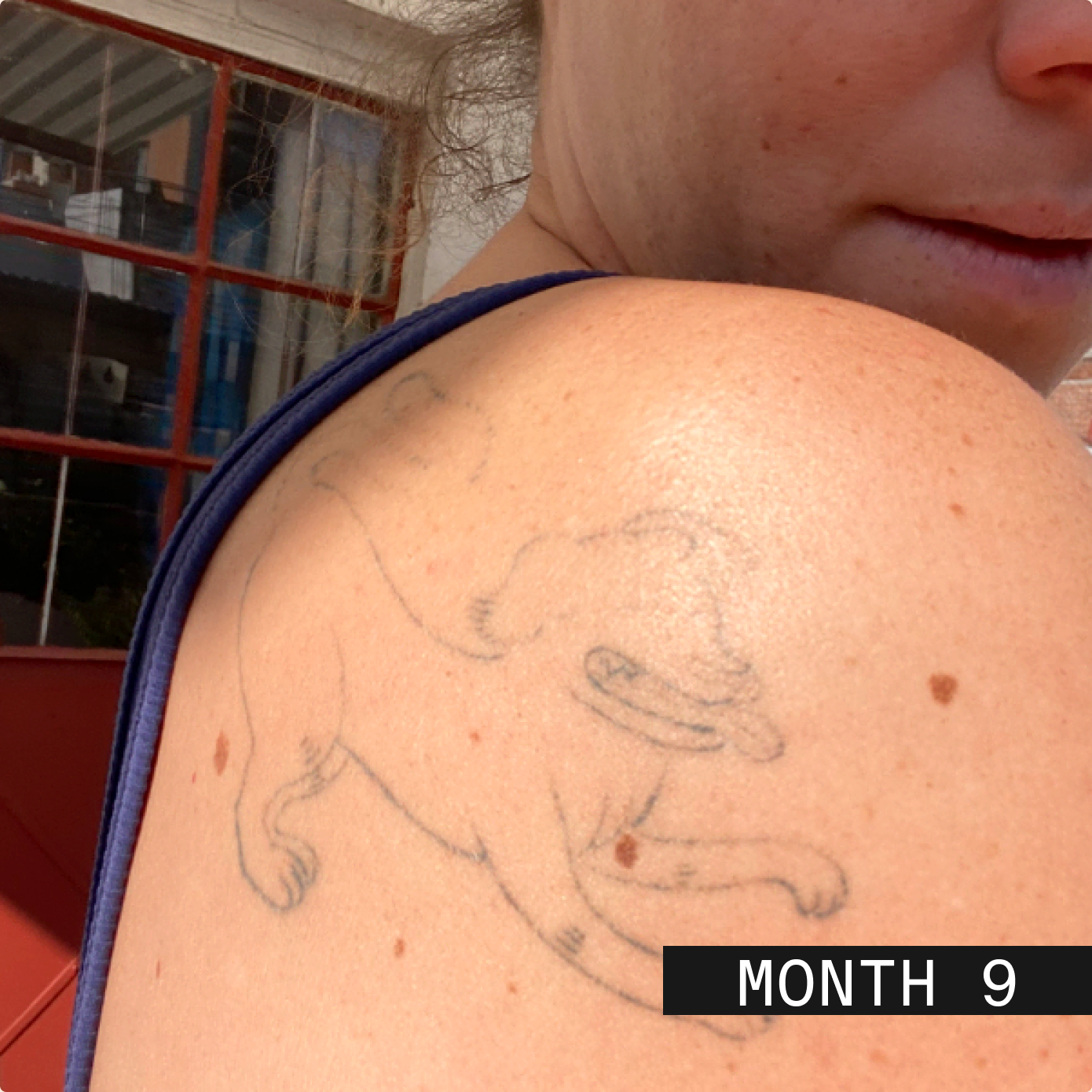

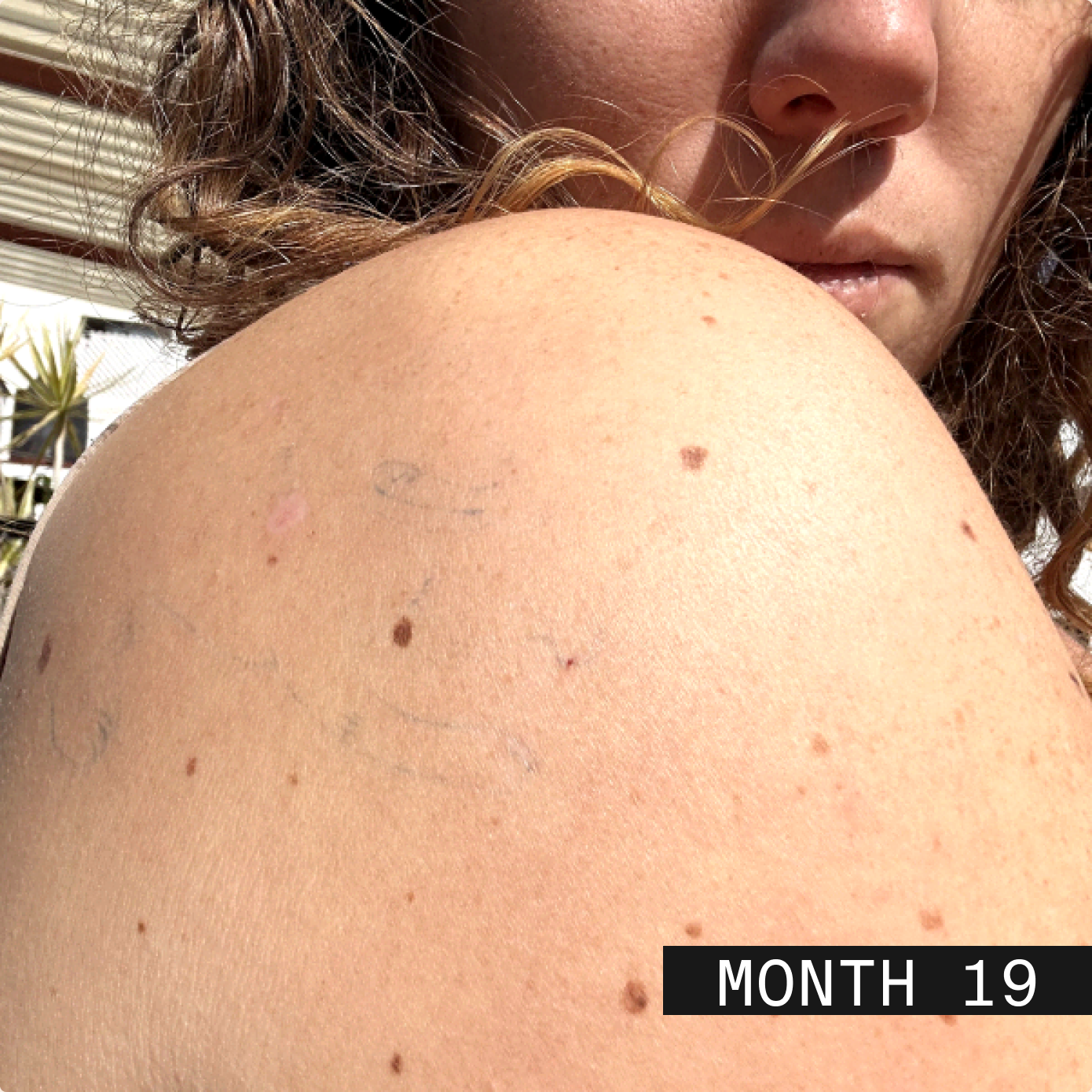
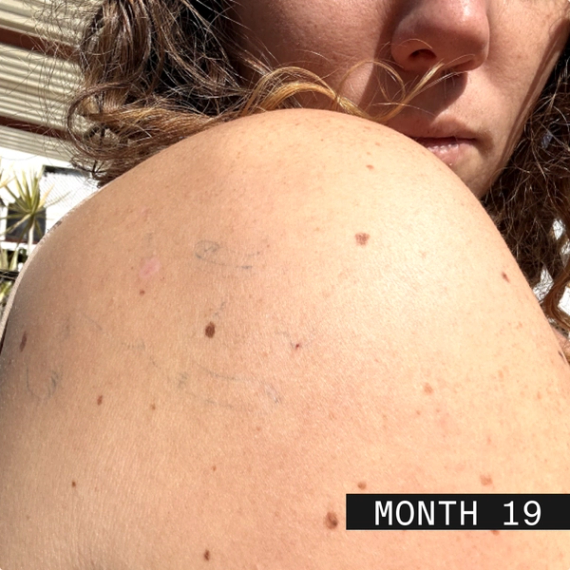
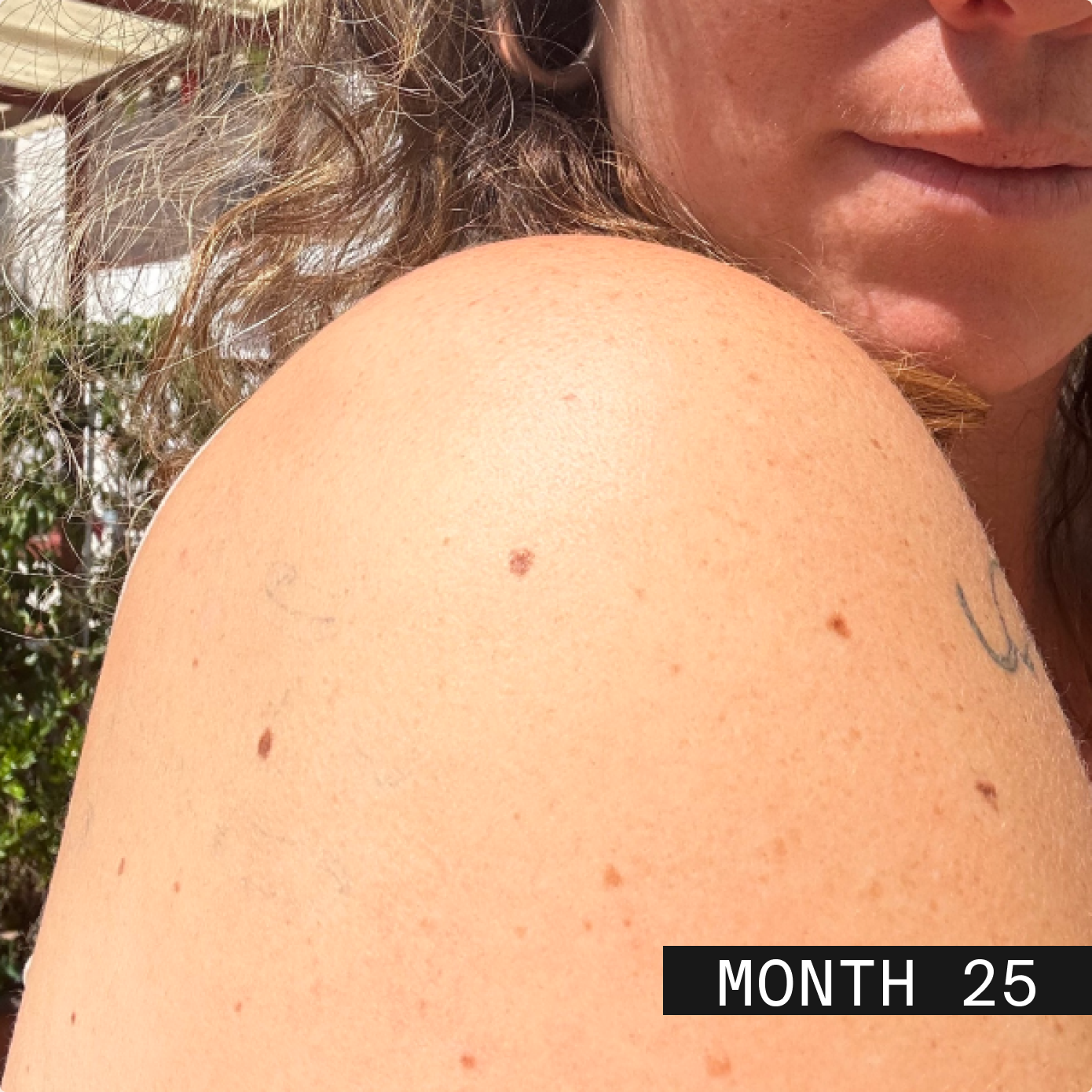
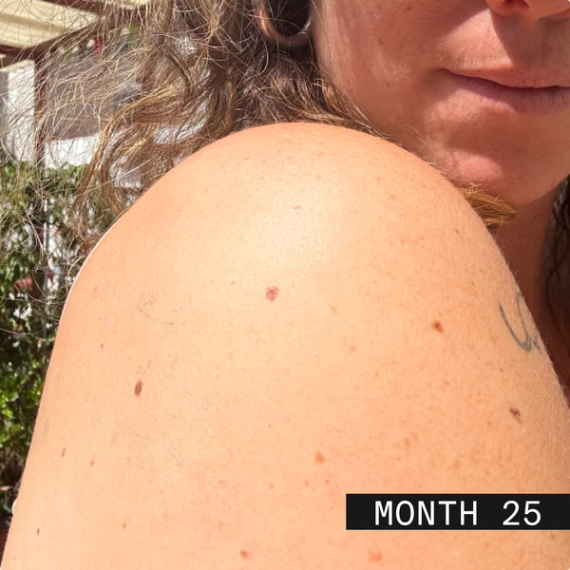
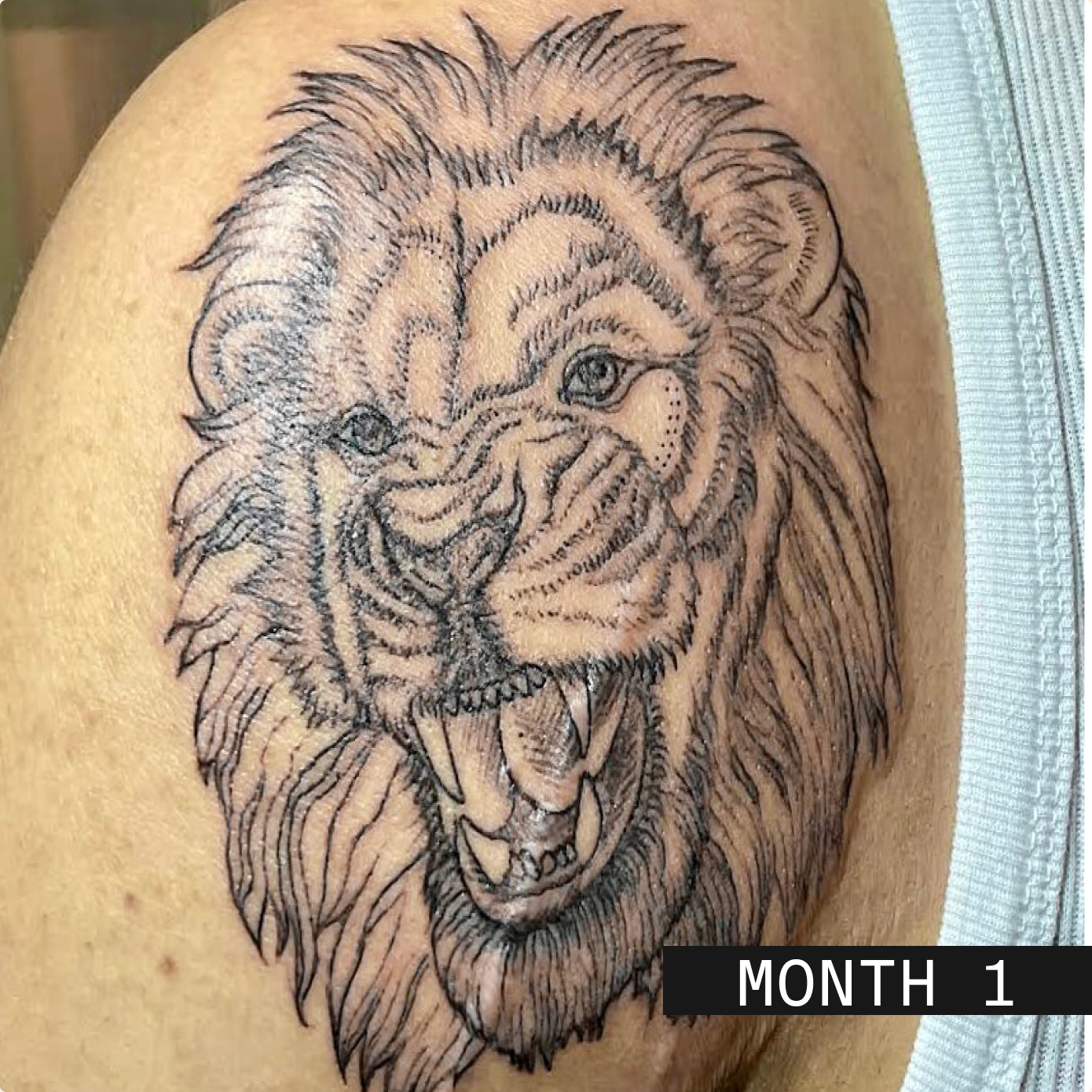
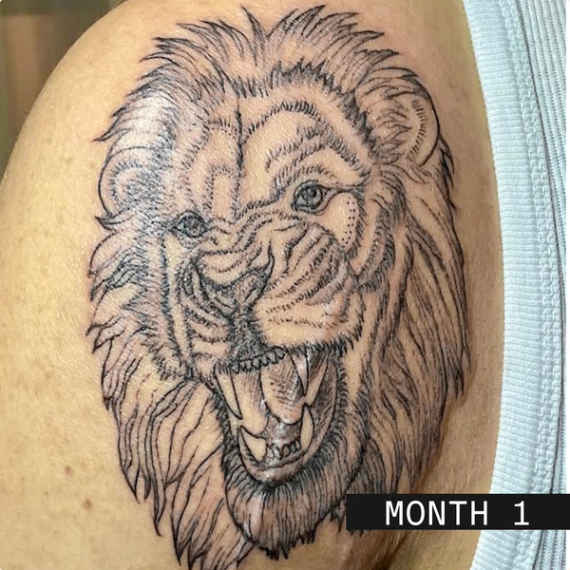
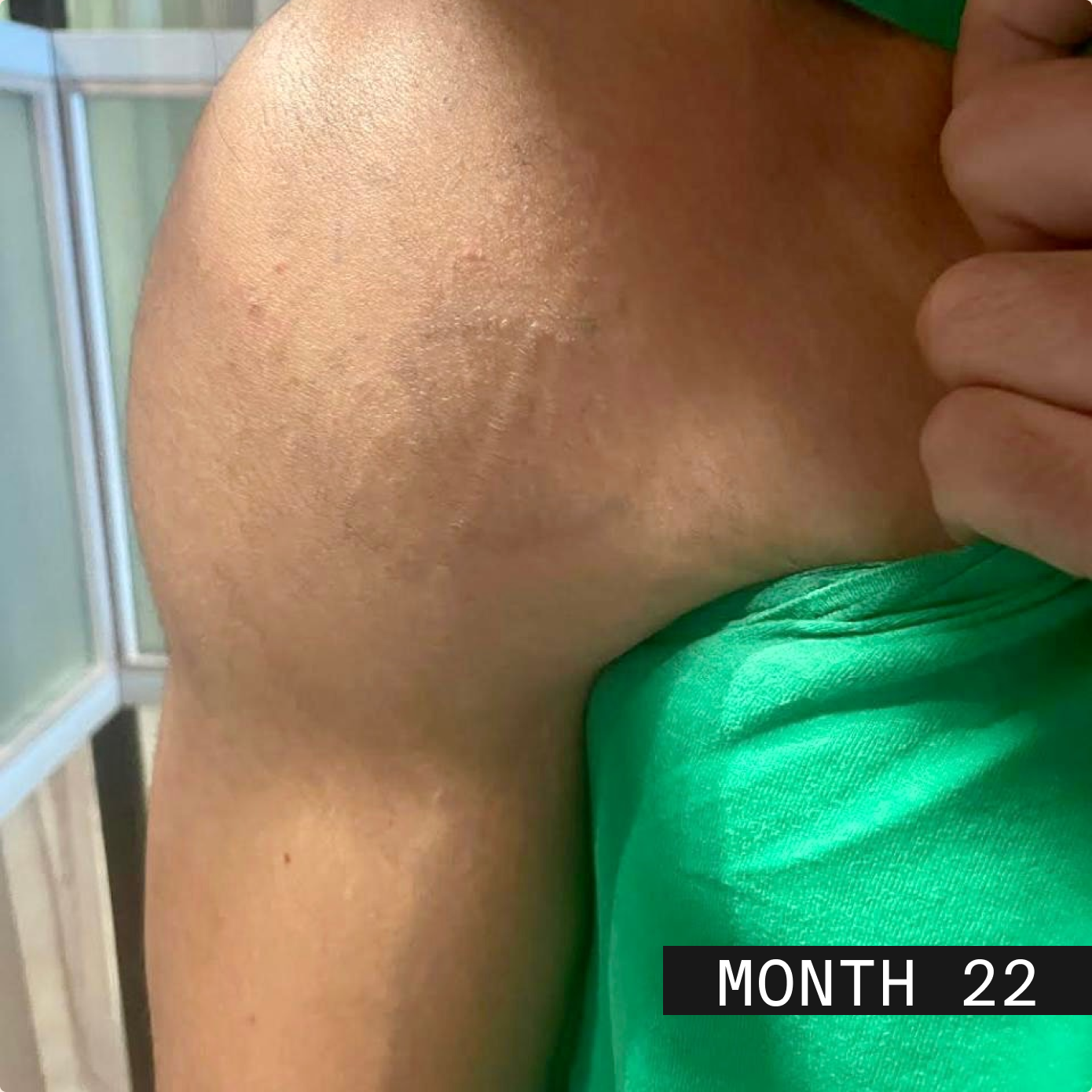

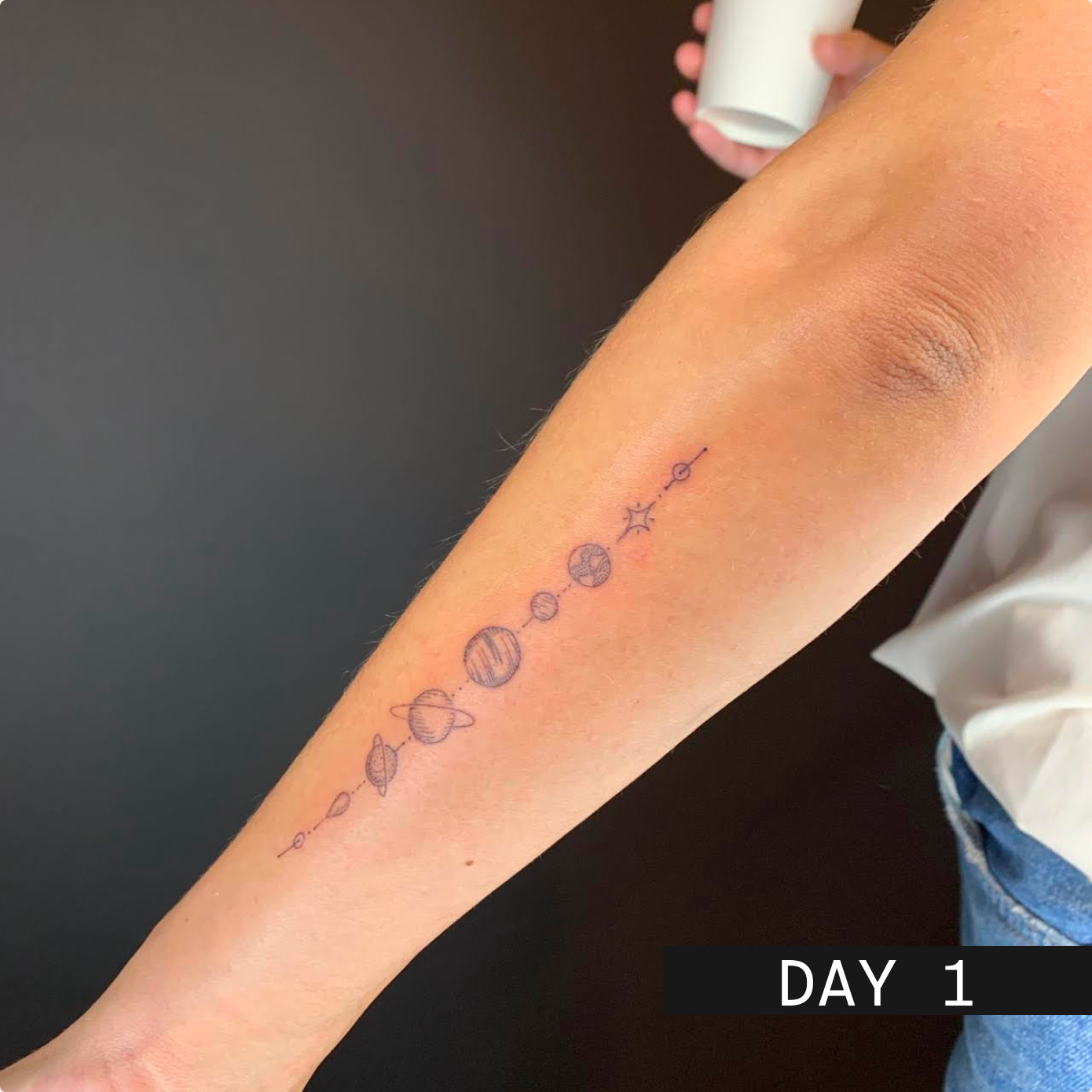
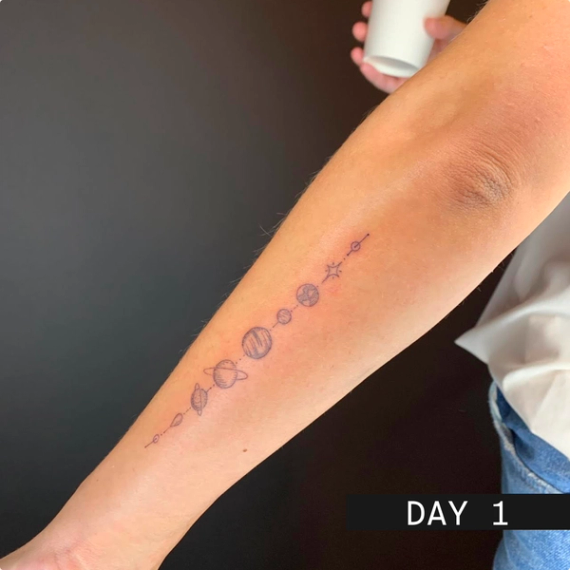
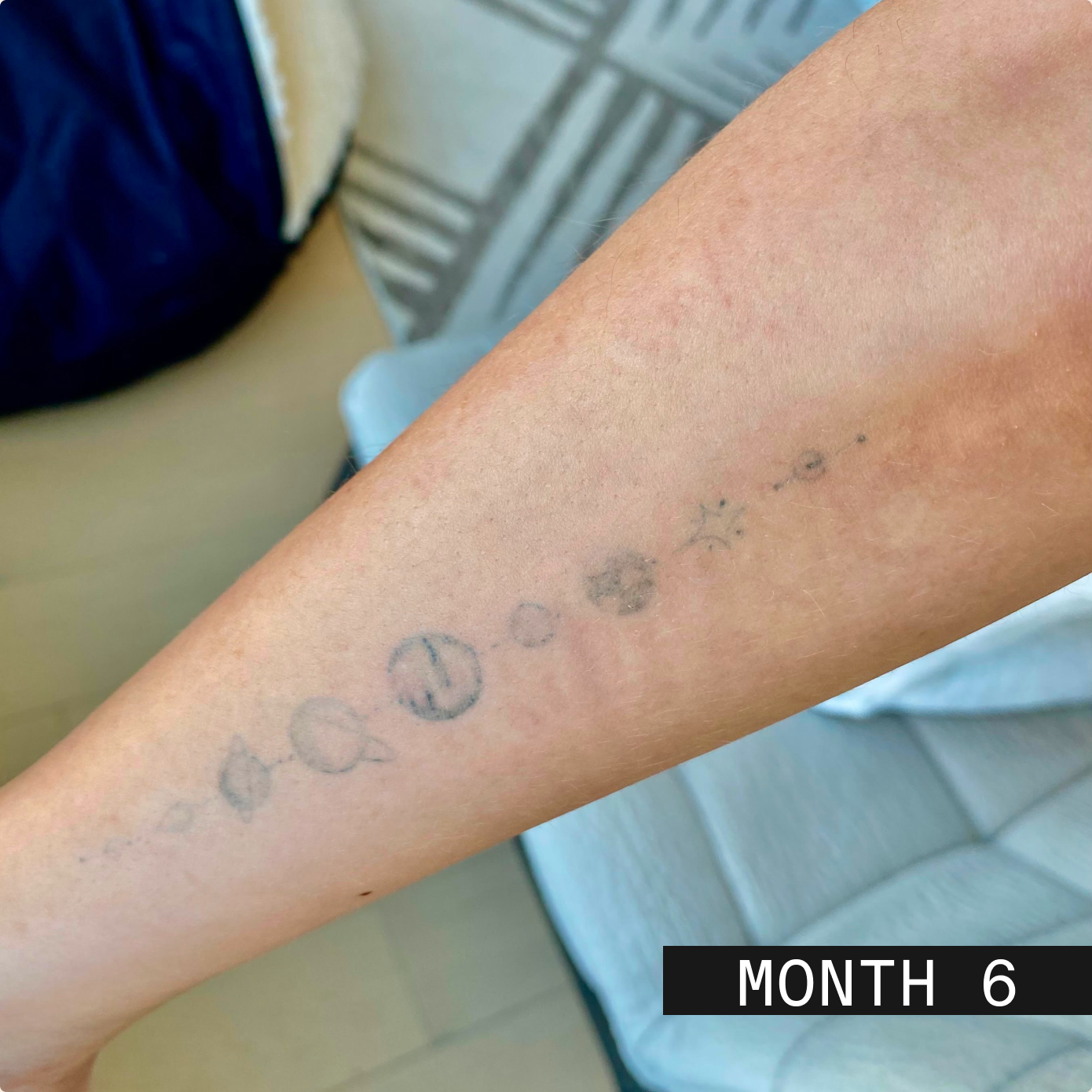
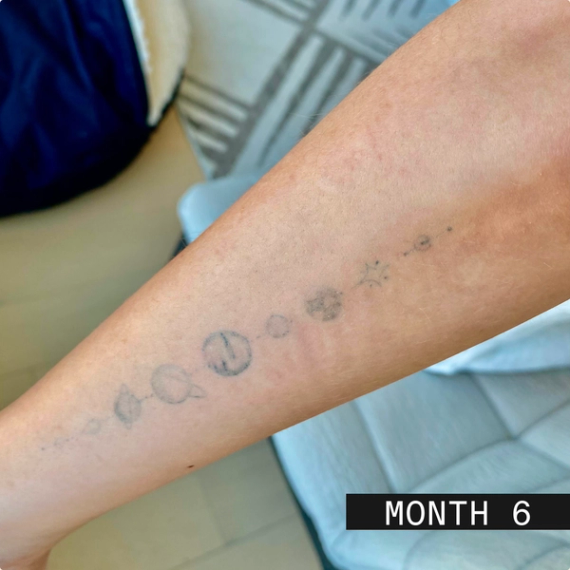
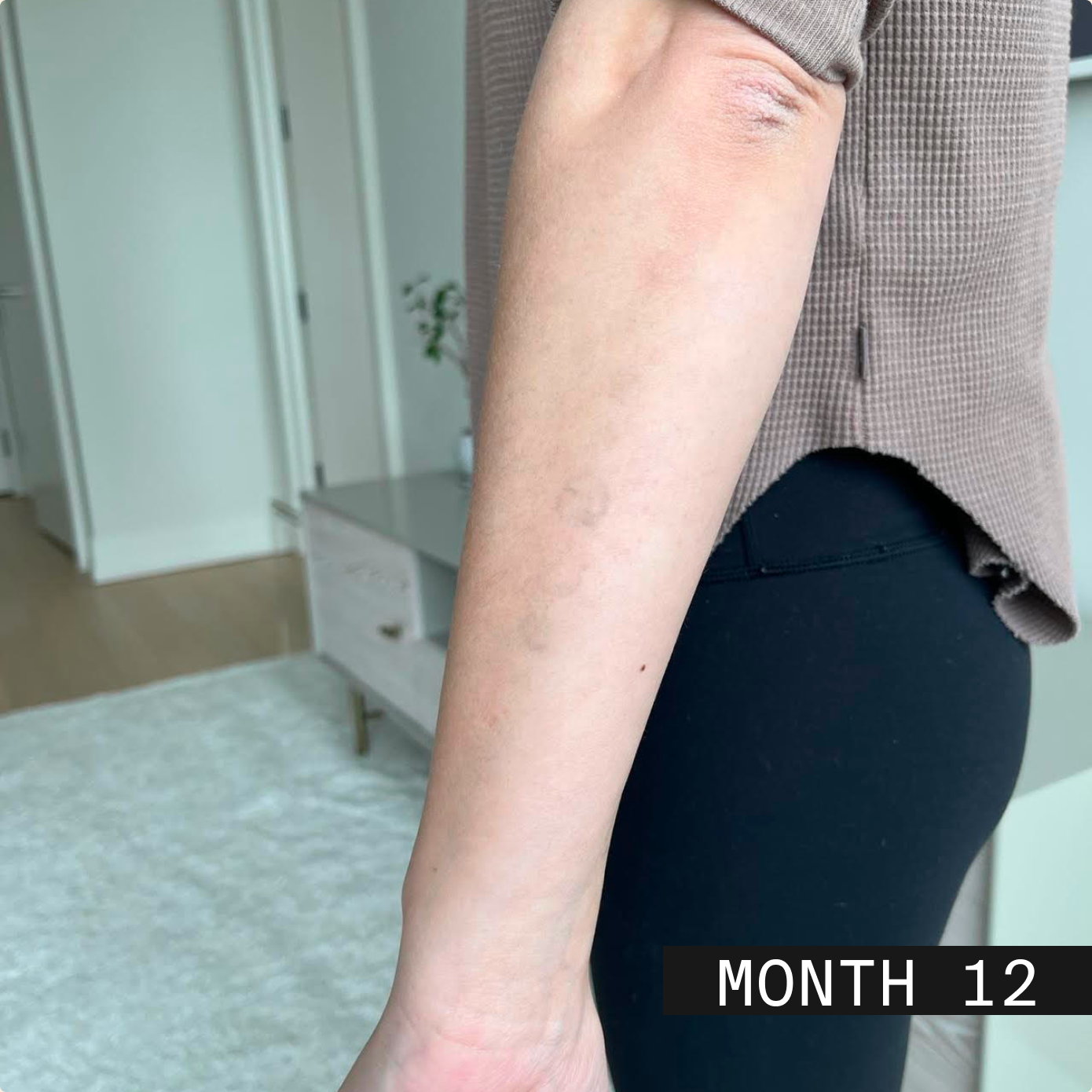
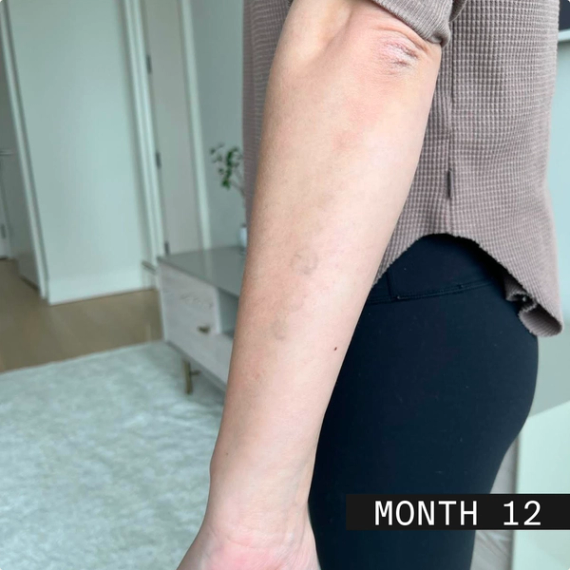
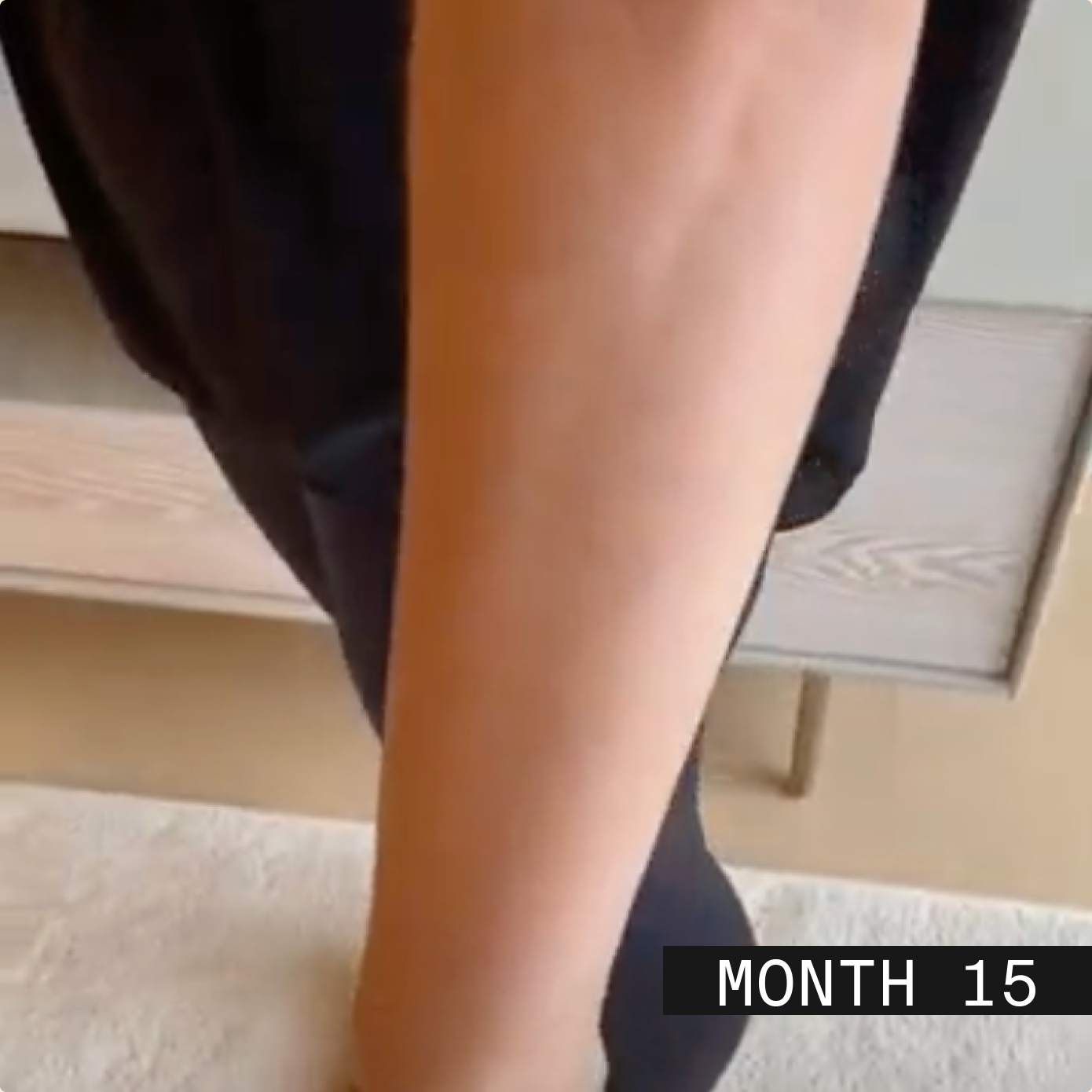
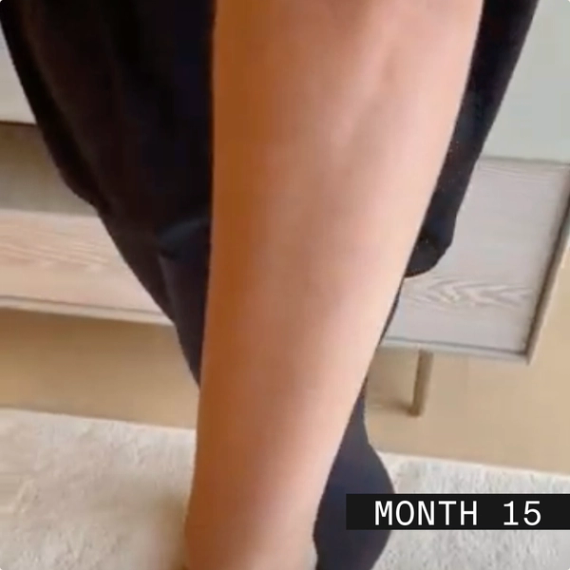
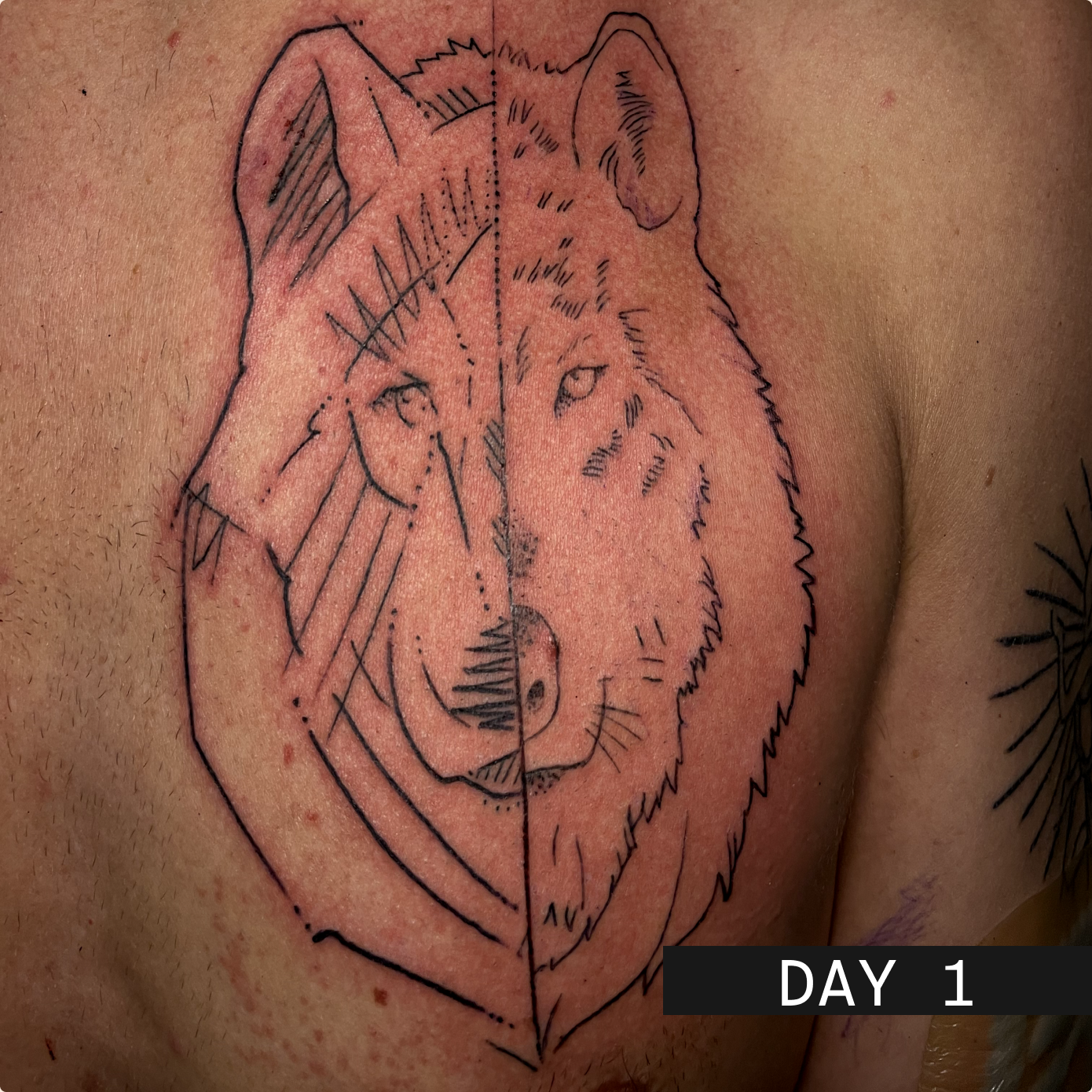
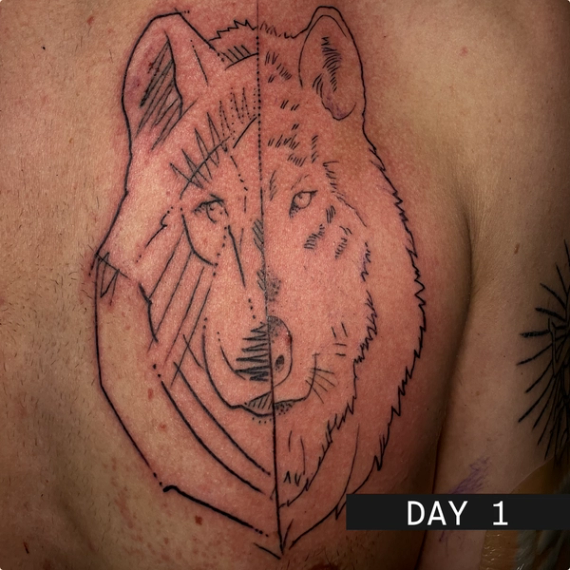
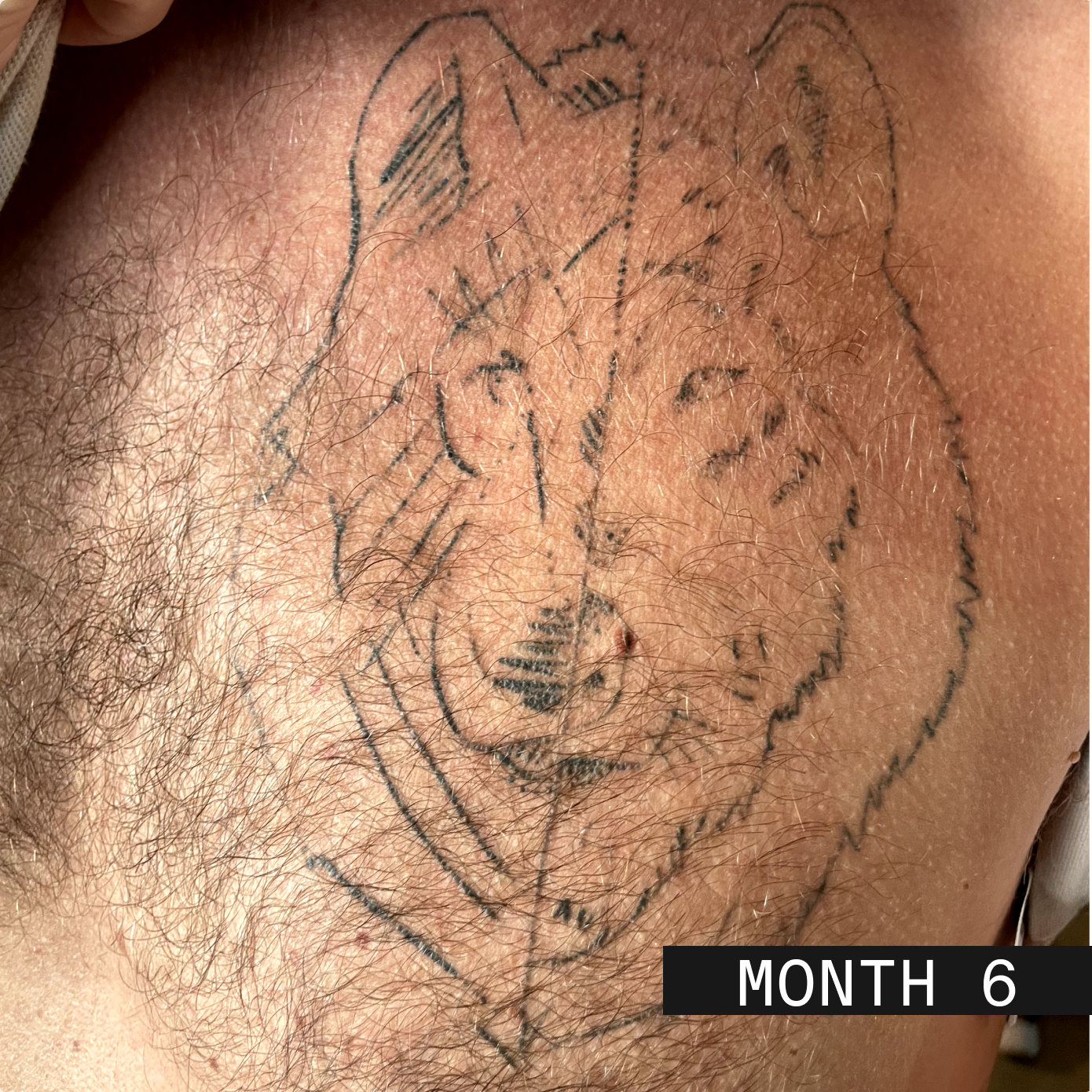
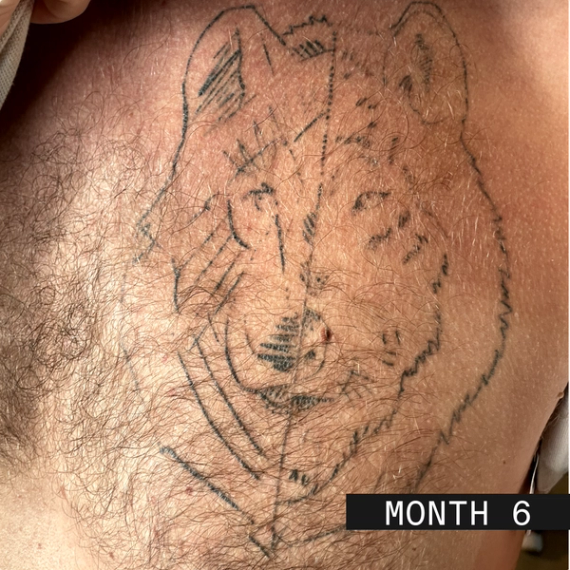
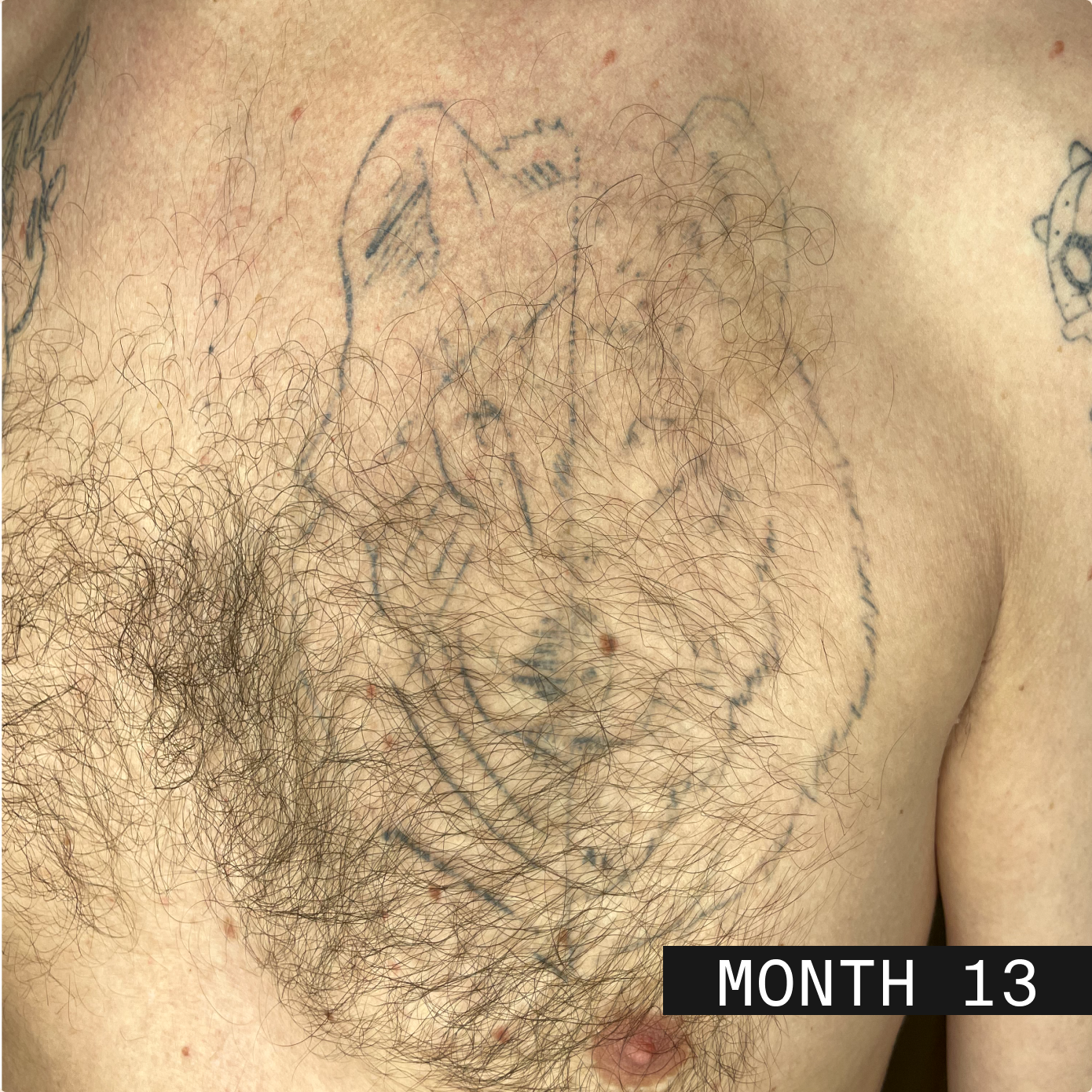
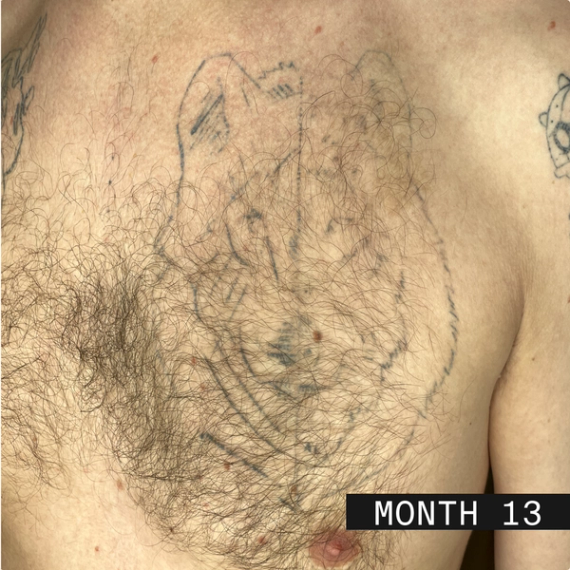
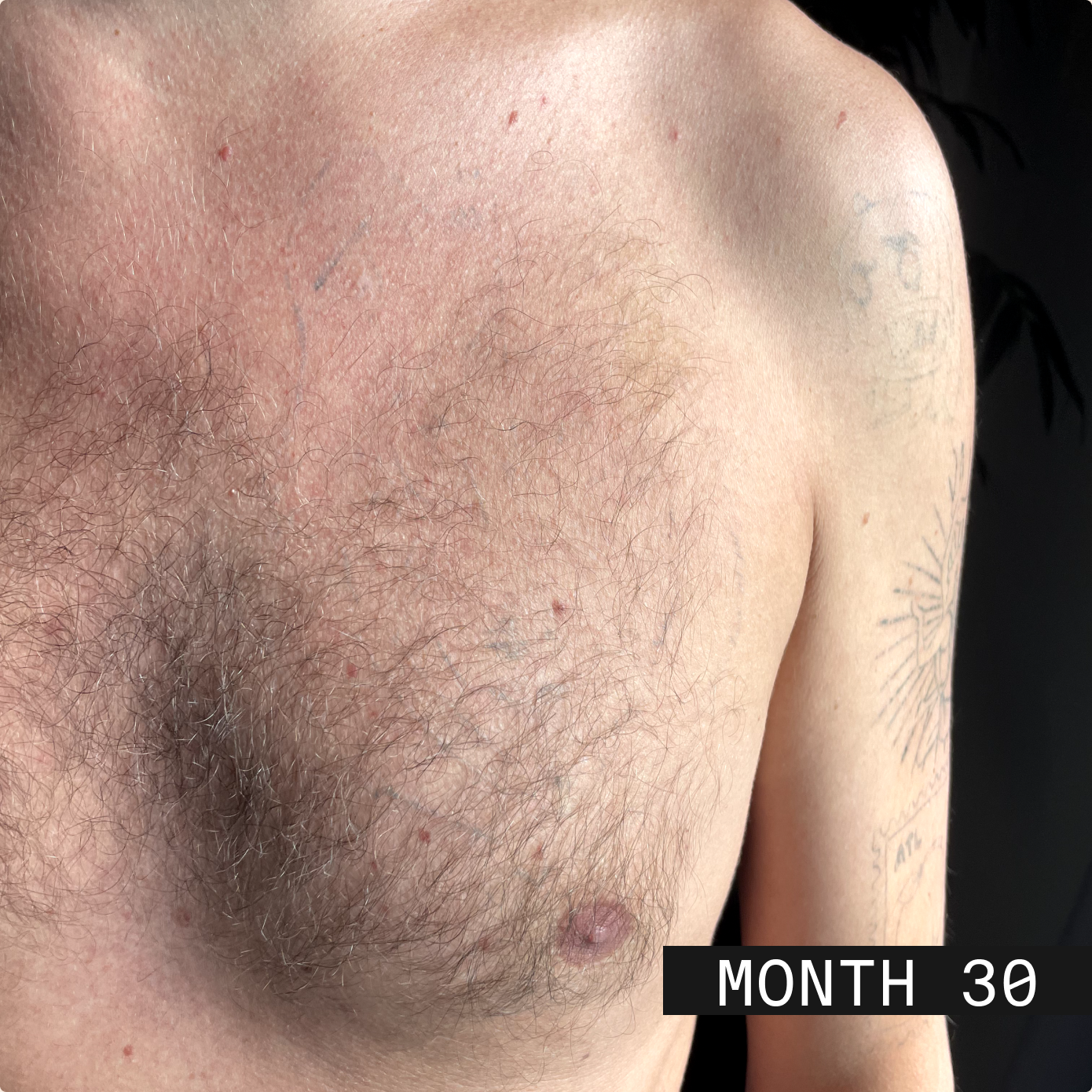
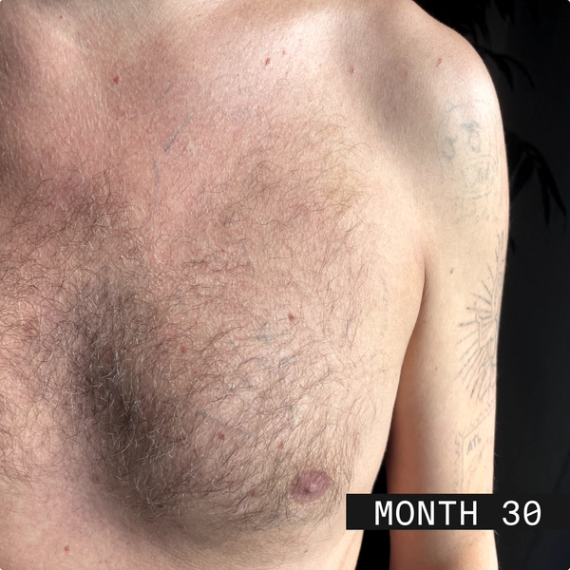
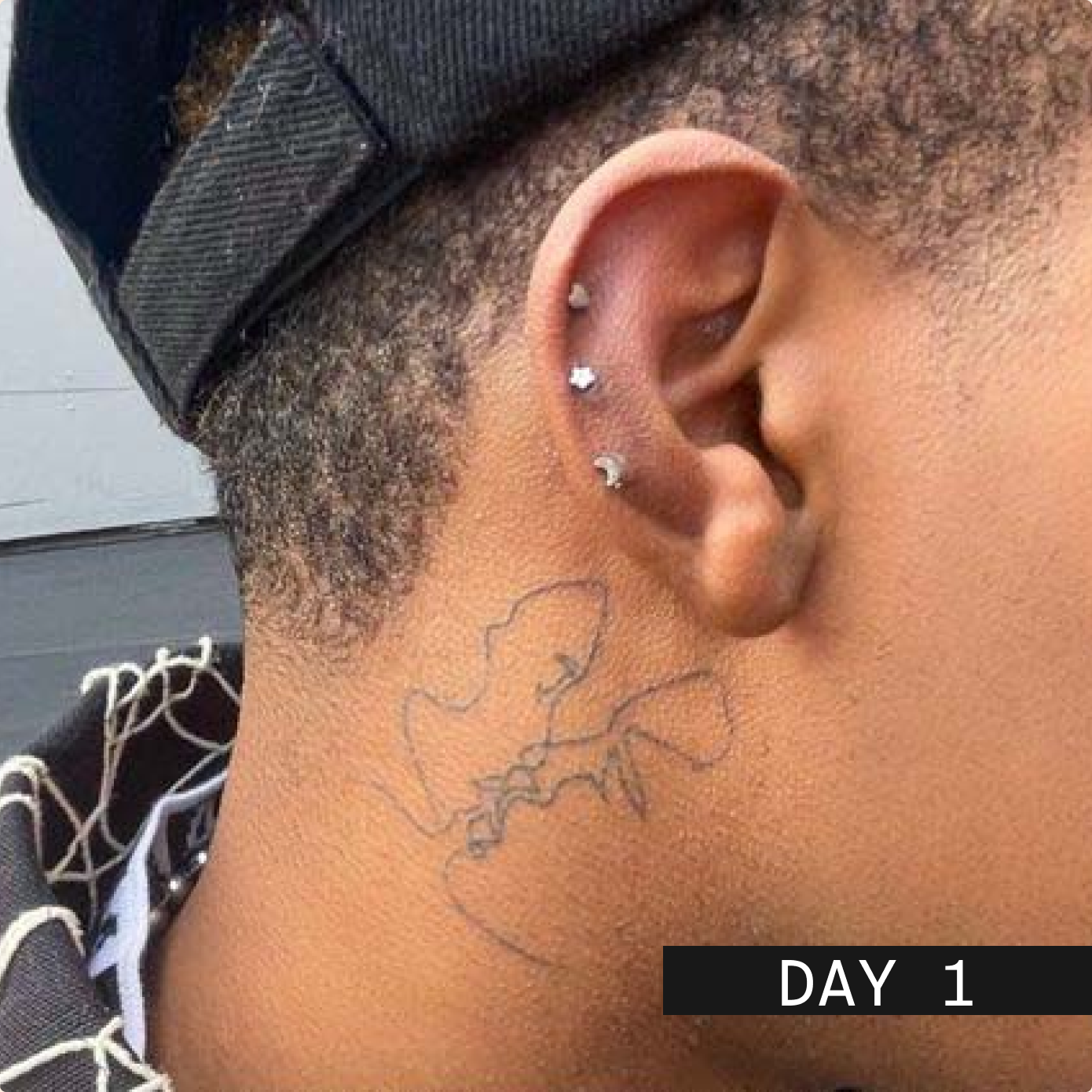
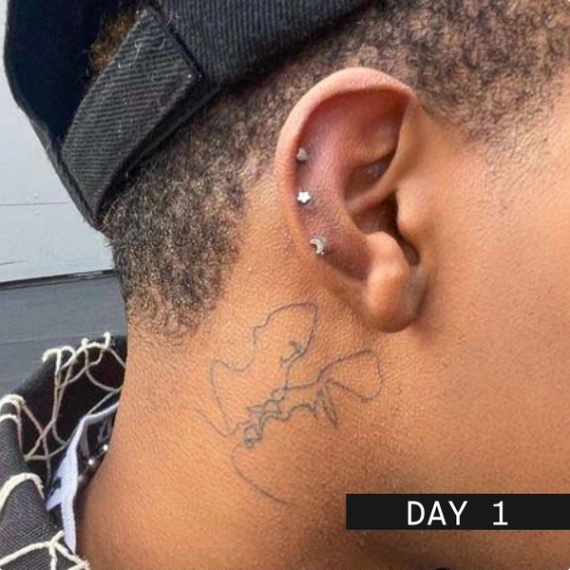
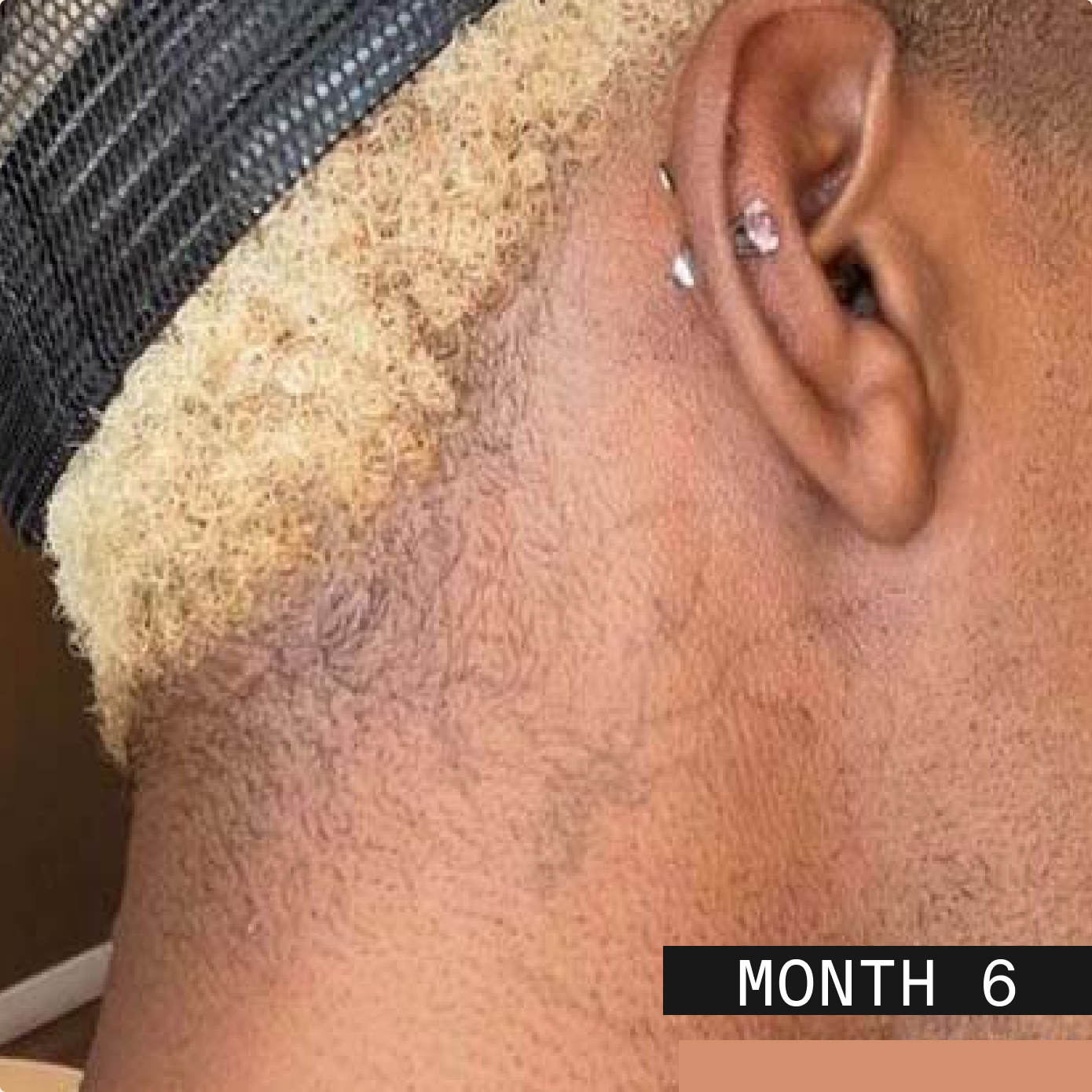
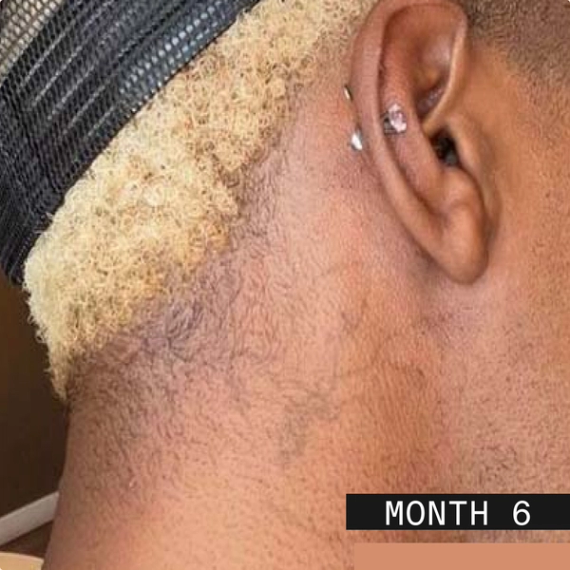
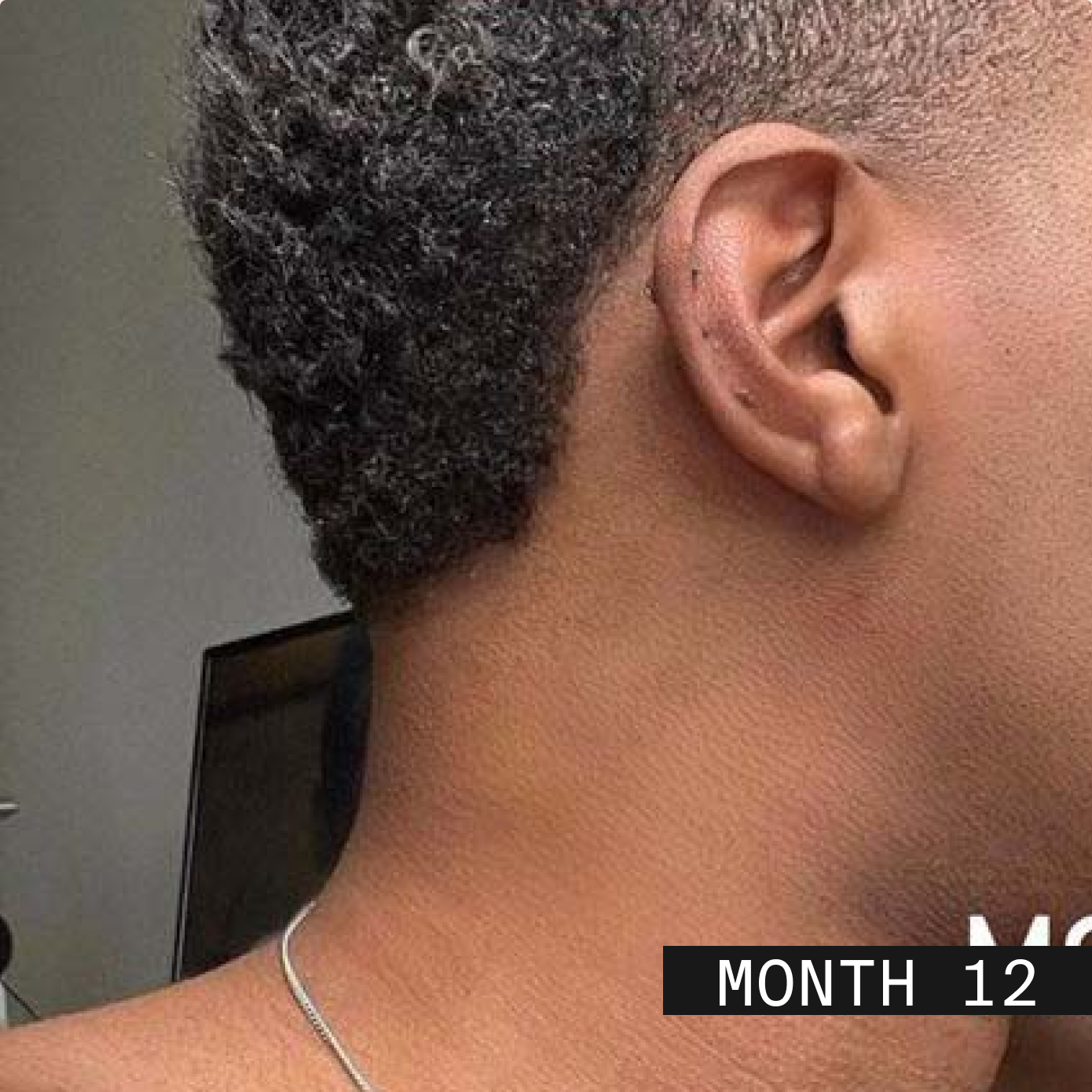
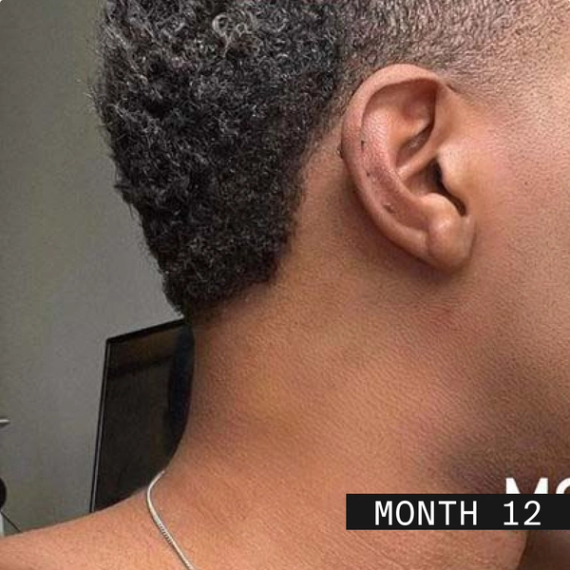
Want to see more fade examples? Find them here.
How to Get an Ephemeral


Get the Tattoo
Interested in getting an Ephemeral Tattoo? It's as easy as 1, 2, 3...
1. Explore cities.
2. View artist profiles.
3. Contact an artist.
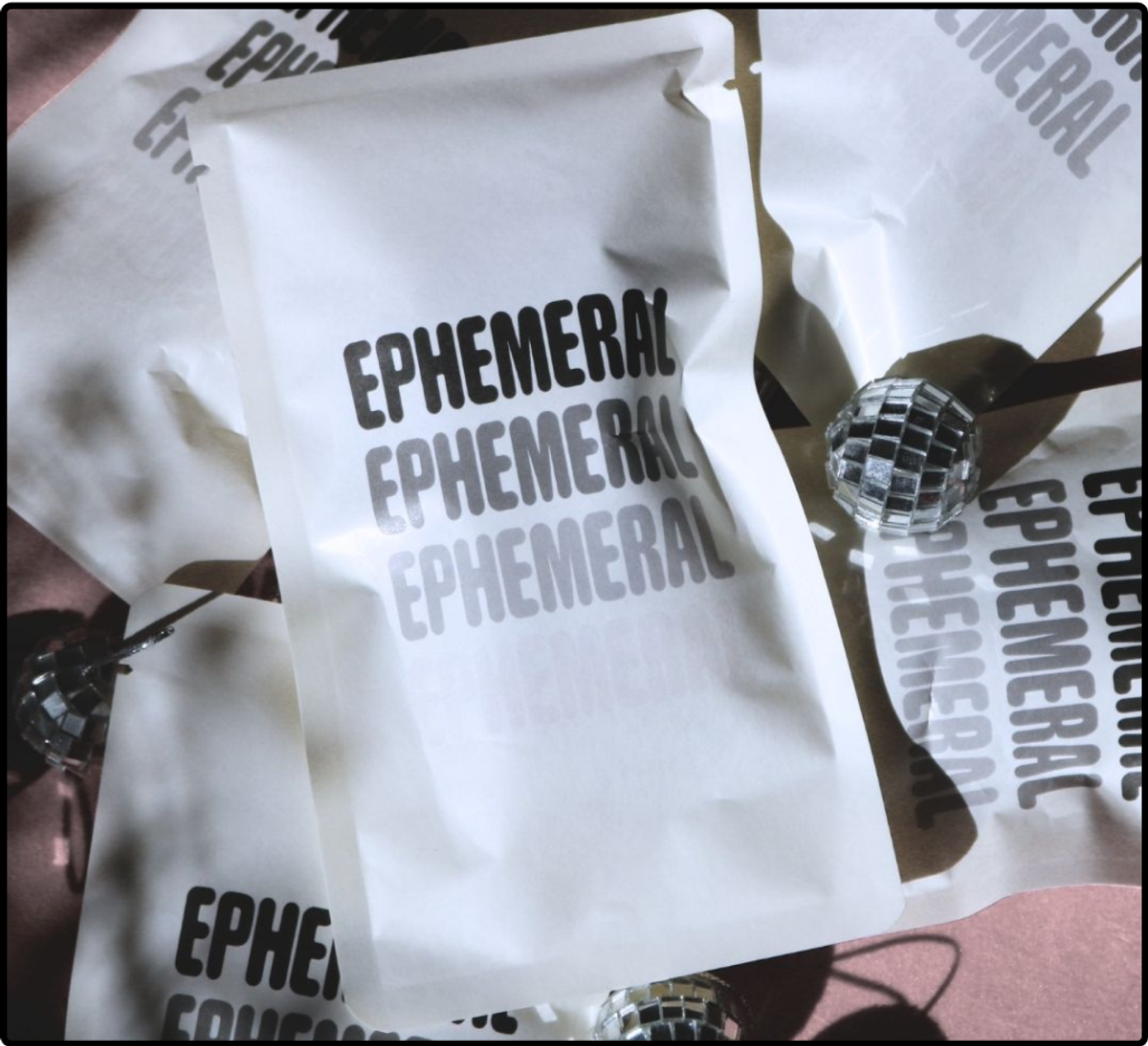
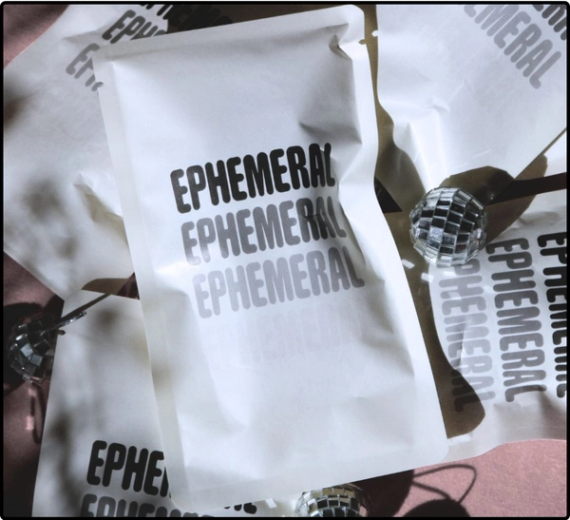
Buy the Ink
Professional artist? Interested in reaching new customers?
Visit the link below to buy the ink or become a partner.


Ink FAQ
Yes, all Ephemeral Ink sold in Europe is REACH compliant.
REACH compliant Ephemeral Ink is sold in the EU, UK, Iceland, Liechtenstein, Norway and Switzerland.
REACH compliant Ephemeral Ink is designed to last up to TWO years with 95% of wearers expected to fade in that time.
The materials used in Ephemeral ink are commonly used in food, cosmetics, and medical devices, are 100% vegan, and utilize plant-based ingredients wherever possible. We spent the first three years of our research before opening studios testing and selecting the safest materials to use in our ink. We do not use heavy metal components or components known to be carcinogenic and teratogenic. As with all cosmetics, allergies or other adverse responses may arise. We recommend color and patch tests before use.
Ephemeral Ink for Europe is REACH compliant. Ephemeral tattoo ink is supplied in sterile form and for single use only.
If you have an adverse response please contact your tattoo artist, your doctor/healthcare provider and reach out to us at hello@ephemeral.tattoo.
Our ink consists of two primary components: 1) ink particles that are made from medical-grade bioabsorbable polymers (the same materials used in medical sutures) and color additives used in food & cosmetics. 2) water-based carrier solution to disperse ink particles.
In addition, we use plant-based ingredients wherever possible and avoid heavy metal or animal-based components.
Yes, our ink is vegan—we do not use any animal-derived ingredients or byproducts.
All Ephemeral tattoos are currently done in black ink. Not only is it the most popular color, but it’s also preferred by most tattoo artists and looks fantastic with fine line work.
Yes, Ephemeral ink works on all skin tones. Ephemeral tattoos applied to skin with more melanin may fade faster than on skin with less melanin.
No matter your skin tone, your Ephemeral will completely fade!
Visit our Buy the Ink page for more details.
Yes! Visit our radiotherapy product page to learn more.
Fade FAQ
Our ink is biodegradable. Ink particles (both permanent and Ephemeral) are hydrophobic, which causes them to aggregate into particles too large to be immediately removed — traditional permanent ink stays in this aggregate form while Ephemeral ink gradually breaks down into smaller particles, water and carbon dioxide over three years.
Made-to-fade ink that looks just like a conventional tattoo — the perfect balance between a temporary tattoo and a permanent tattoo.
YES, all Ephemeral tattoos will ultimately fade away.
Given the physical and chemical nature and degradation rates of components in our ink, an Ephemeral tattoo can't be permanent. Ephemeral ink gradually breaks into smaller particles, water, and carbon dioxide over three years. Our medical-grade polymers are the same as those used in sutures, which naturally break down and are removed by our bodies.
Ephemeral tattoos will break down and be naturally removed by any living human being with water in their body ← you qualify!
Everyone's fade will look a little different.
The first thing you'll notice when your Ephemeral starts to fade is a changein ink saturation, which typically means a shift from dark black to light gray.
How your design affects your fade is simple; as you add more ink to the tattoo, you generally add time to the fade. If you want a design with a shorter fade, consider something simple with fine linework and less detail. If you want a design with a longer fade, opt for heavy detail, shading, and heavy linework!
Tattooing requires enormous skill, where the artist has about 1 to 2 mm of skin depth to work with. Transferring the ink as evenly as possible across this thin layer of skin is crucial to ensuring that your tattoo design fades with the same integrity across the entire design. There are a number of steps that can be taken to ensure that your fade is as desirable as your initial tattoo design.
- Step 1: Design the tattoo with the fade in mind – remember bolder lines fade slower than thinner lines, too dense stippling can overlap, transferring more ink to the skin than is needed to achieve the same effect.
- Step 2: Follow aftercare steps carefully – difficulty and inconsistent healing can cause gaps in the design, which would later show up even more pronounced as the tattoo starts to fade.
- Step 3: Avoid aftercare products or activities that can irritate your delicate skin, even– itching and scratching can compromise your tattoo design. Avoid pools and the ocean for at least one month or as long as your tattoo takes to repair – whichever is longer. Moisturize and use protective measures such as sunscreen or clothing that blocks the sun or reduces friction.
- Step 4: Body parts such as the ribs are known to be difficult areas to transfer ink. Tattoos that traverse different body parts might result in inconsistent fading across the tattoo. A few examples are a tattoo that wraps around the arm, a tattoo that stretches from forearm to wrist, and one that stretches from ribs to back.
- Step 5: Work with your artist; be as still as possible when getting your tattoo.
Laser removal methods were specifically developed and designed for the removal of permanent tattoo inks. Ephemeral was designed to be broken down and removed by the body over time. Ephemeral does not currently have any approved, safe or effective method of accelerating your fade, including Laser that we are comfortable recommending.